Difference Between Silk and Satin
Difference Between Silk and Satin
Many people don’t know the facts about silk and satin. After all, they are both smooth to the touch. They both are also shiny to look at, right? People love them both for their look and feel. So, what is the Difference between Silk and Satin? Let's see what fabric experts says about both fabrics.
The Difference Between Silk and Satin
The main difference between silk and satin is that, silk is a natural fabric and satin is a wrap-dominated weaving technique. Silk is shiny from both sides but satin has a glossy surface and dull back. Silk is the oldest fabric invented 12000 years ago in china but satin was found in middle age. Silk is a stronger fabric than satin. Silk can be hand washed but satin sometimes needs dry clean.
| Silk | Satin |
|---|---|
| Silk is a natural fabric. | Satin is a weave. |
| Silk is Shiny from both side. | Satin has glossy surface and Dull Back. |
| Silk is Stronger Fabric. | Satin is Less Stronger Compare to silk. |
| Silk is Older Fabric. | Satin was Found in Middle Age. |
| Silk is made from silk worms. | Made using filament fibers, such as silk, nylon, polyester, etc. |
| You can Hand Wash/Machine Wash silk. | Satin sometimes need Dry Clean. |
Silk
Silk is a natural fabric that is made, believe it or not, from the cocoons of silkworms. The individual fibers are unwound from the cocoons, made into threads and then woven into cloth. The cloth is then made into such useful items as sheets, other bed linens, and even clothing. Silk shimmers when seen in the right light. It is made from a natural protein made by the silkworms which makes it strong and durable. While hard to produce, silk threads are made by literally thousands of worms, which makes it somewhat more expensive than other products. Silk is the oldest fabric that was discovered in China years ago. It is a royal fabric and was the choice of royal families in the old times. Now it is worldwide available for all and anyone can buy it but it cost a little much compared to other fabrics like satin, cotton, etc.
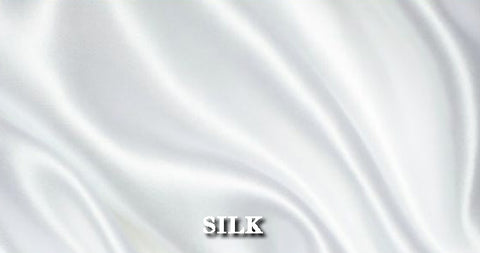
Satin
Satin, on the other hand, is a man-made material. It can be made up of a mixture of satin, nylon, and polyester. Satin is more delicate than silk, so it needs more careful handling. It does not shimmer, but it does have a glossy appearance. Silk is the same on both sides, while the manufacturing process leaves satin with a dull flat back. Satin can shrink up to 10%-20% if we wash it in hot water. Just don't do so unless you want it, to get shrunk. So, be very careful while washing satin. Always read the instructions manual before washing your satin fabric items. Your wrong way of washing it can lead to problem of shrinkage or streatch in fabric size. Sometimes expert says dry clean is the best way to wash satin. Another difference between silk and satin is Silk can be washed but should be in cold water by hand. Satin is dry cleanable only, so it actually is more expensive to maintain.

Silk vs. Satin: Which is Better for Clothing?
When it comes to clothing, both silk and satin have their unique qualities that can make them suitable for various occasions and preferences.
Silk Clothing:
- Luxurious Feel: Silk is well-known for its luxurious feel and natural sheen. It drapes beautifully and has a soft, smooth texture, making it an excellent choice for elegant evening wear and lingerie.
- Breathability: Silk is a natural protein fiber that is breathable, which can help regulate body temperature, making it comfortable to wear in both hot and cold weather.
- Durability: While delicate, silk clothing can be durable if well-cared for. It can last for many years with proper maintenance.
Satin Clothing:
- Glossy Finish: Satin is a weave pattern rather than a fiber, and it is known for its high-gloss finish. This shiny appearance gives satin clothing a glamorous and alluring look.
- Versatility: Satin is versatile and can be used for various types of clothing, from dresses and blouses to accessories like scarves and ties.
- Cost-Effective: Satin is often more affordable than pure silk, making it a more budget-friendly choice for those looking for a luxurious appearance without the high price tag.
In the end, the choice between silk and satin for clothing depends on your personal style, budget, and the occasion.
Silk vs. Satin: Which is Better for Bedding?
Selecting the right fabric for bedding is crucial for a comfortable night's sleep.
Silk Bedding:
- Luxurious Comfort: Silk bedding is renowned for its luxurious feel and exceptional softness. It provides a silky, smooth surface to sleep on, which can be gentle on the skin.
- Temperature Regulation: Silk is a natural temperature regulator, wicking away moisture and helping to keep you cool in summer and warm in winter.
- Hypoallergenic: Silk is naturally hypoallergenic, making it an excellent choice for those with allergies or sensitive skin.
Satin Bedding:
- Glossy Aesthetic: Satin sheets are known for their glossy sheen, which can add an elegant and stylish touch to your bedroom decor.
- Affordability: Satin bedding is generally more budget-friendly than pure silk, providing a similar lustrous appearance without the premium price.
- Easy Care: Satin is often easier to care for and may not require as much special attention as silk when it comes to washing and maintenance.
The choice between silk and satin bedding depends on your personal preferences and priorities for your sleeping experience.
Silk vs. Satin: Which is Better for Hair and Skin?
Both silk and satin can have benefits for hair and skin care.
Silk for Hair and Skin:
- Smooth Texture: Silk's smooth surface reduces friction, which can help prevent hair breakage and reduce the formation of creases on your skin.
- Hydrating: Silk is less absorbent than other fabrics, allowing your skin and hair to retain more moisture, which can be beneficial for both.
- Hypoallergenic: Silk is naturally hypoallergenic and gentle on sensitive skin.
Satin for Hair and Skin:
- Less Friction: Satin, with its silky texture, also reduces friction and can help prevent hair damage and minimize skin creases.
- Affordability: Satin pillowcases and hair accessories are more affordable options, making them accessible to a wider audience.
- Easy to Maintain: Satin is often easier to care for, making it a convenient choice for daily use.
Silk Vs Satin difference in appearance and texture
Both silk and satin can contribute to healthier hair and skin, so the choice here may come down to your budget and personal preference for texture and appearance.
Appearance of silk and satin:
- Silk: Silk has a natural sheen that is often described as a soft and subtle glow. It has a more matte appearance compared to satin. Silk's sheen is derived from the unique triangular prism-like structure of the silk fibers, which reflects light in various directions, creating a soft luster.
- Satin: Satin is not a fiber itself but a weave pattern. Satin fabrics are recognized for their high-gloss finish and an almost mirror-like shine. The smooth, reflective surface of satin creates a lustrous and glamorous appearance.
Texture of silk and satin:
- Silk: Silk fabric has a soft, smooth, and almost creamy texture. It feels cool to the touch and is incredibly lightweight. The surface is typically less slippery compared to satin, which can make it easier to handle and wear in some cases.
- Satin: Satin has a slick and slippery texture. It is characterized by its polished surface and can be quite slippery when touched. The weaving technique used to create satin, which places most of the fibers on the surface, contributes to its smooth and luxurious feel.
Popular Uses of Silk:
- Clothing: Silk is commonly used for elegant and formal clothing, including evening gowns, dresses, blouses, shirts, ties, and lingerie. Its smooth texture, natural sheen, and breathability make it a popular choice for fashion.
- Bedding: Silk sheets, pillowcases, and duvet covers are sought after for their luxurious feel and temperature-regulating properties. They provide a comfortable and lavish sleeping experience.
- Accessories: Silk is used in accessories like scarves, shawls, pocket squares, and even face masks due to its softness and elegance.
- Undergarments: Silk underwear and nightwear are appreciated for their comfort and the way they feel against the skin.
- Home Decor: Silk draperies, curtains, and upholstery add a touch of sophistication and elegance to interior decor.
- Wedding Gowns: Brides often choose silk wedding gowns for their timeless and graceful appearance.
- Fine Lingerie: Silk is a preferred choice for high-end lingerie due to its softness, breathability, and luxurious appearance.
- Active Wear: Some sports and outdoor clothing use silk as a natural performance fabric, as it wicks moisture away from the body.
Popular Uses of Satin:
- Clothing: Satin is frequently used in dresses, blouses, and eveningwear due to its high-gloss finish and luxurious drape. It's especially popular in prom dresses and cocktail attire.
- Lingerie: Satin is a common choice for lingerie, offering a sensual and elegant look.
- Accessories: Satin is used in accessories like gloves, scarves, and handbags, adding a touch of glamour to outfits.
- Bedding: Satin bedding, including sheets, pillowcases, and comforters, is prized for its shiny appearance and smooth texture. It's often used in more stylish and decorative bedding sets.
- Bridal Wear: Many bridal gowns, bridesmaid dresses, and bridal accessories feature satin due to its bridal-appropriate sheen and elegance.
- Interior Decor: Satin is used in decorative pillows, table linens, and curtains to give a sophisticated and opulent look to living spaces.
- Dance and Performance Costumes: Satin's reflective quality makes it a popular choice for dance costumes, stage attire, and theater productions.
- Shoes and Handbags: Satin is used in footwear, such as ballet flats and formal shoes, as well as handbags, lending a luxurious touch to accessories.
Wrap-up for Difference Between Silk and Satin
- There are many similarities between silk and satin. Satin may be slightly cheaper in the beginning, but if you are using this fabric on your bed, you may find that it is difficult to maintain. Bedspreads require dry cleaning, which is expensive. Silk can be hand-washed and hung to dry. Though time-consuming, it will hold its shape for longer.
- Silk also dyes well since it is a Natural fiber. There will be no dark or light spots as there would be with synthetic materials. Silk shimmers in the right light, giving the room an elegant and sophisticated feel. Satin is known to ‘pill’ or forms small hard balls if not handled correctly and this will be rough and uncomfortable to the skin.
- Silk has long been the symbol of good taste and wealth for centuries. First discovered in China approximately 12,000 years ago, silk has been around for a long time. Satin was invented during the middle ages. While this is still much longer ago than some fabrics, it was used to give the impression of silk, since most people could not afford the luxurious fabric.
So, treat yourself to a set of sheets made of either fabric, but make sure to follow the directions for care and maintenance. Invest in a good night’s sleep with the right fabric for you. We hope you understand clearly about, Difference Between Silk and Satin. If you have any doubt and any types of questions make comment below. There are many types of fabrics you can read at Aanya Linen.
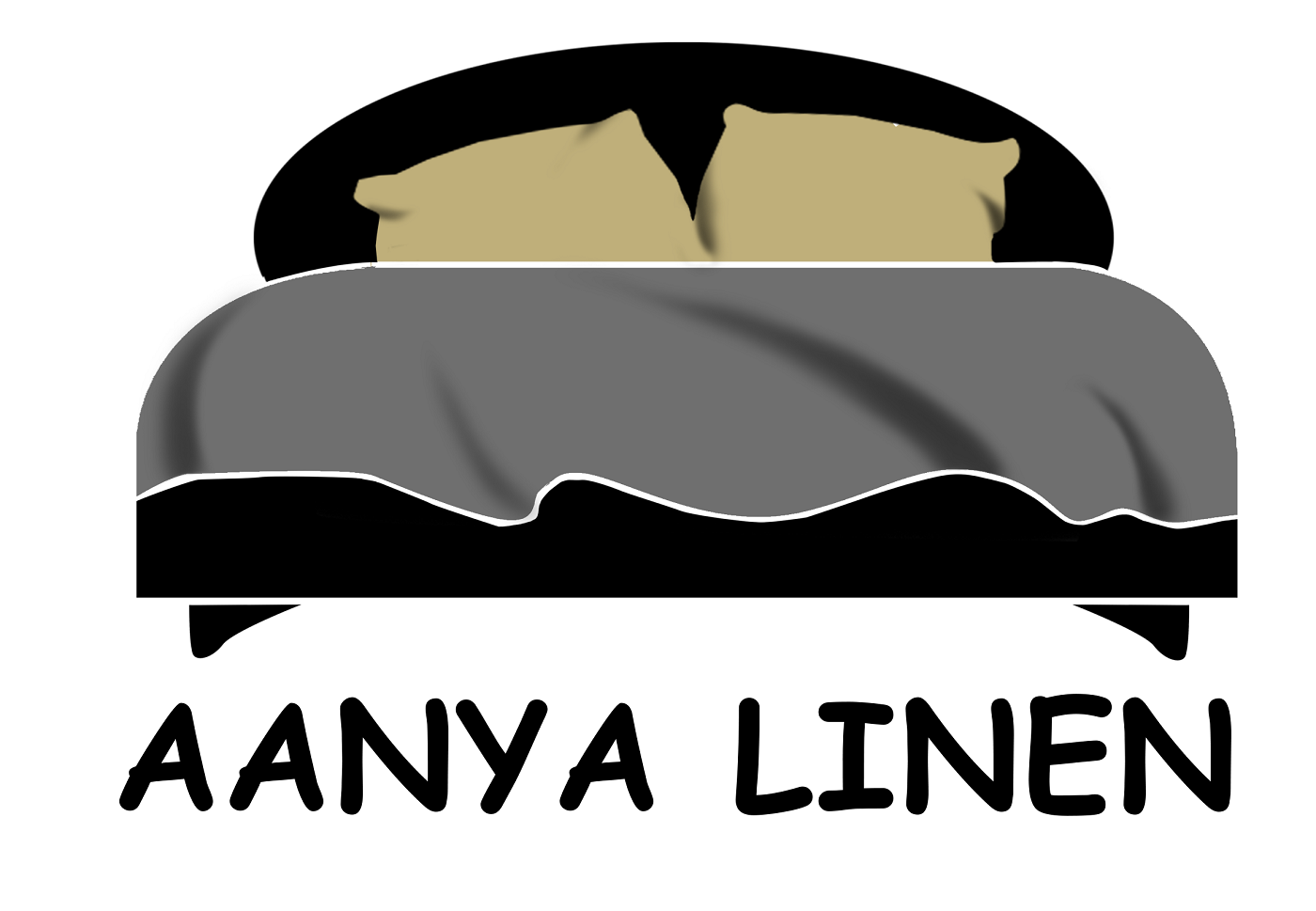

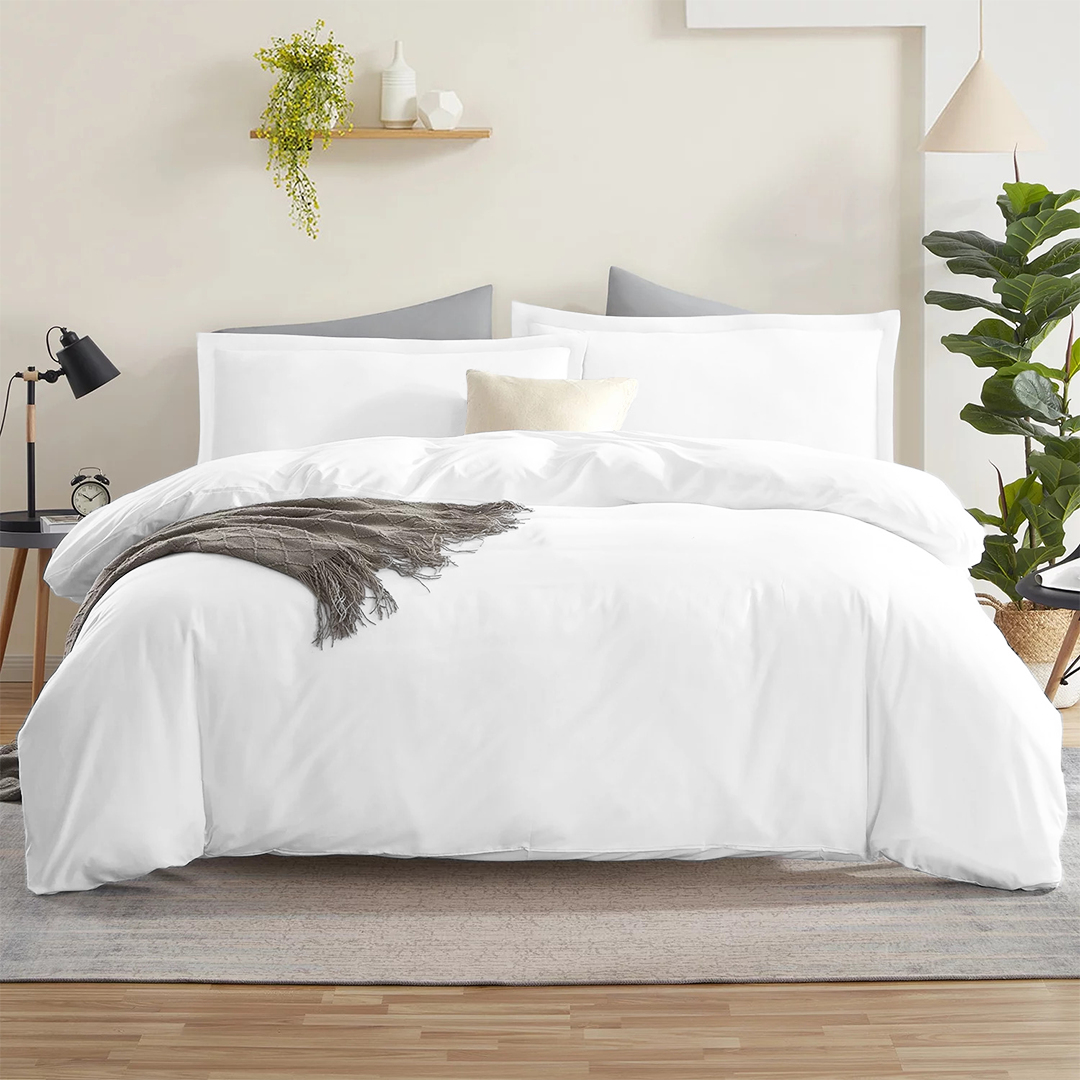
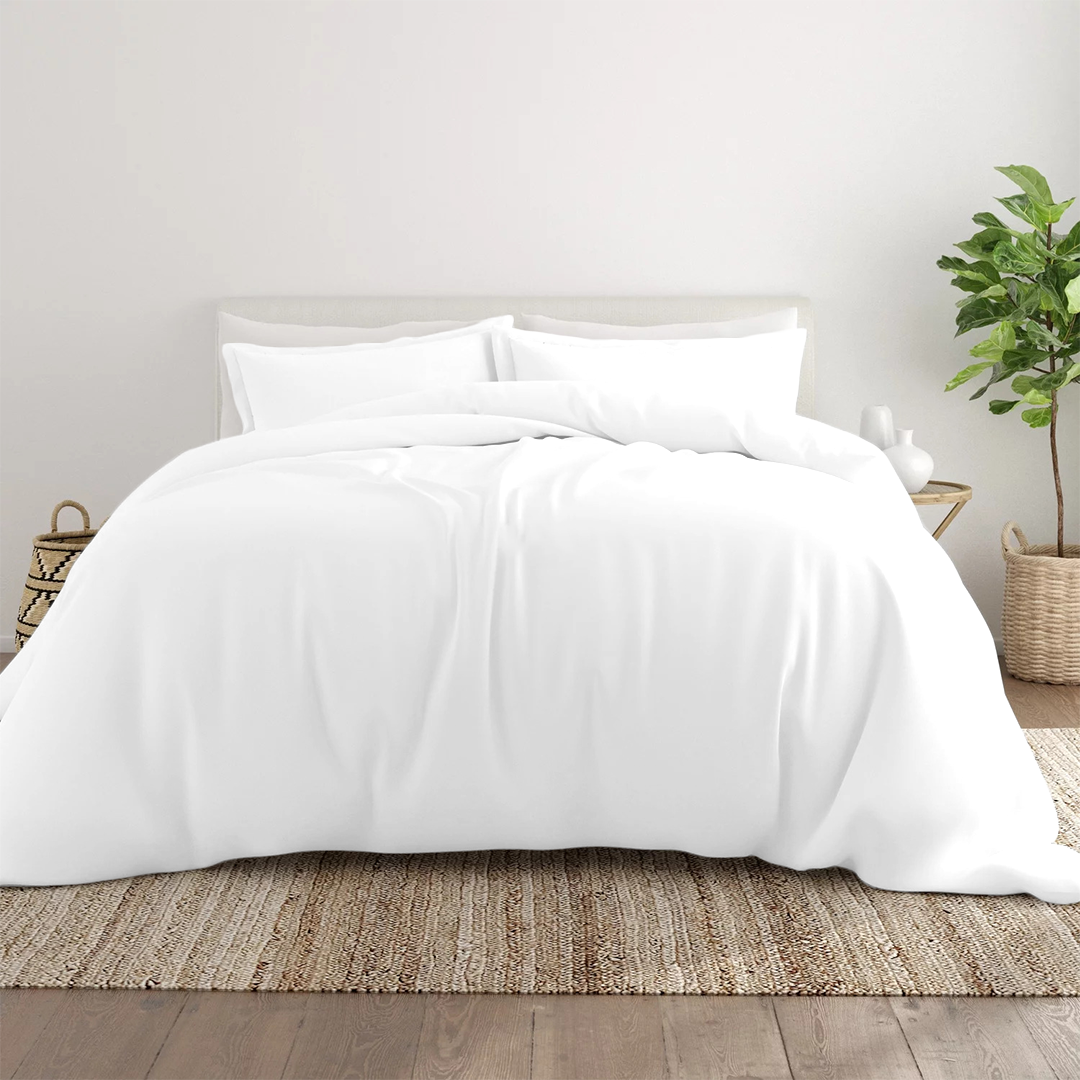
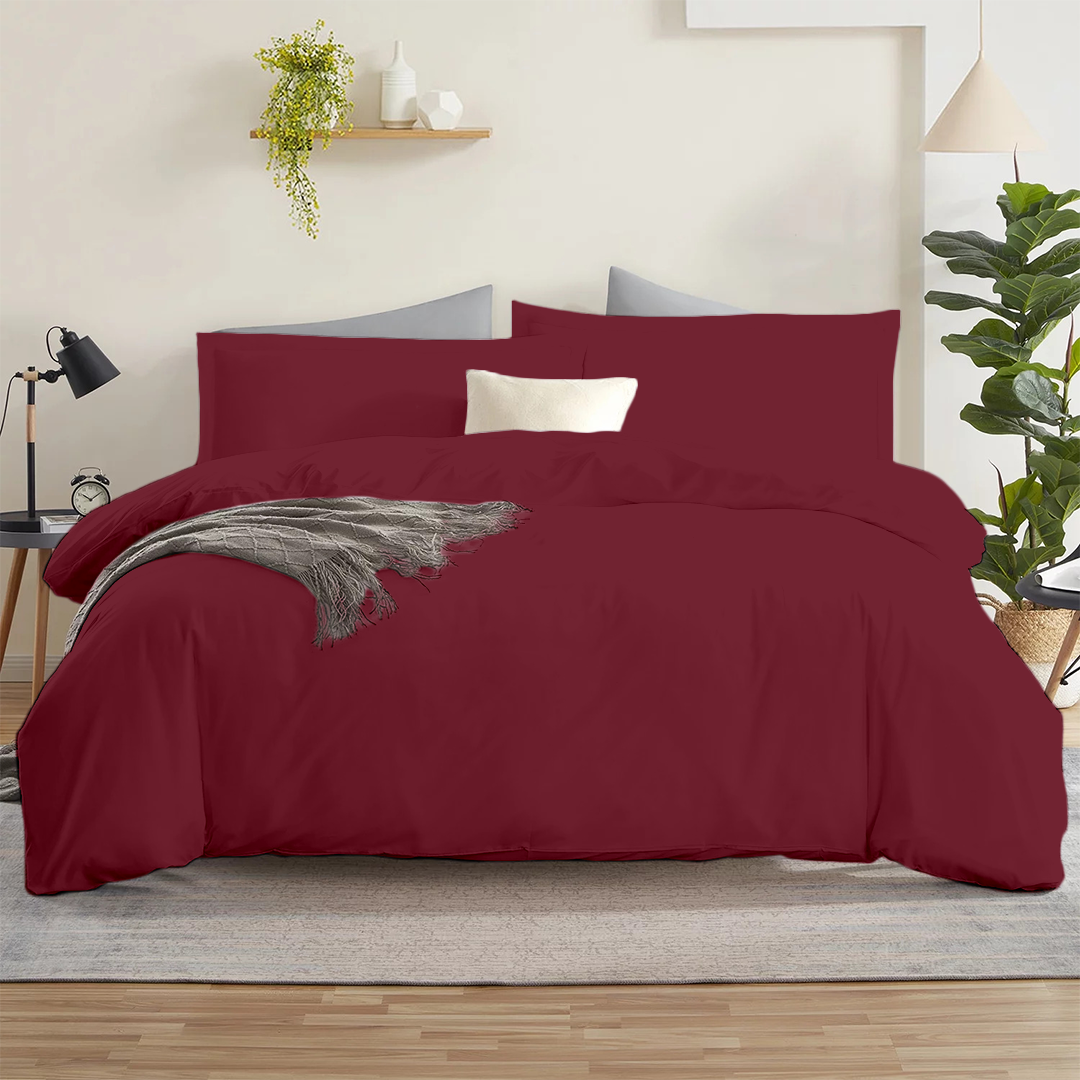
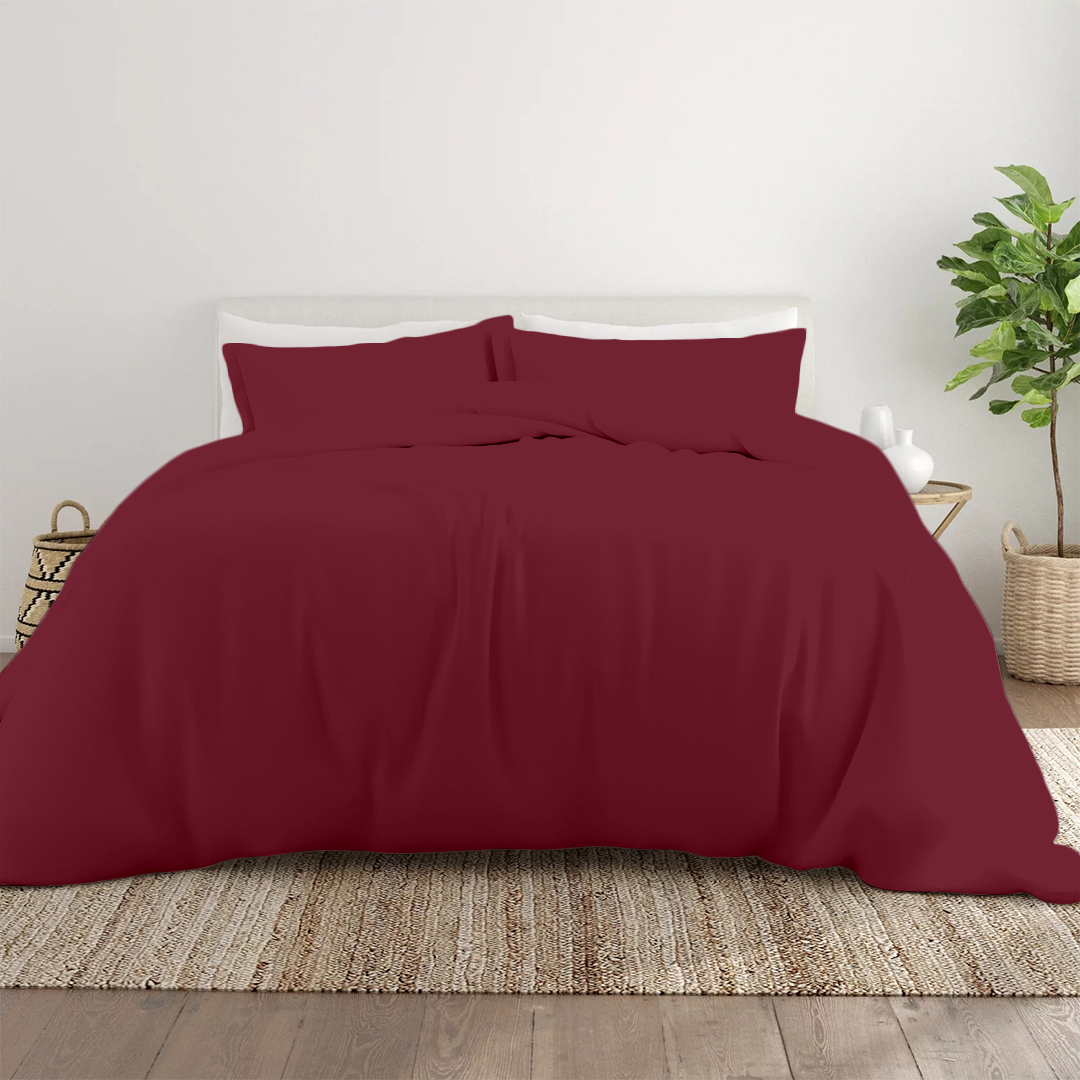
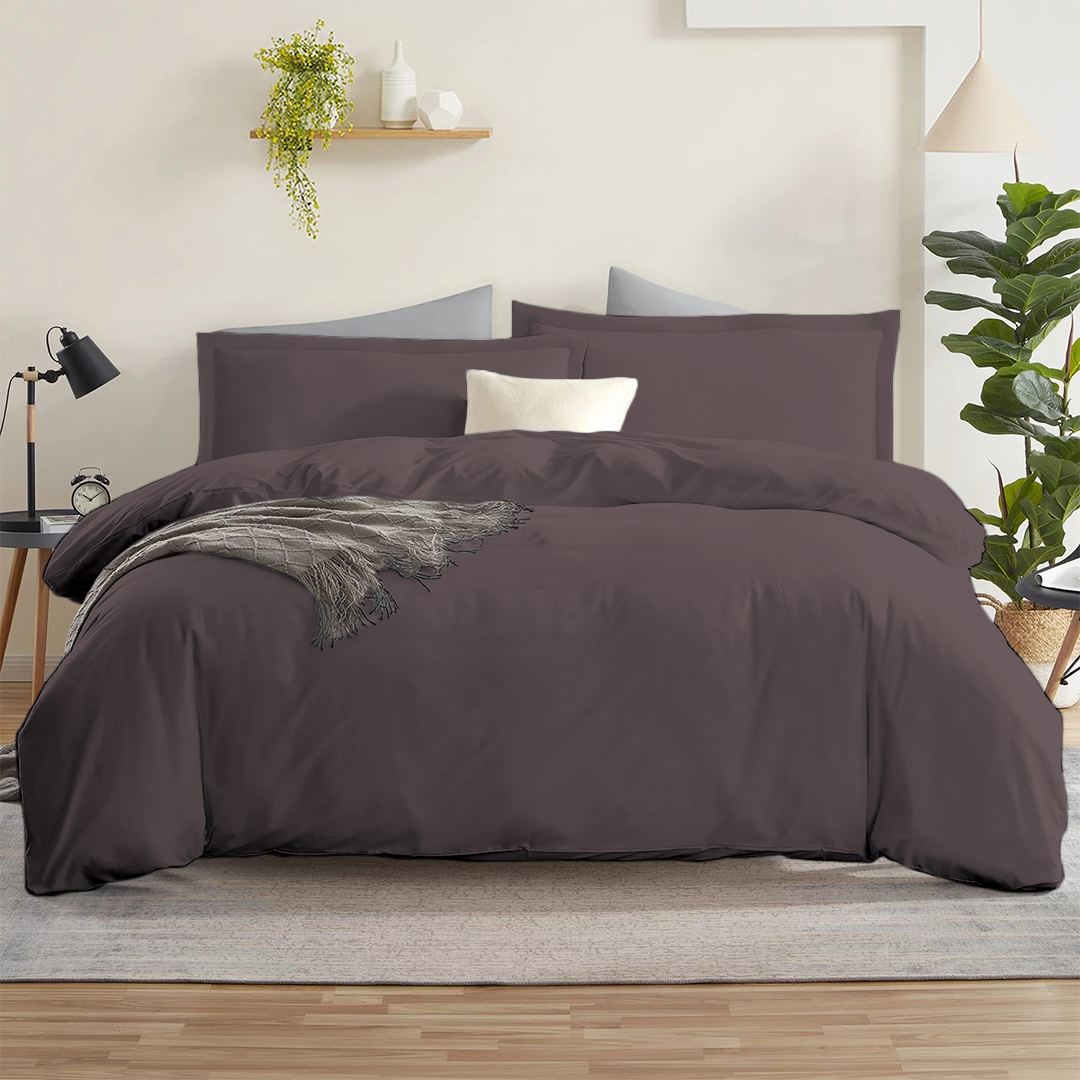
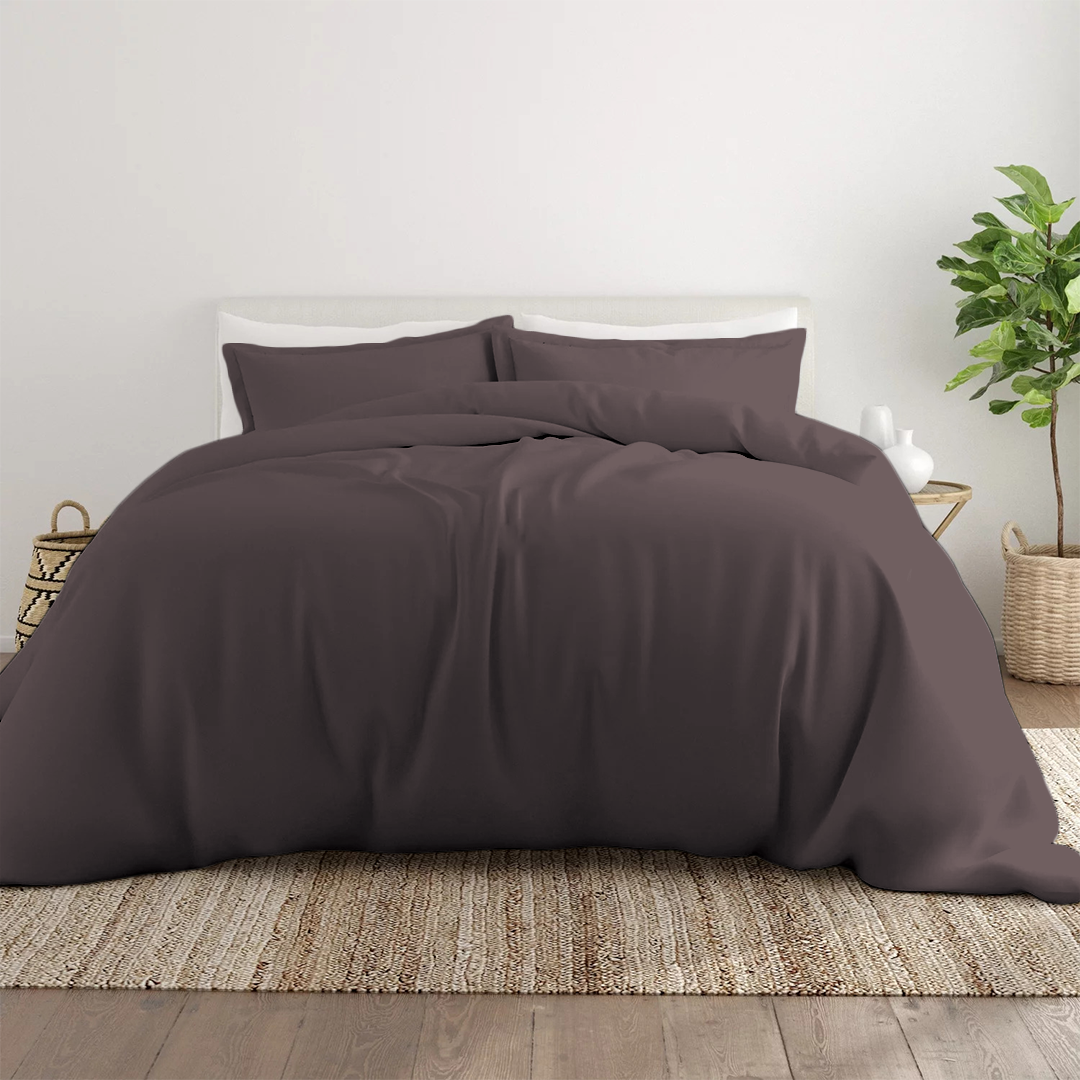
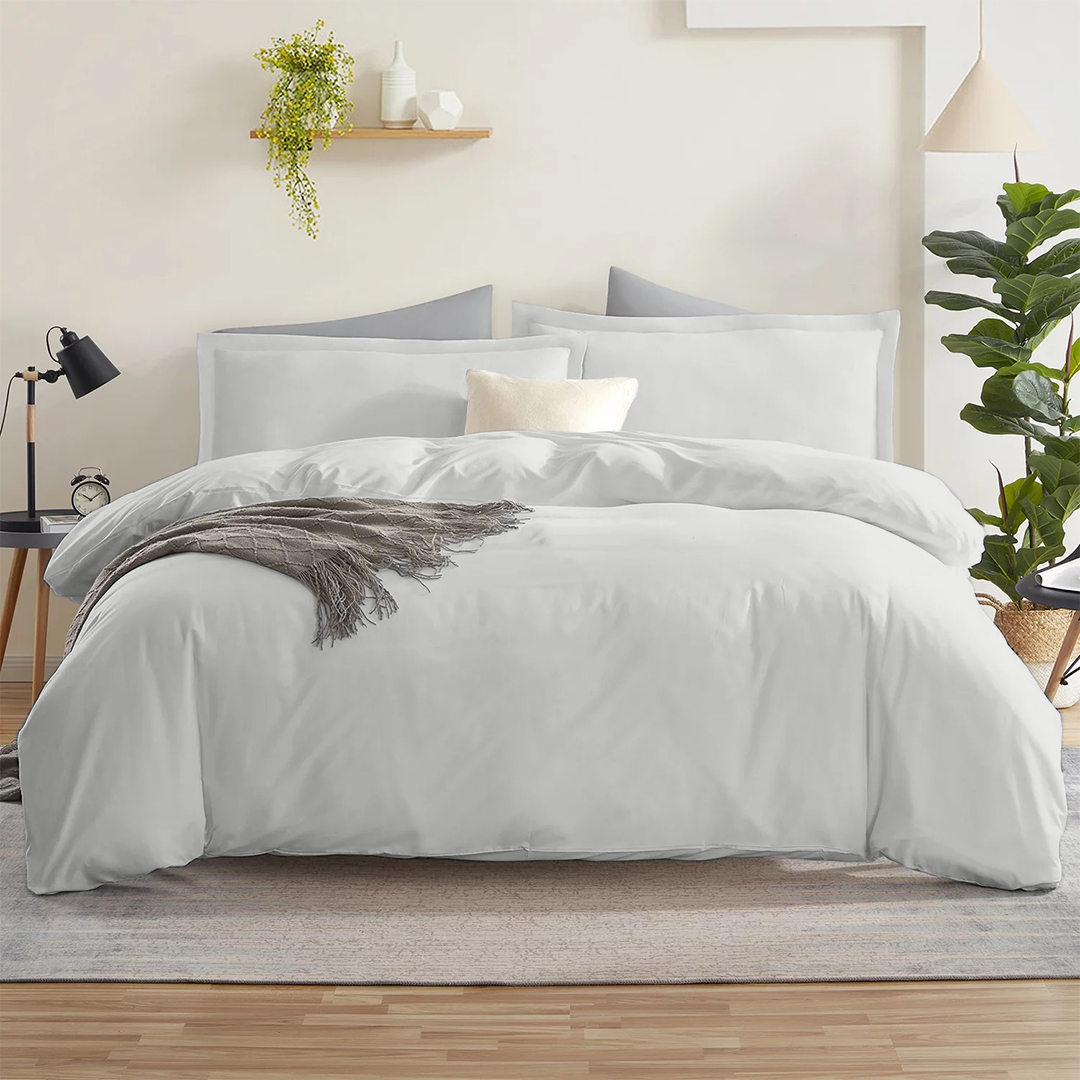
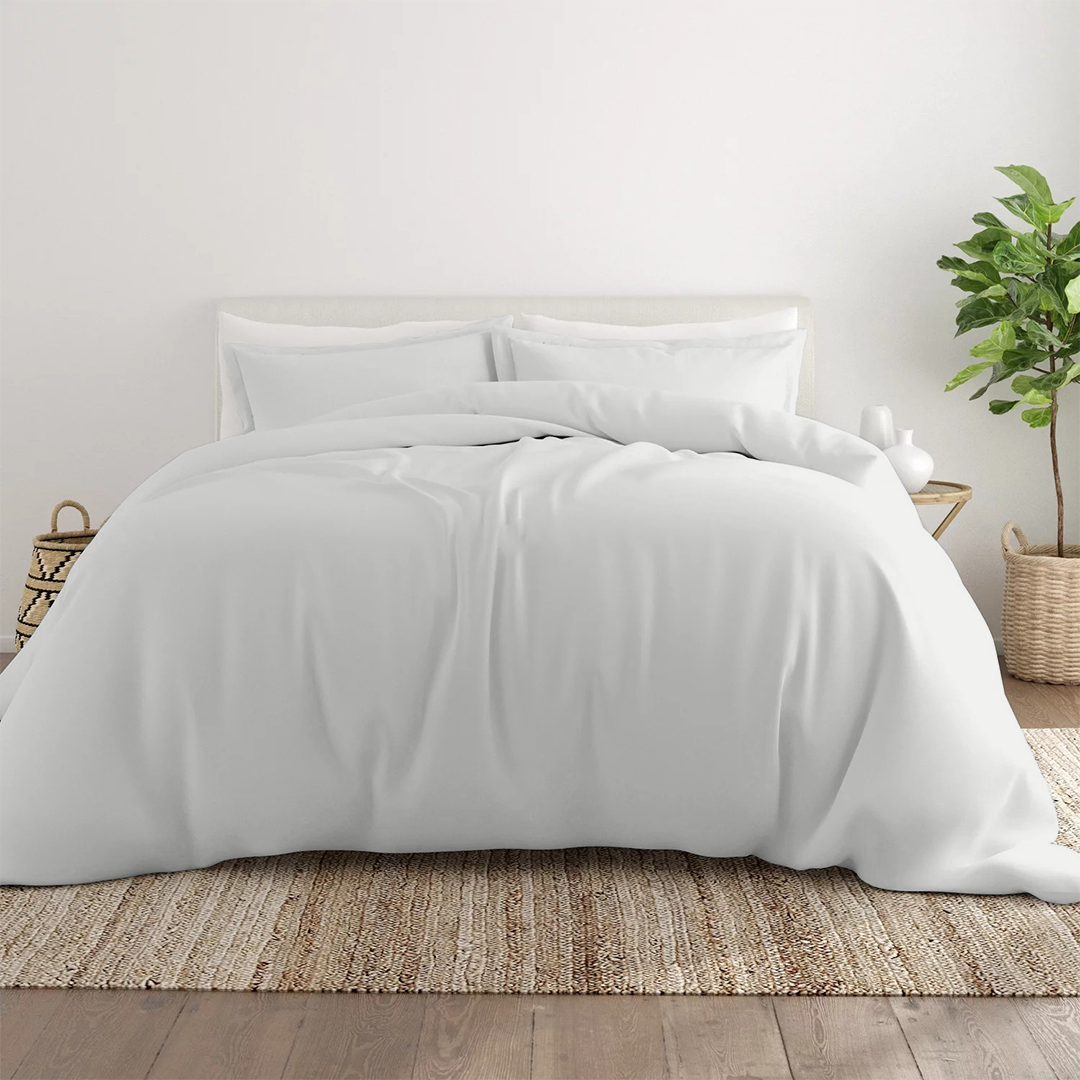
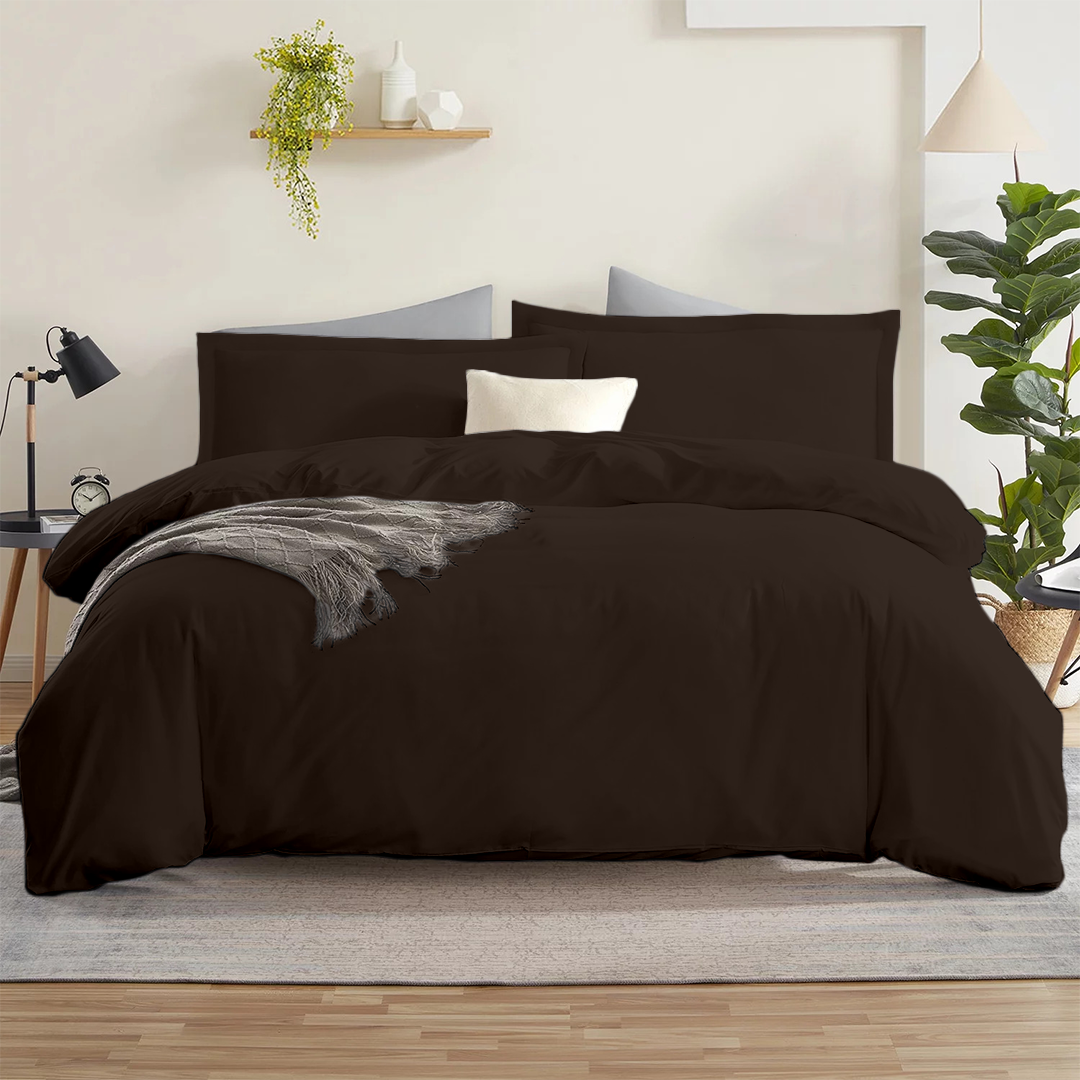
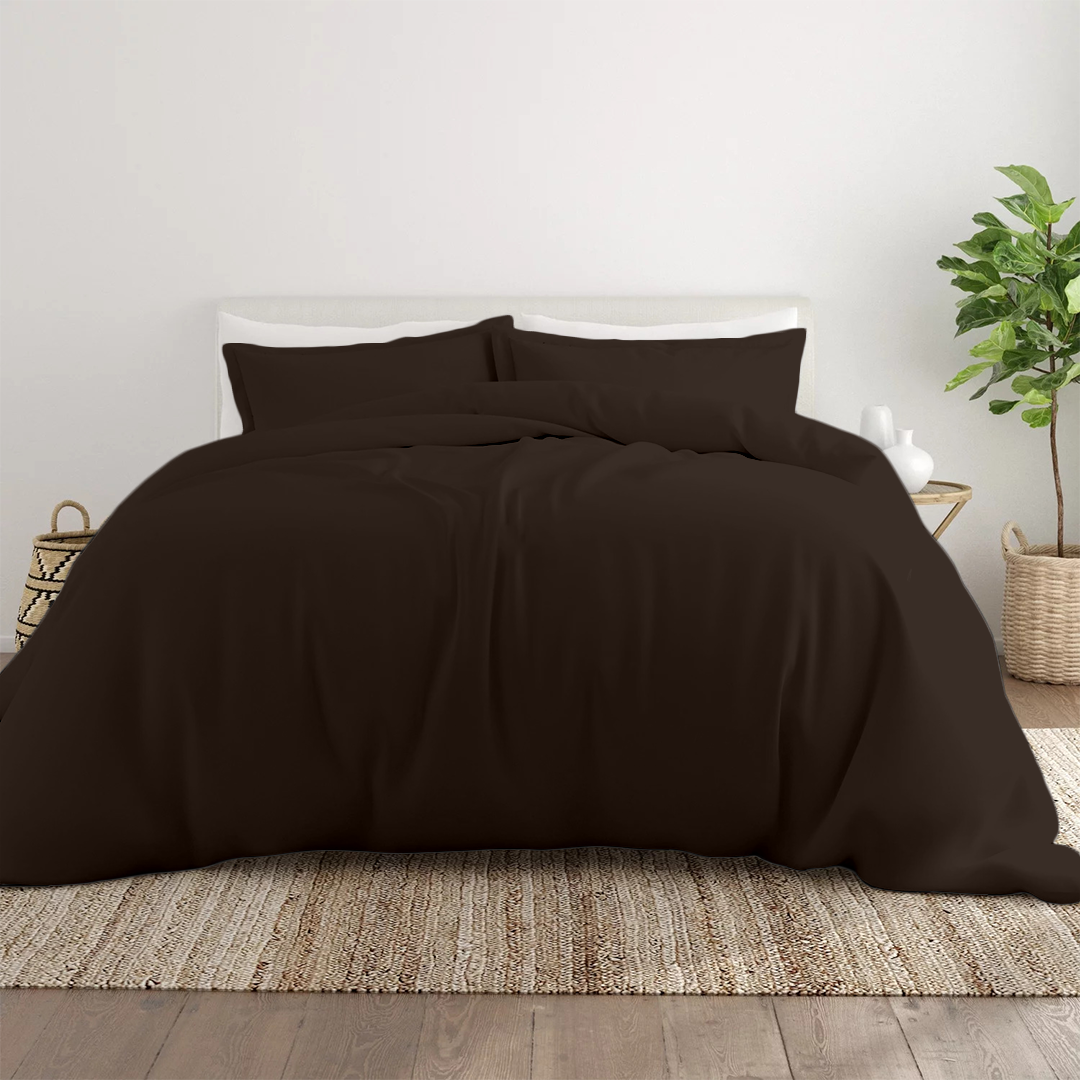
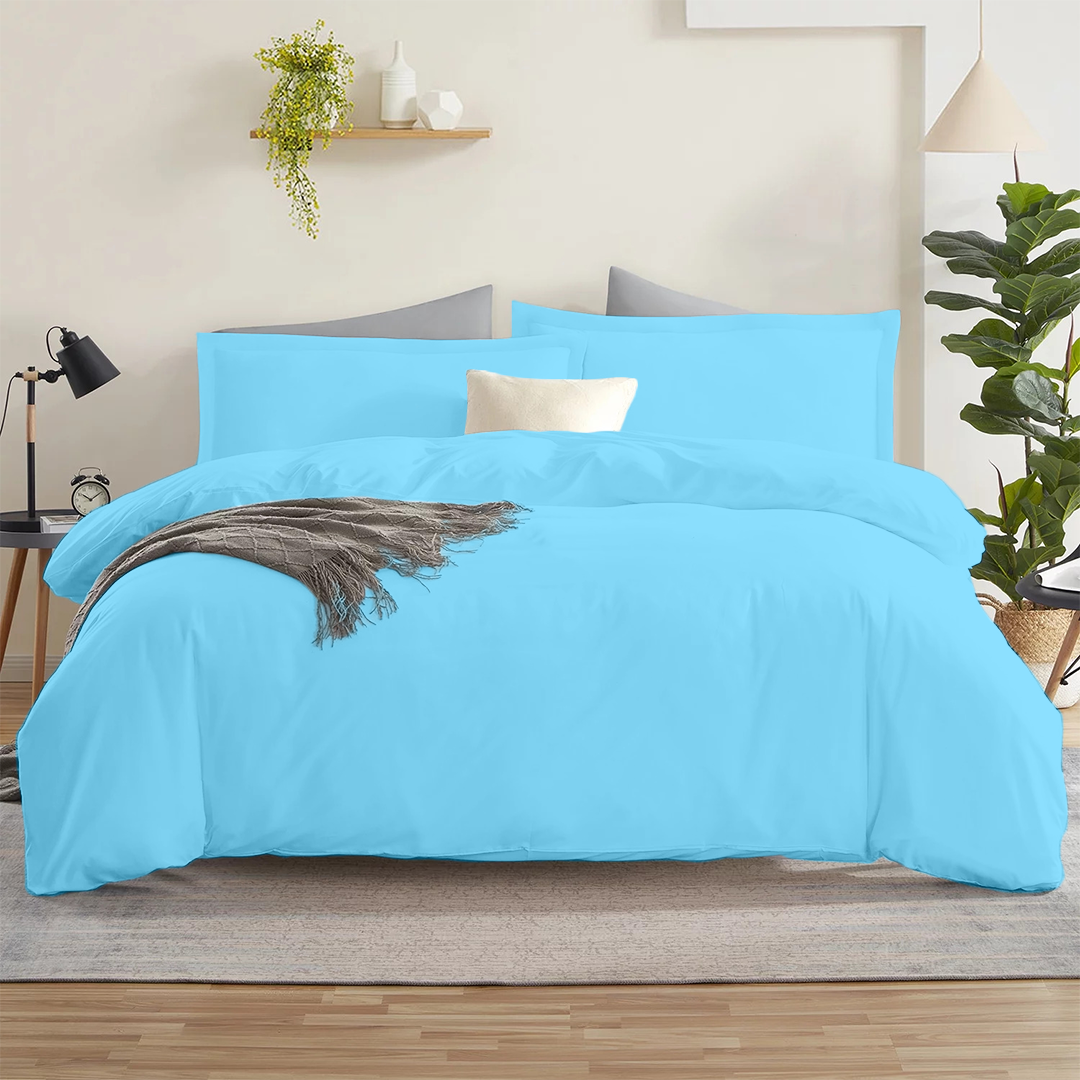
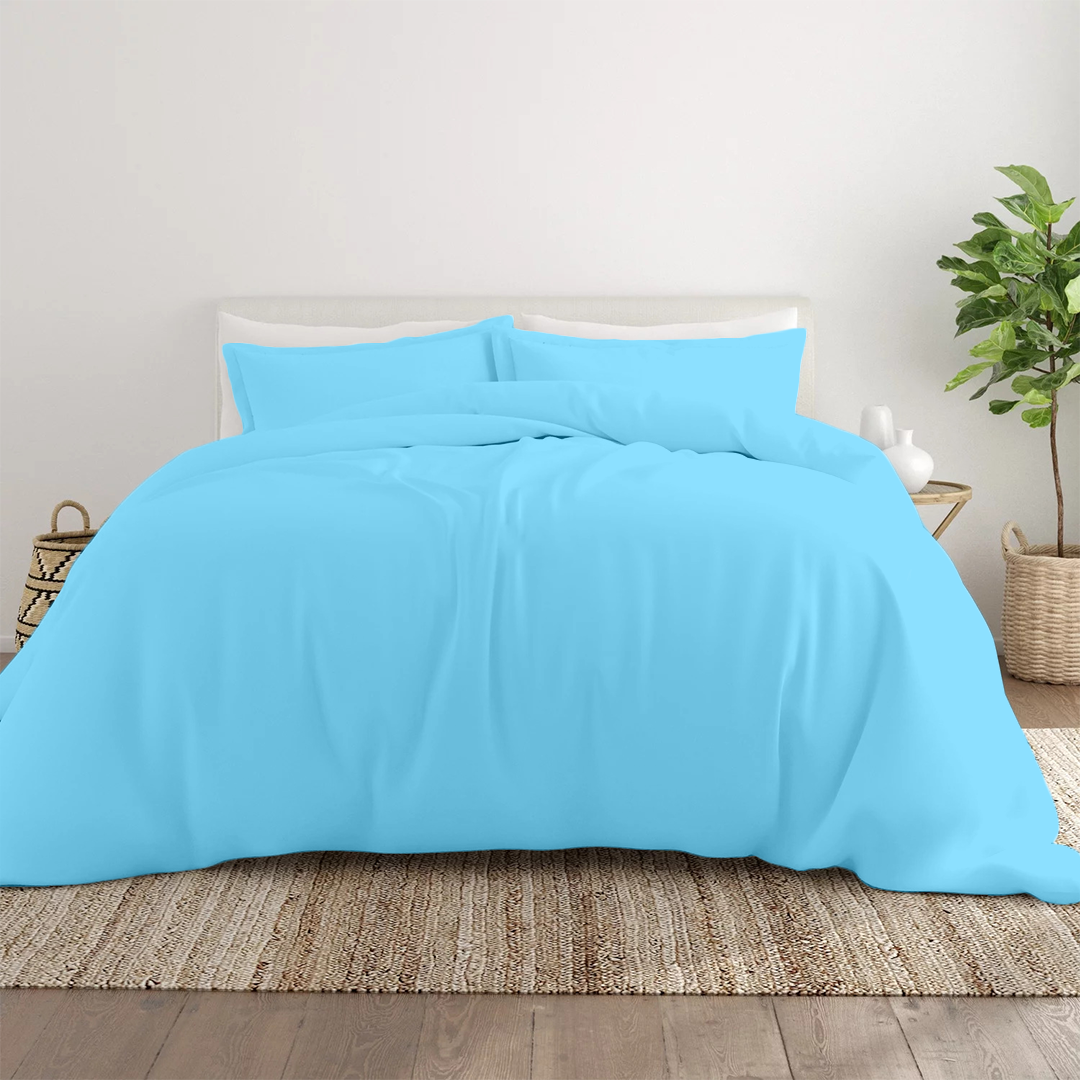
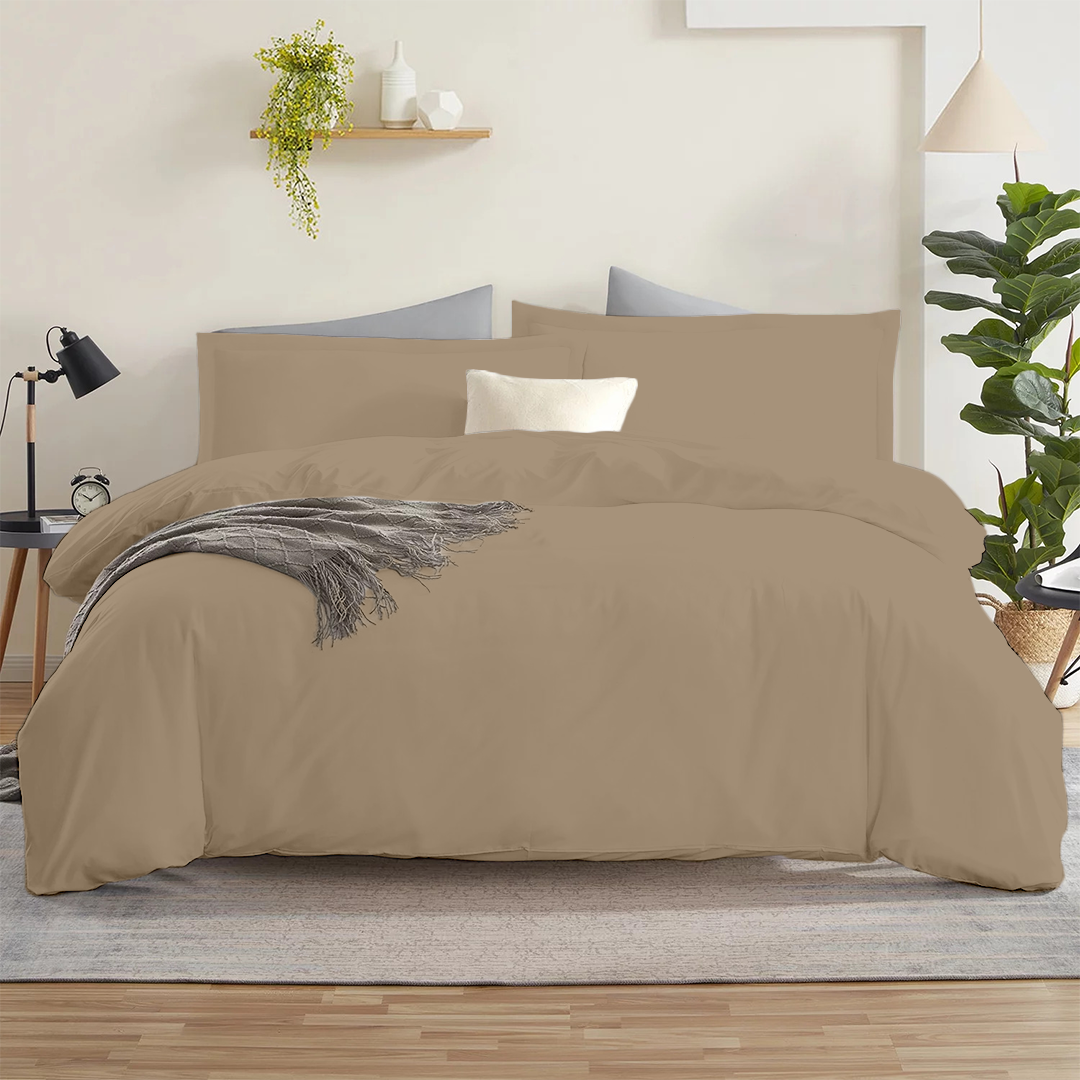
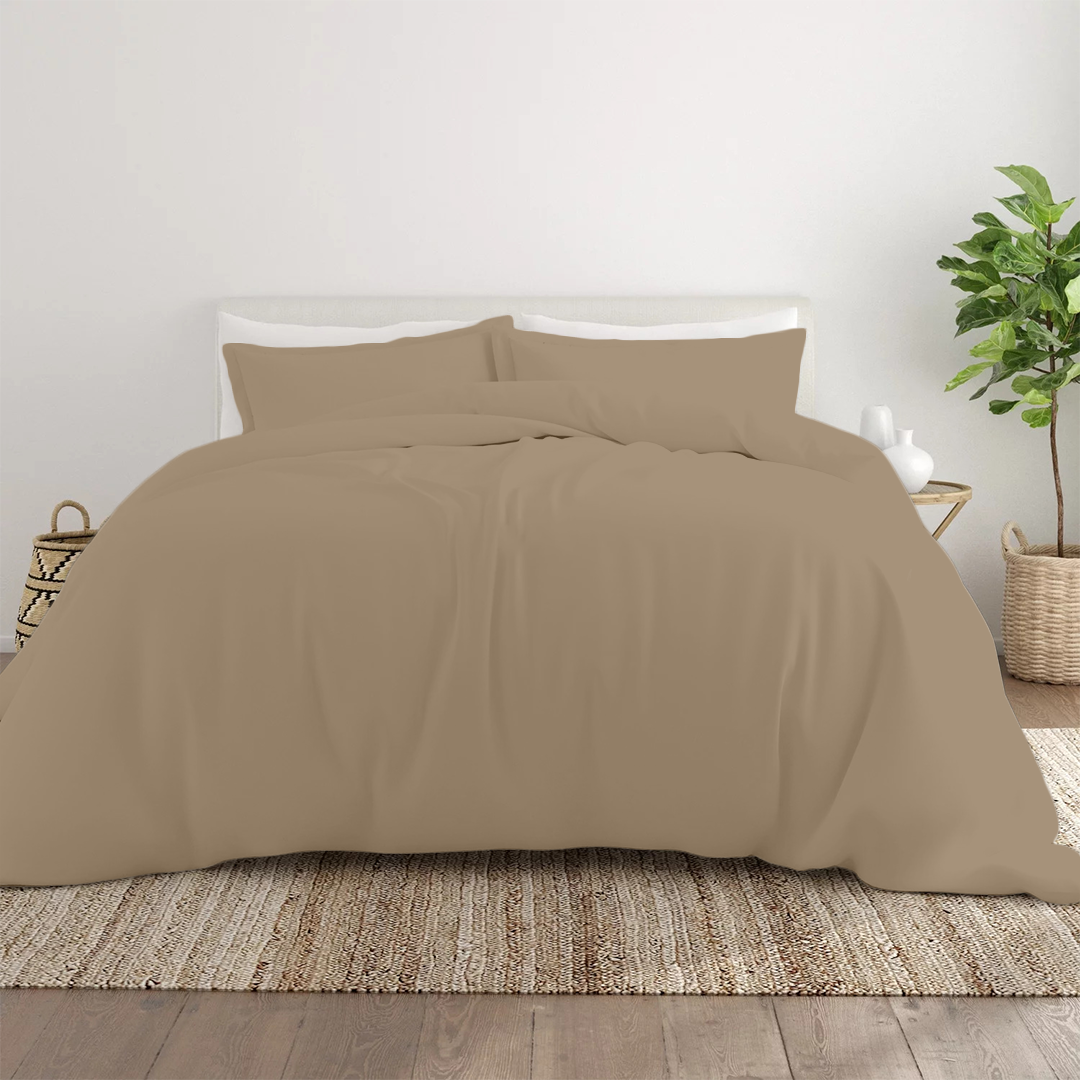
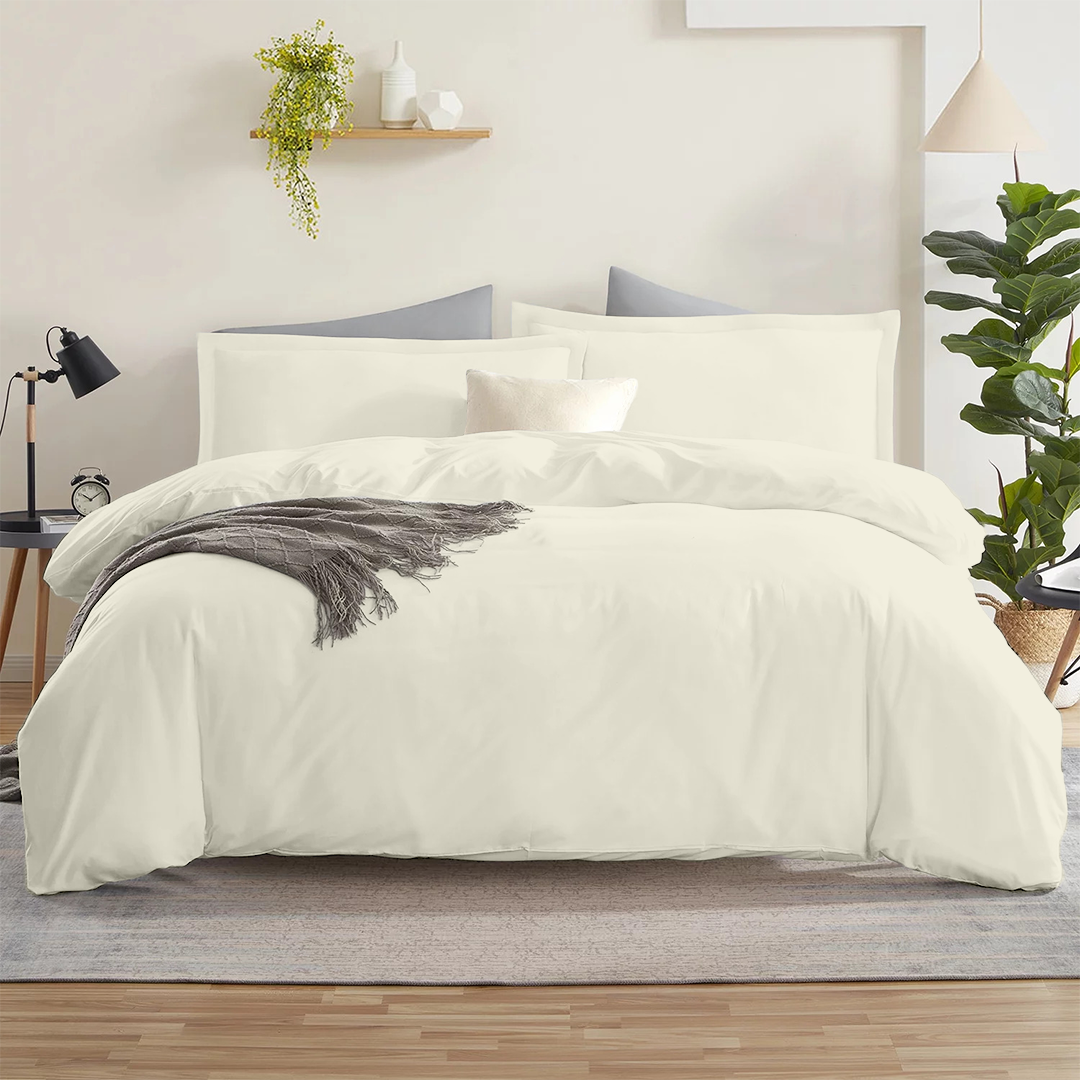
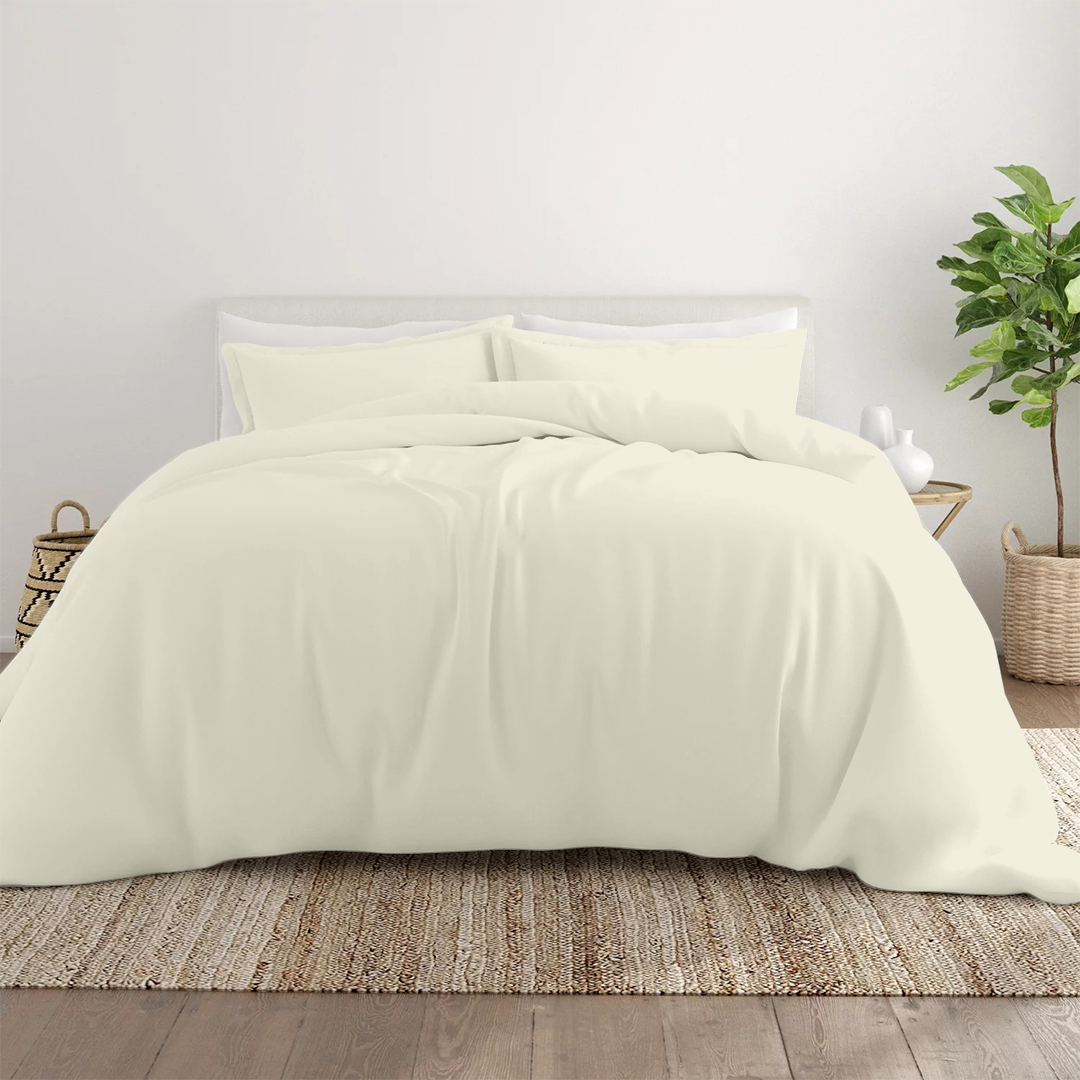
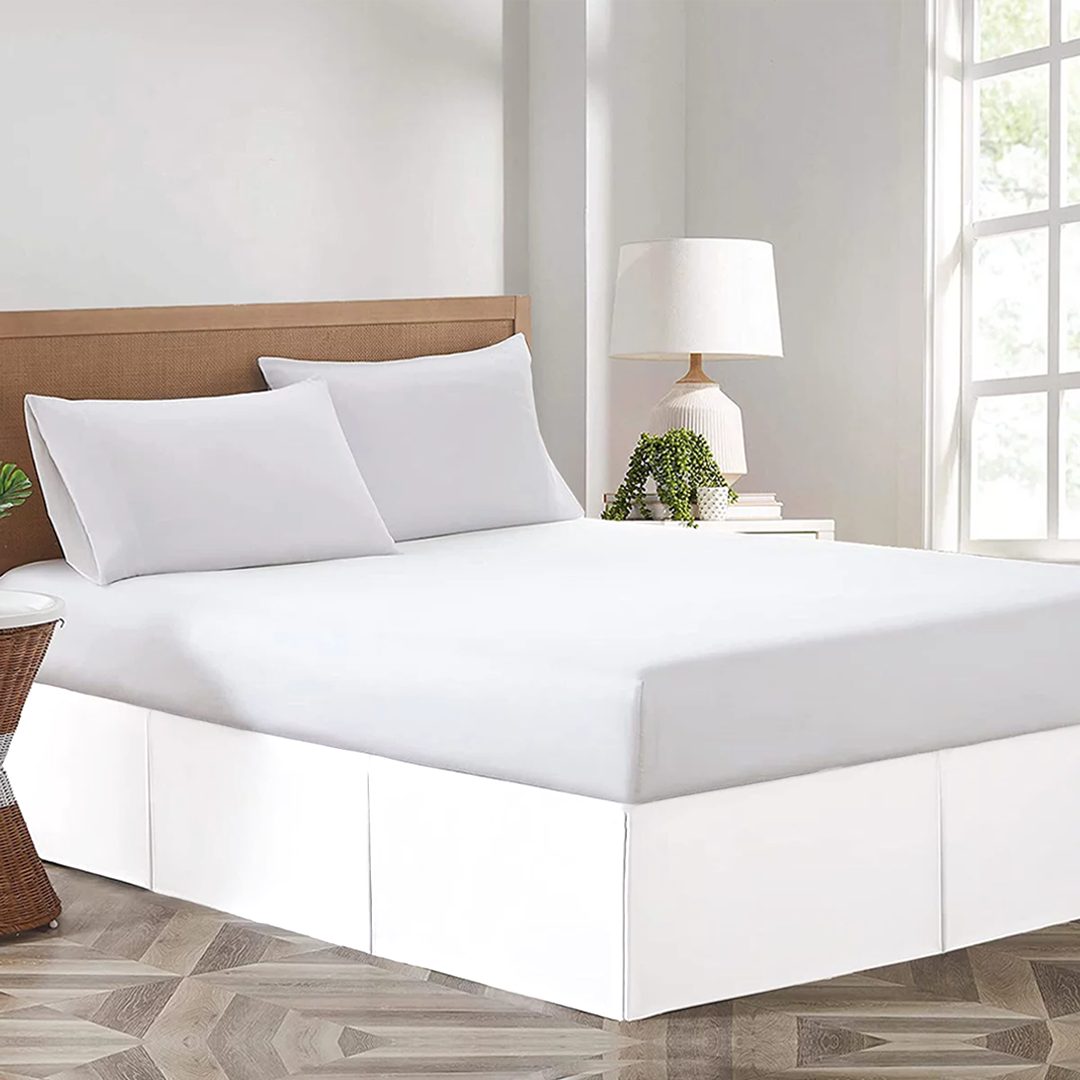
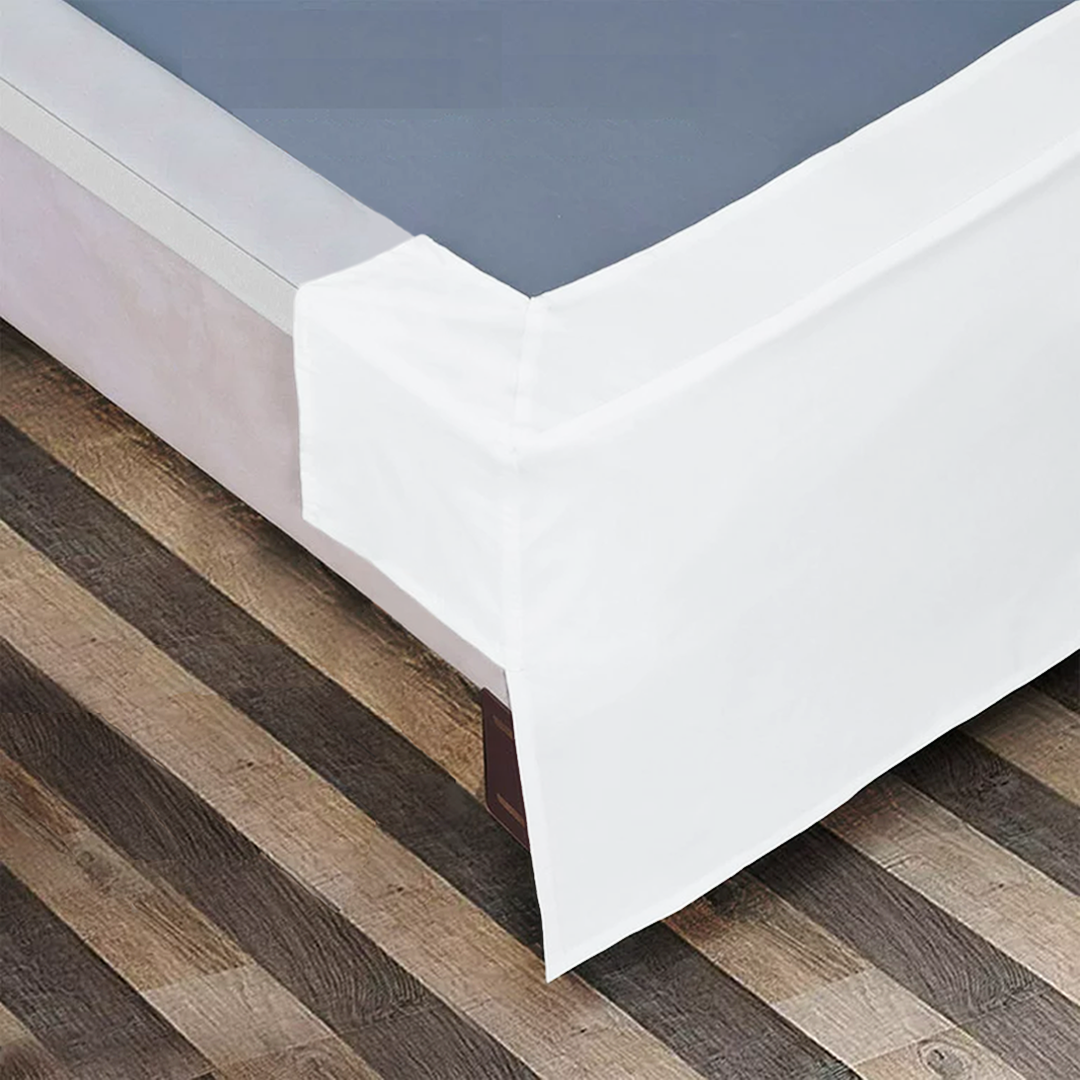
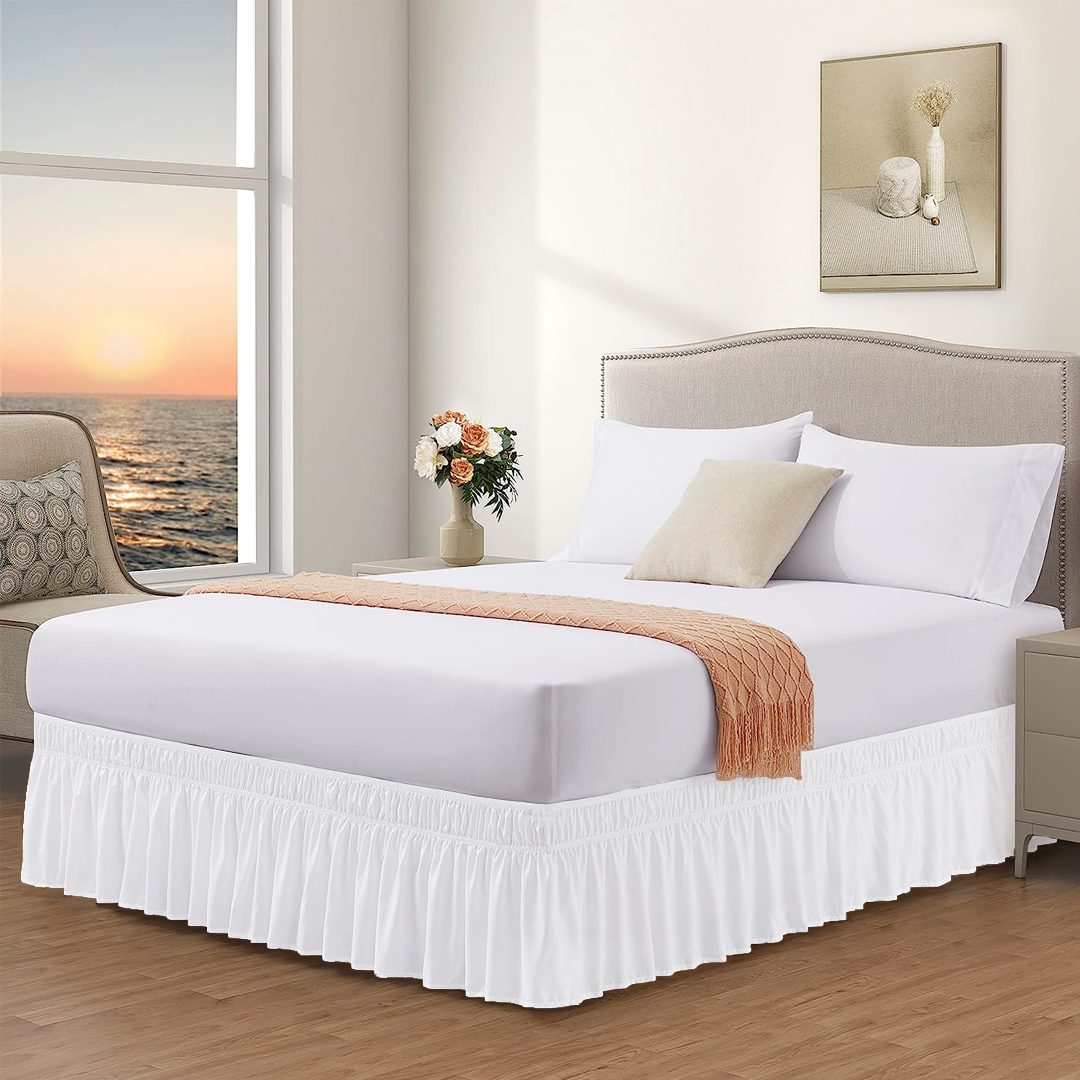
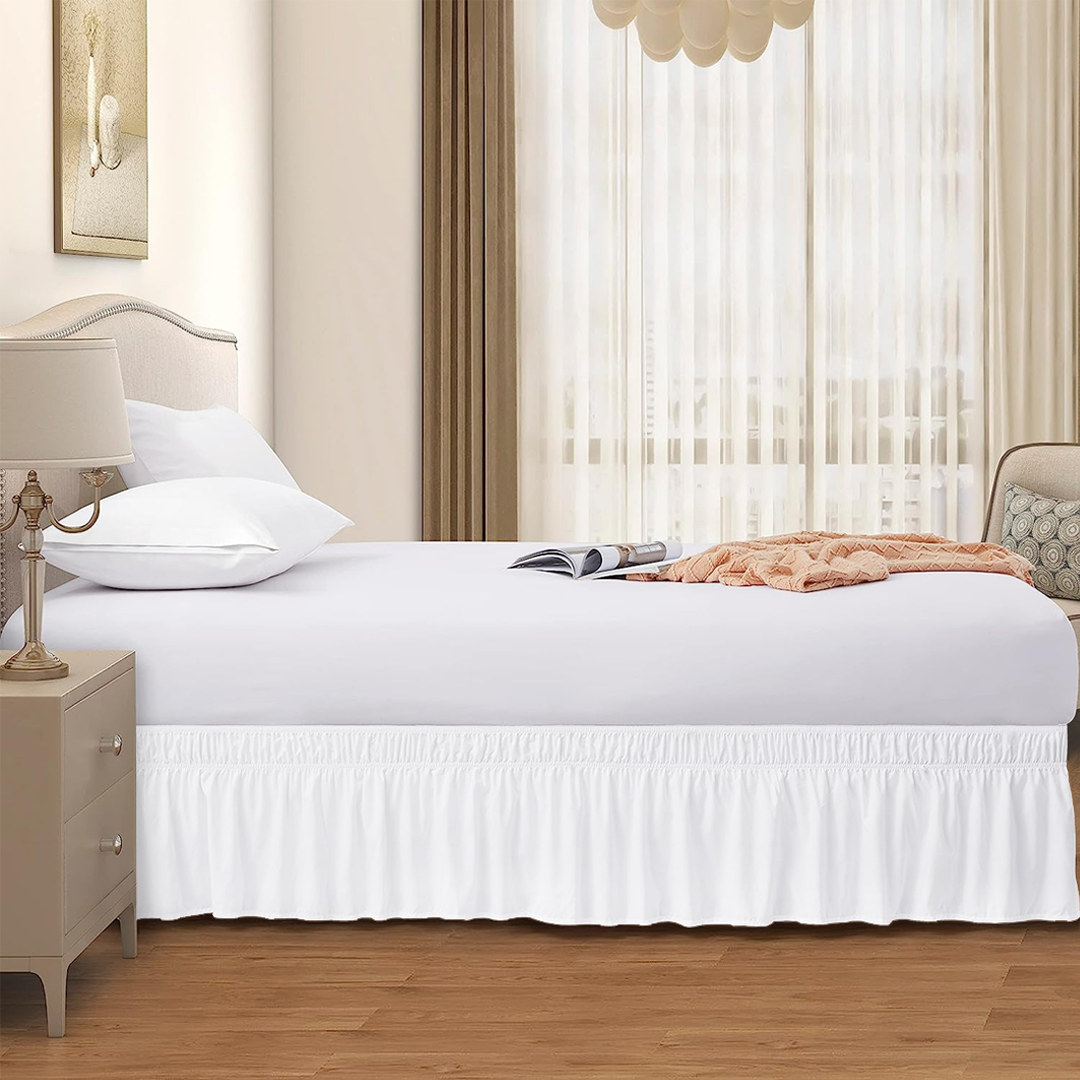
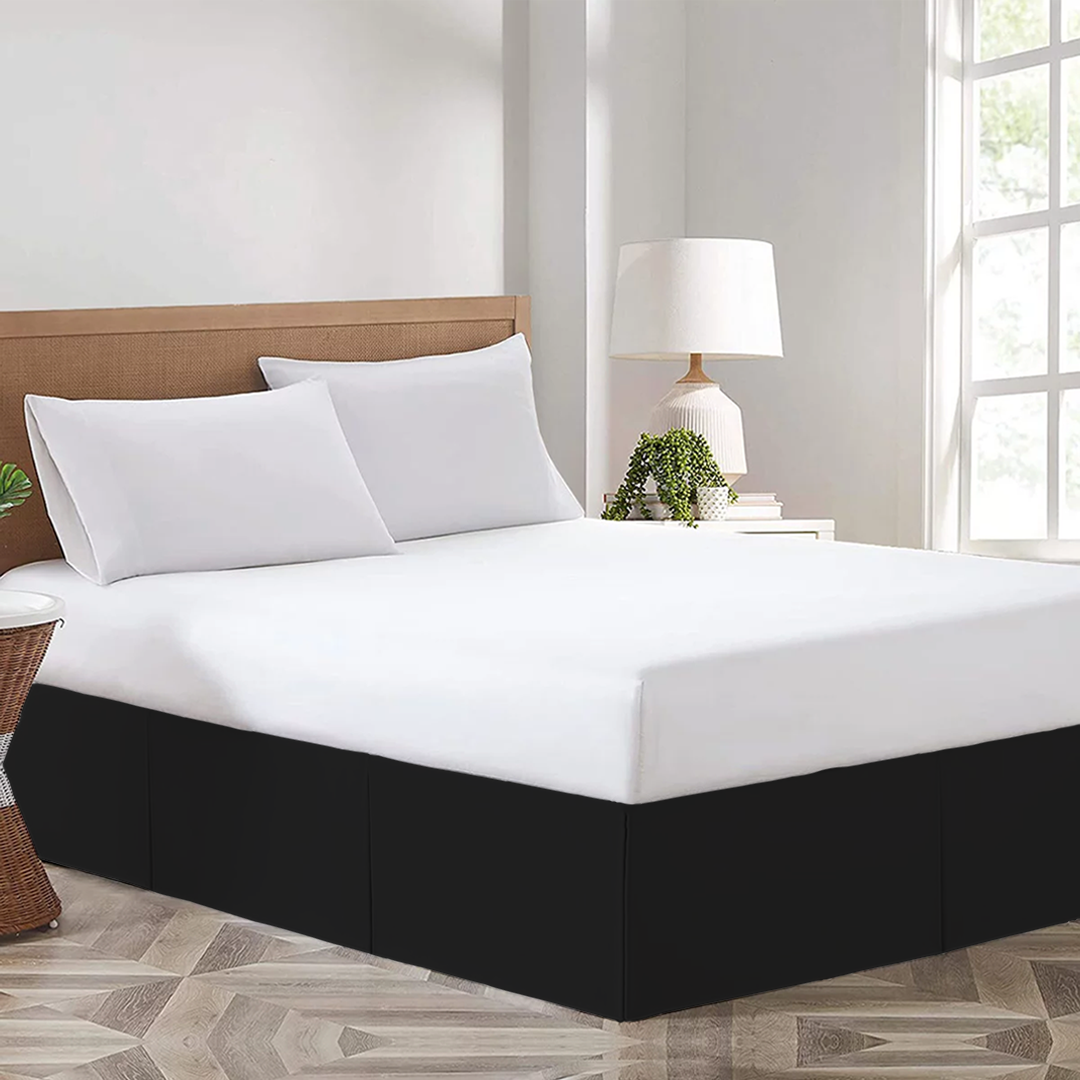
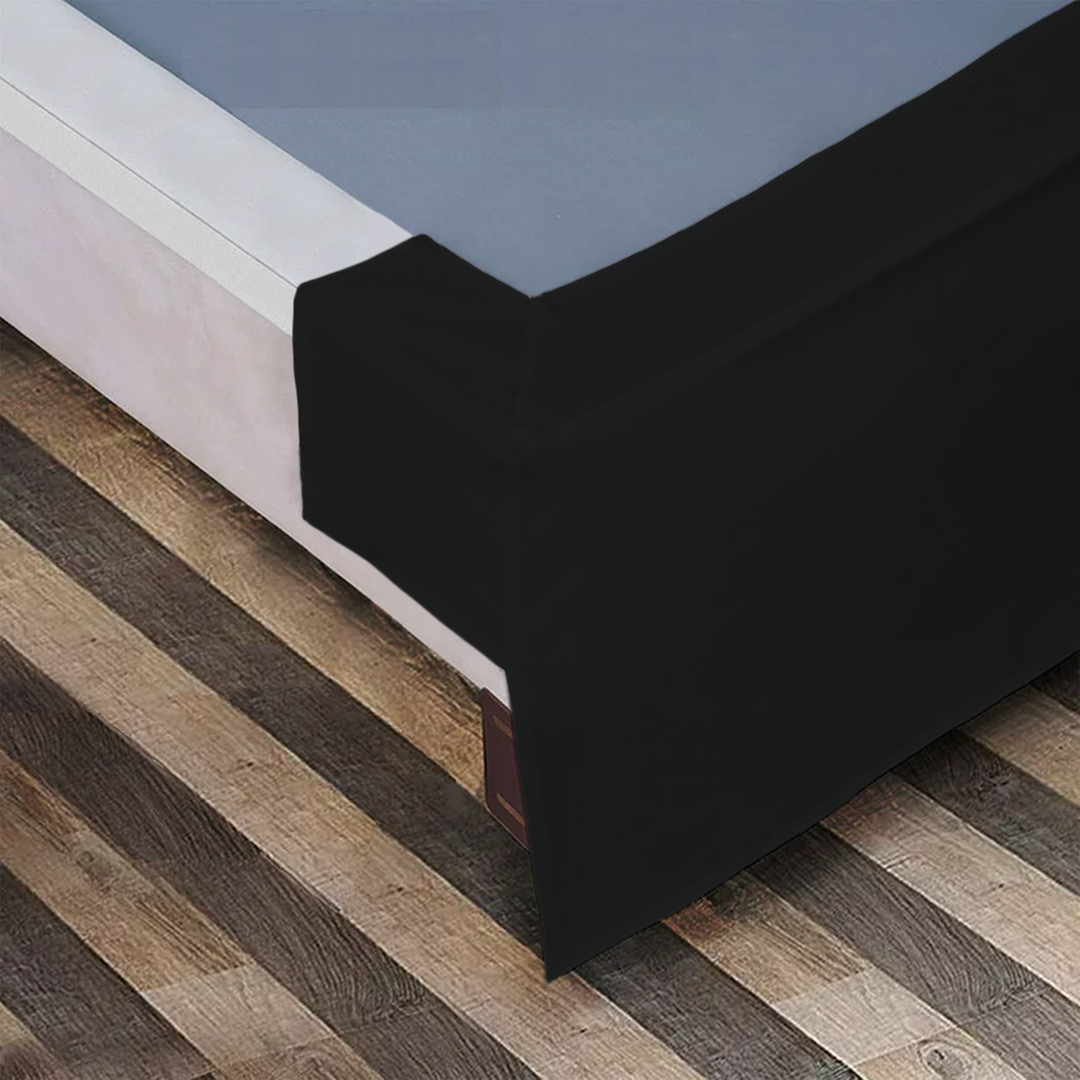
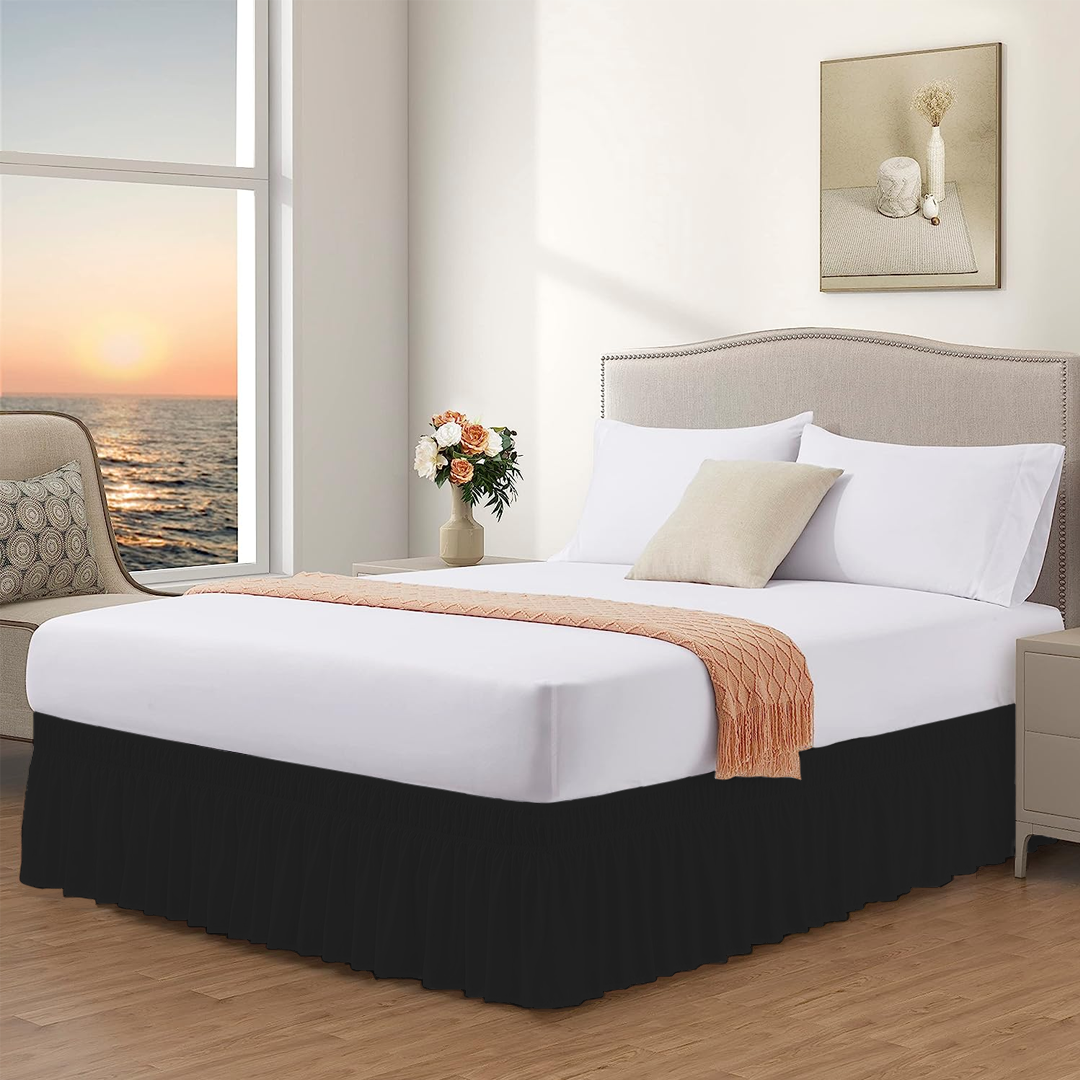
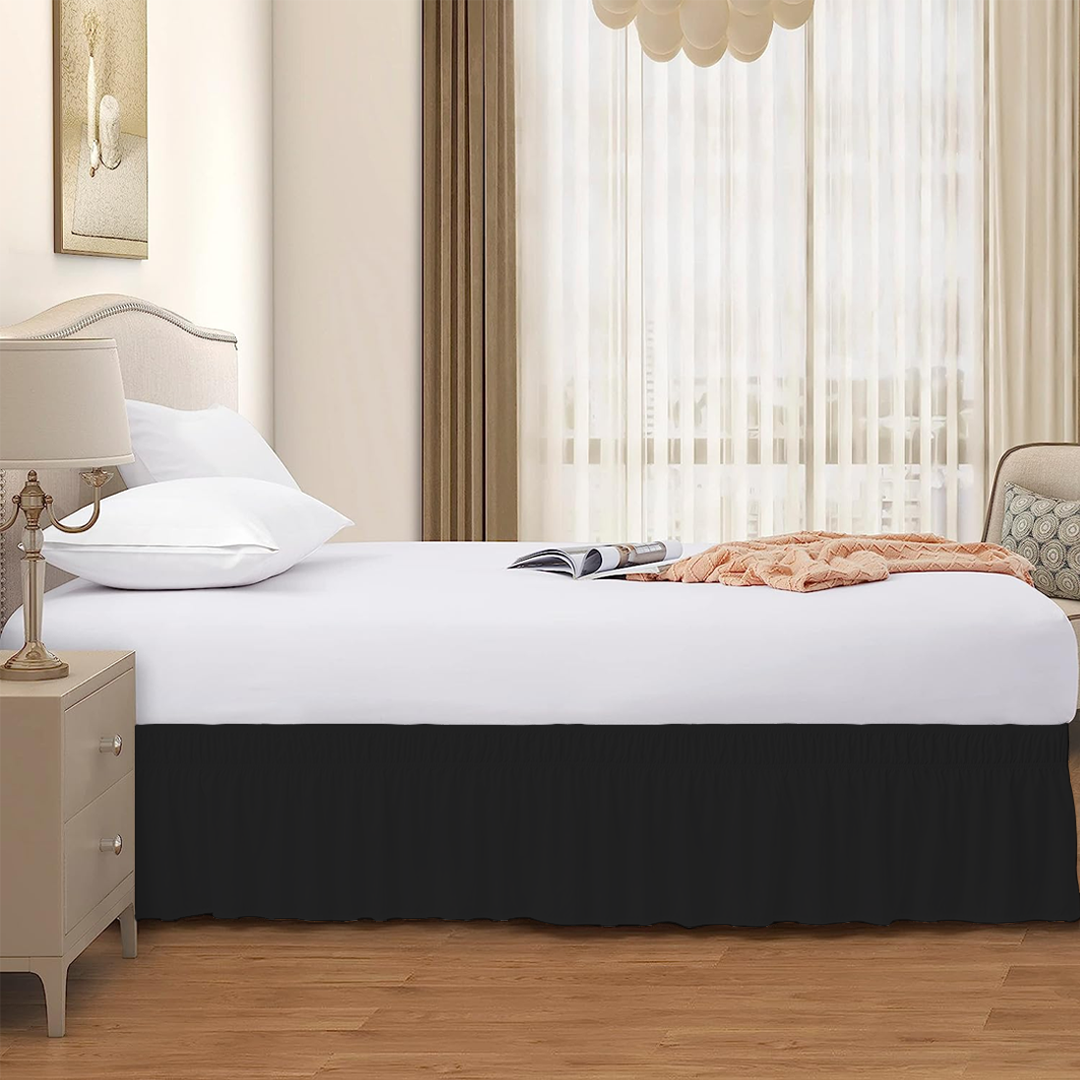
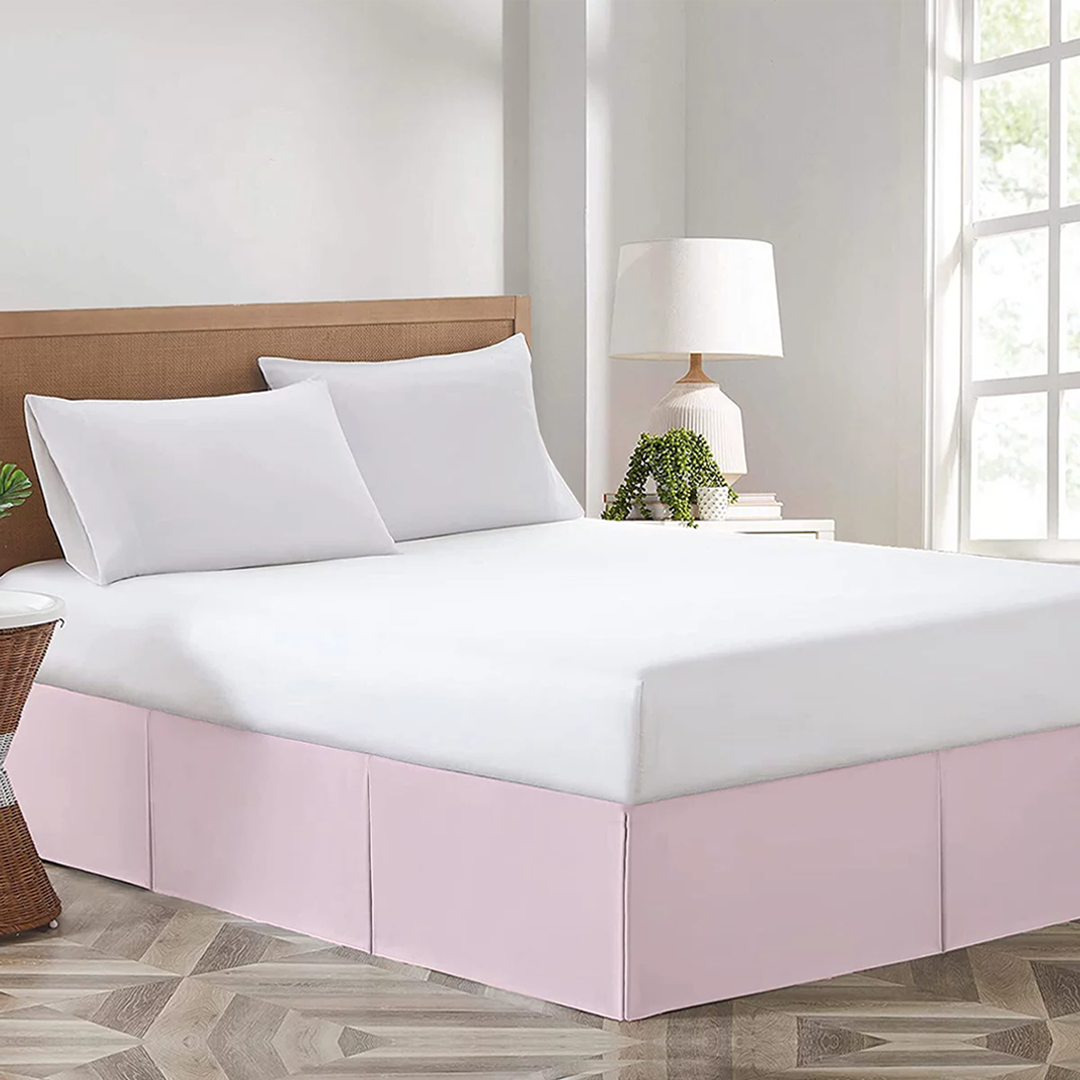
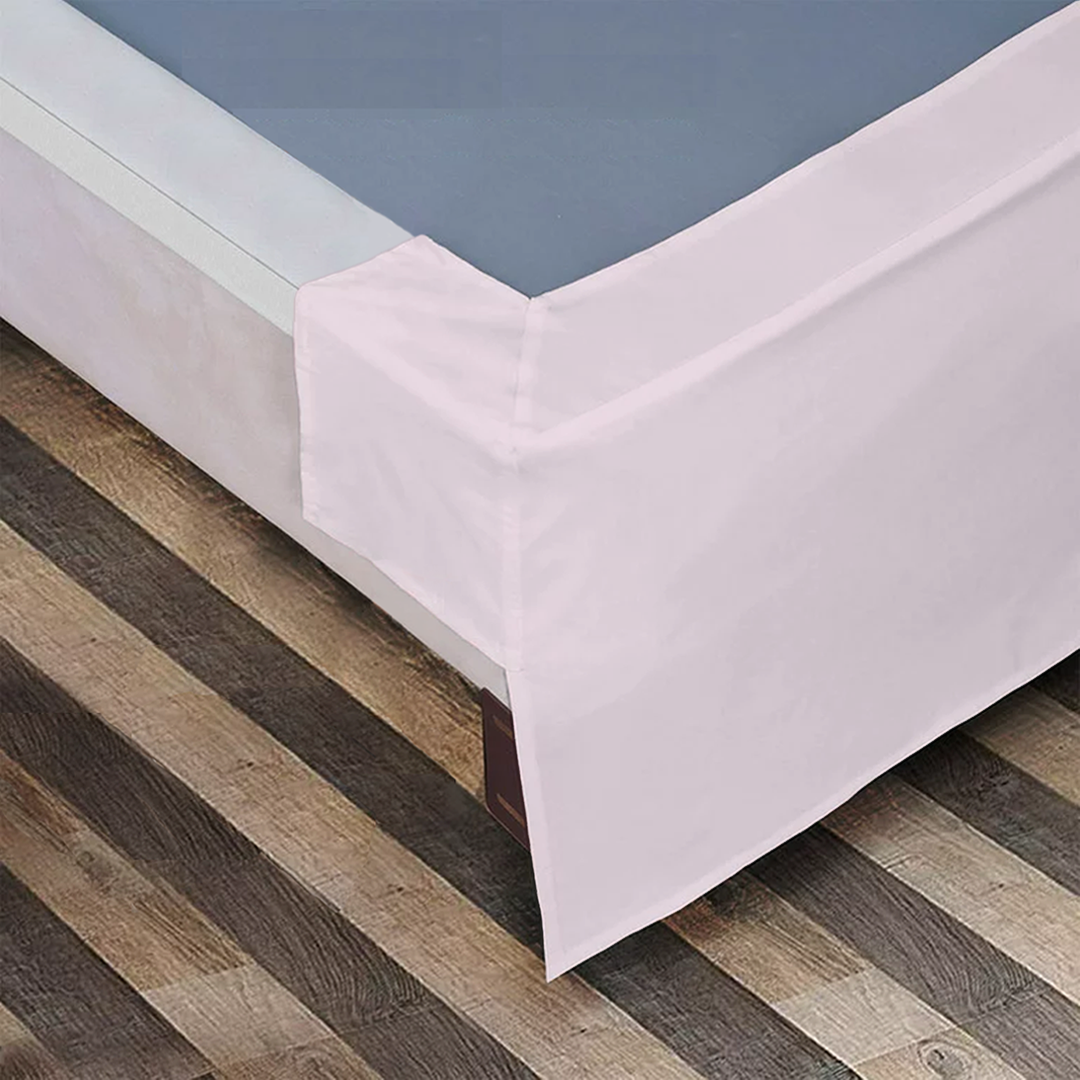
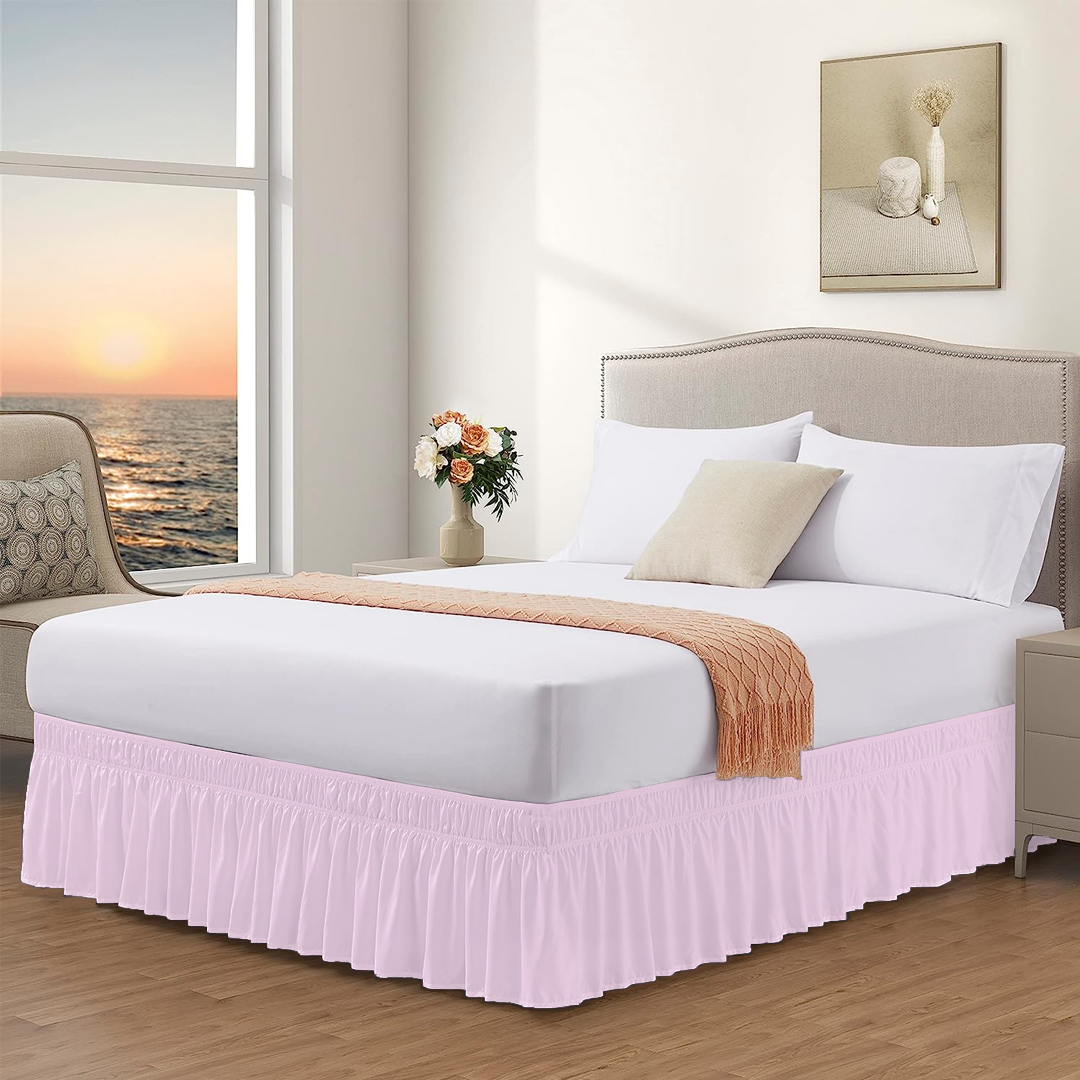
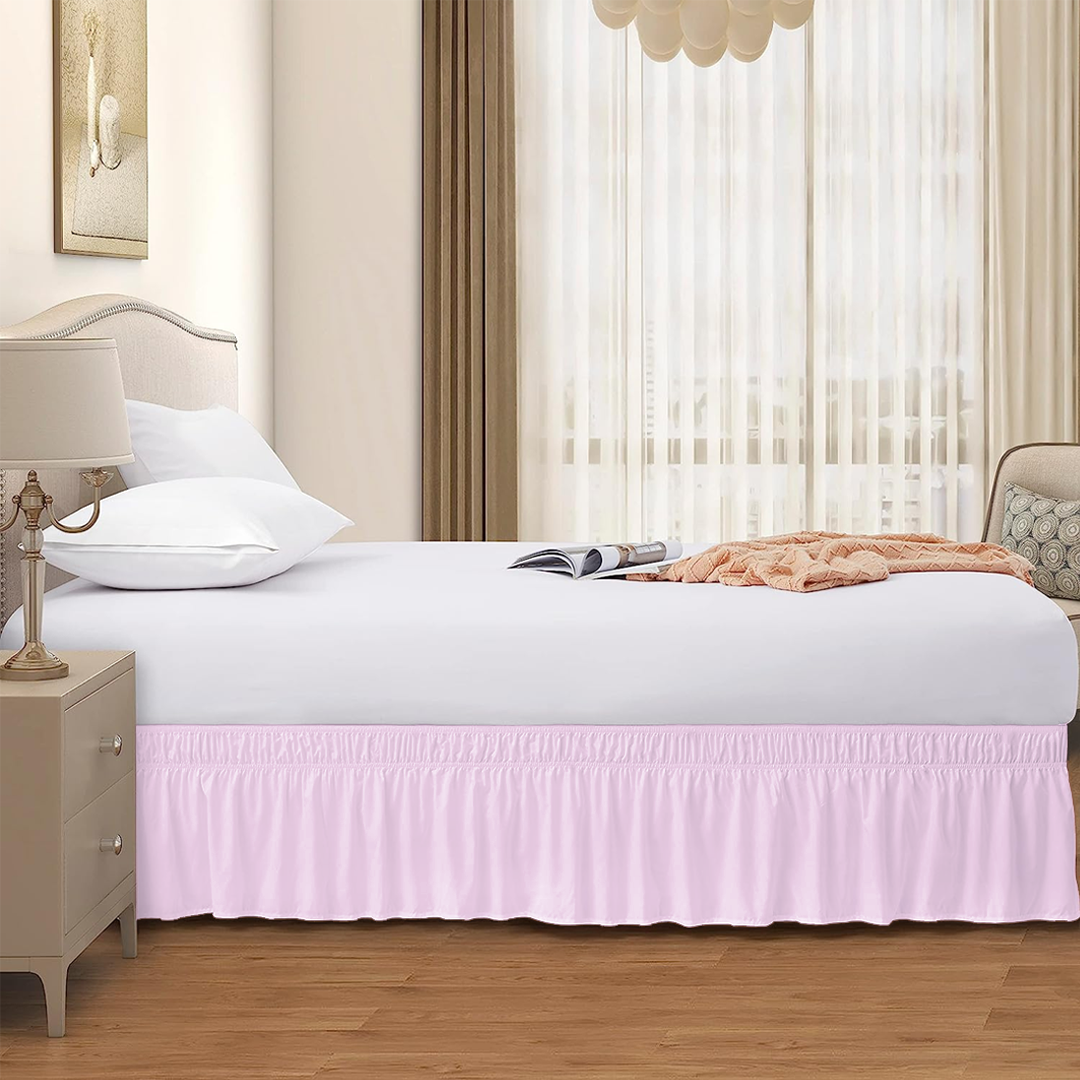
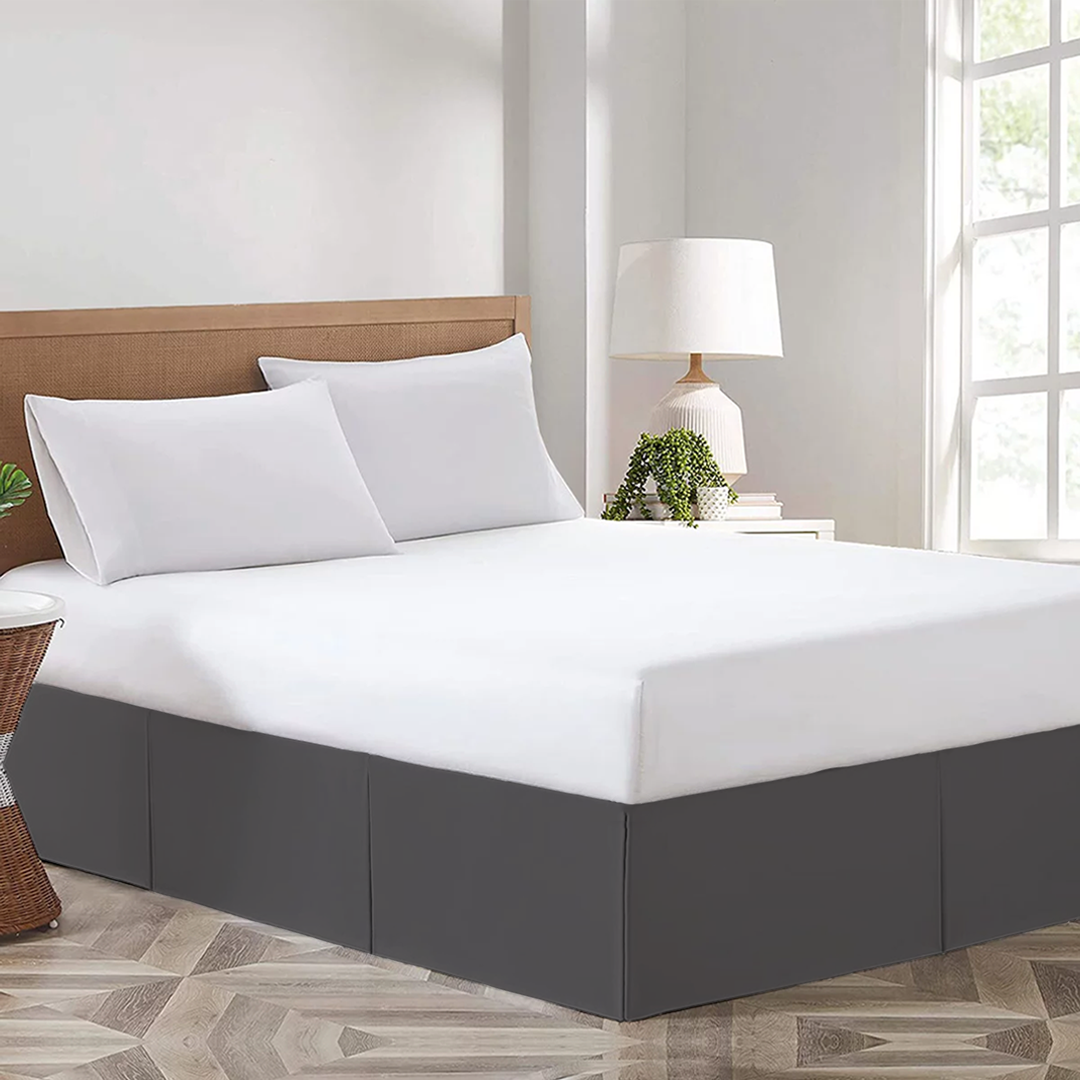
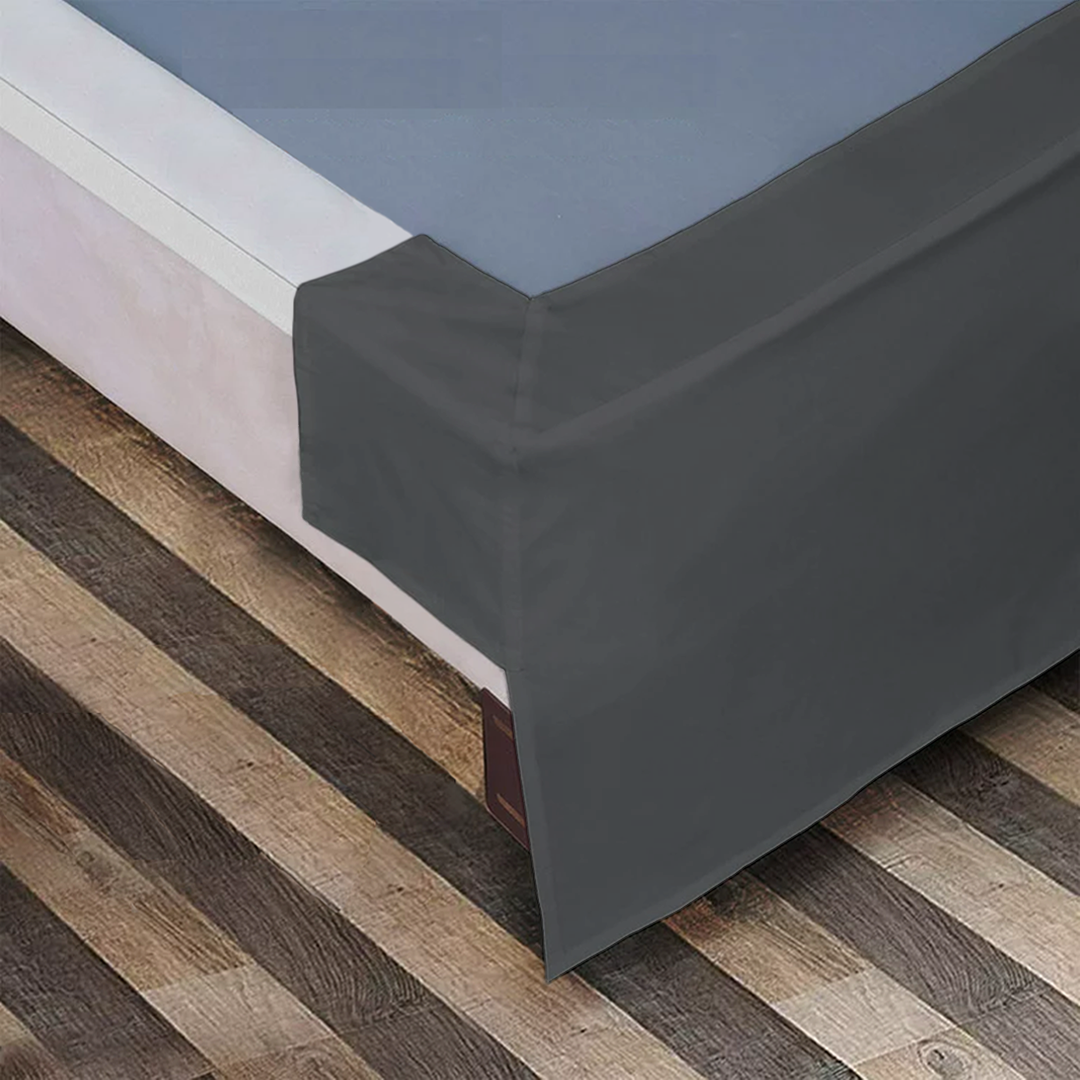
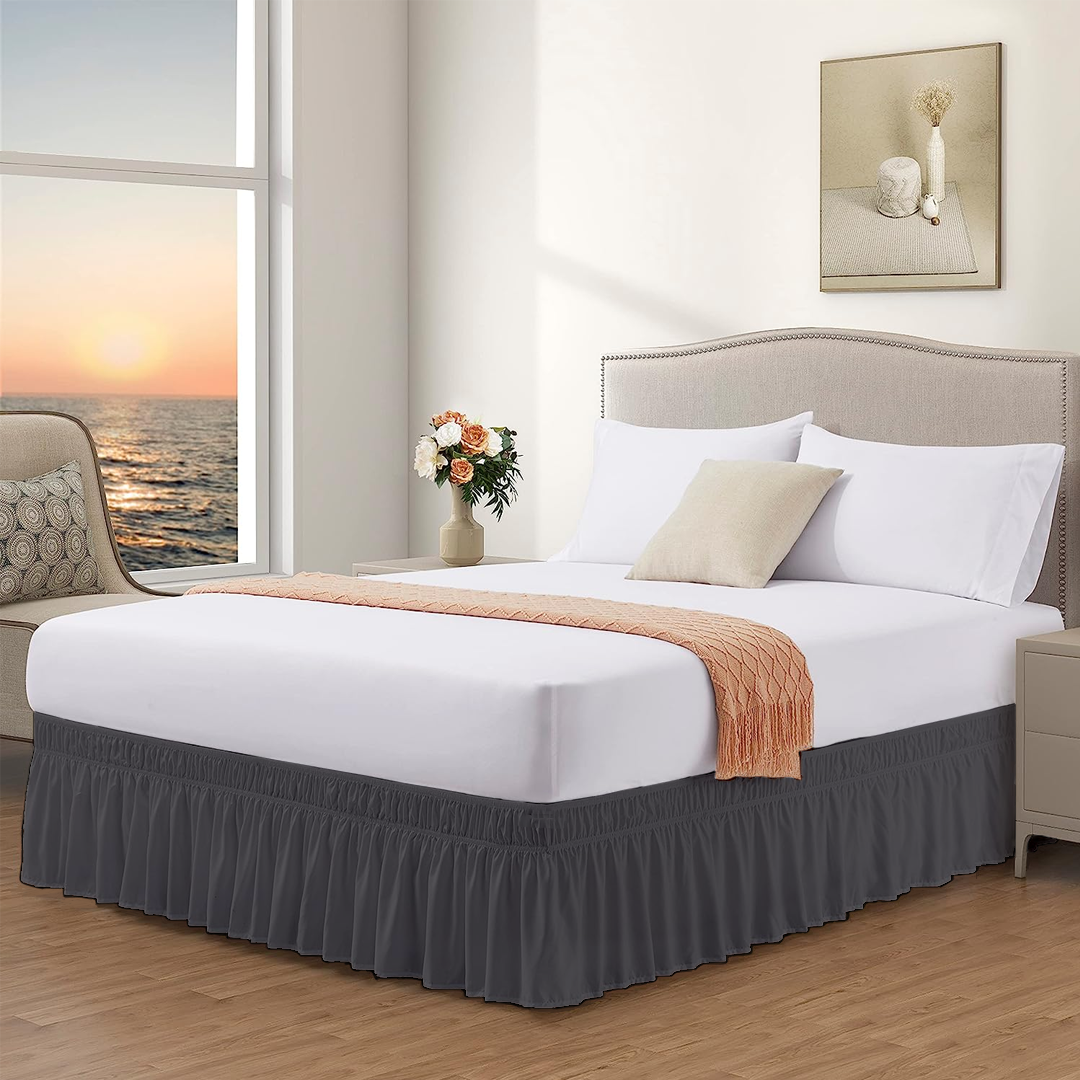
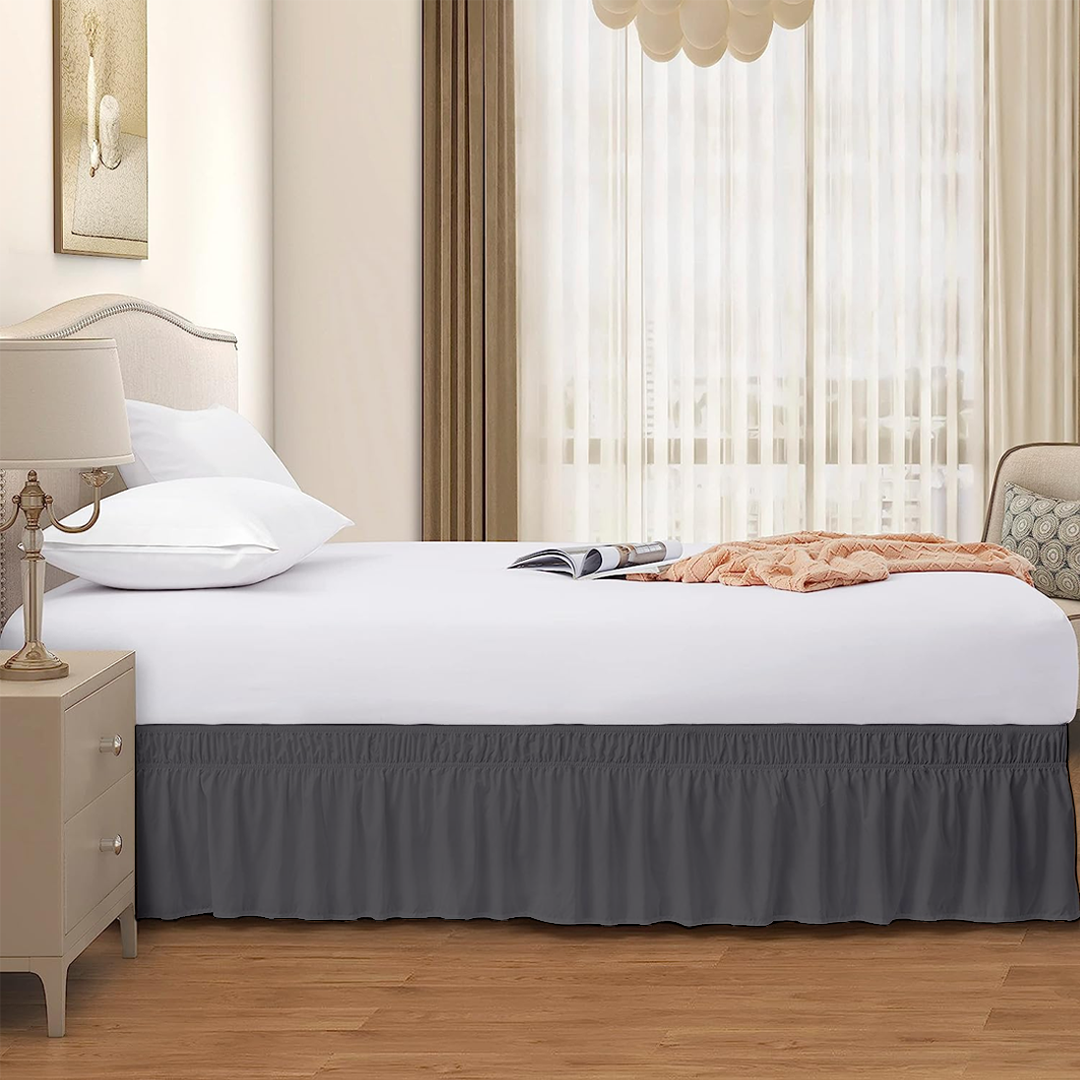
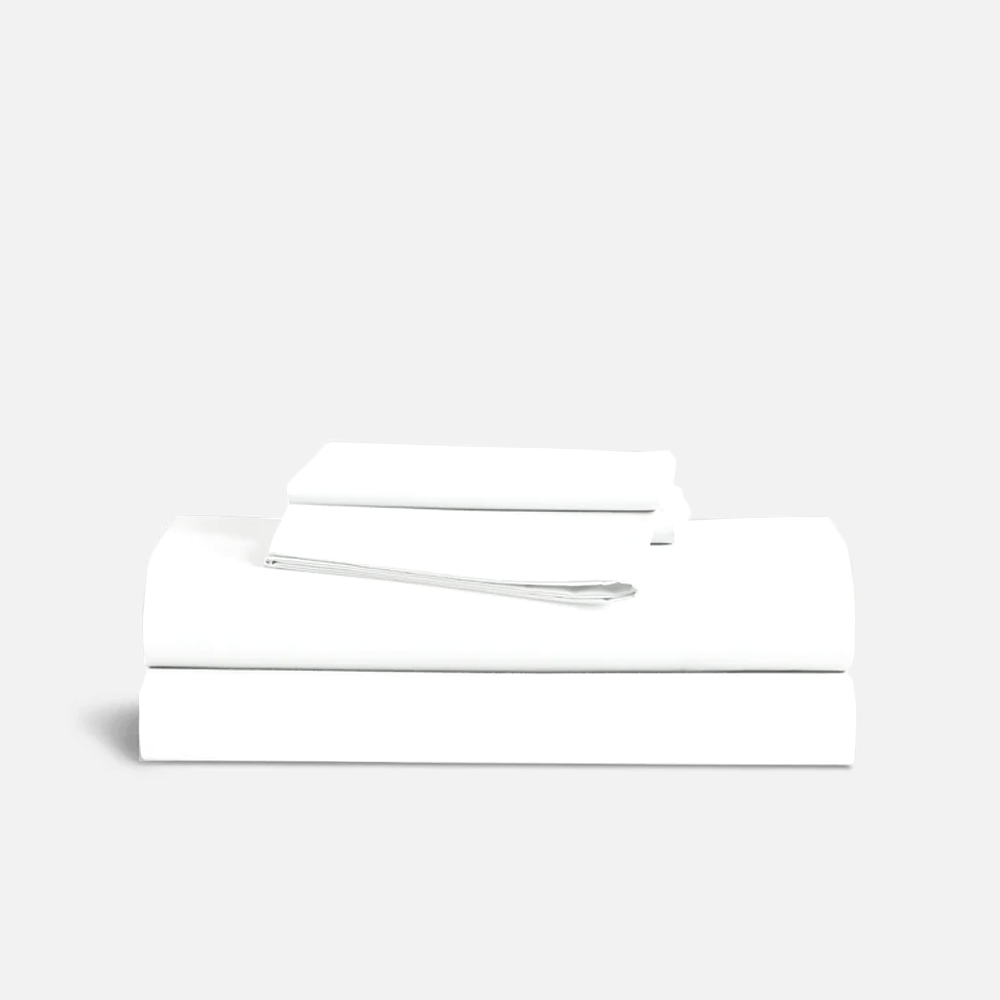
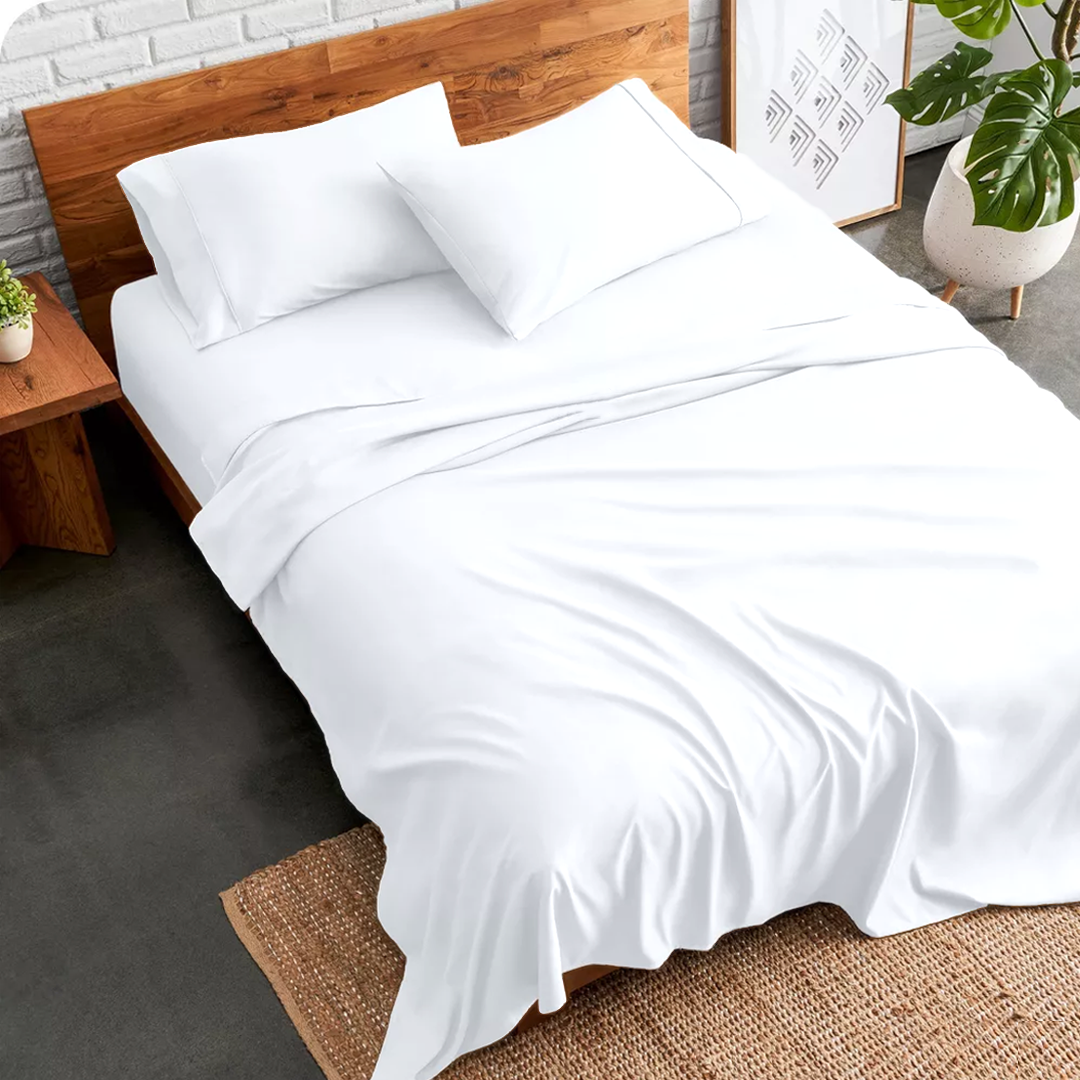
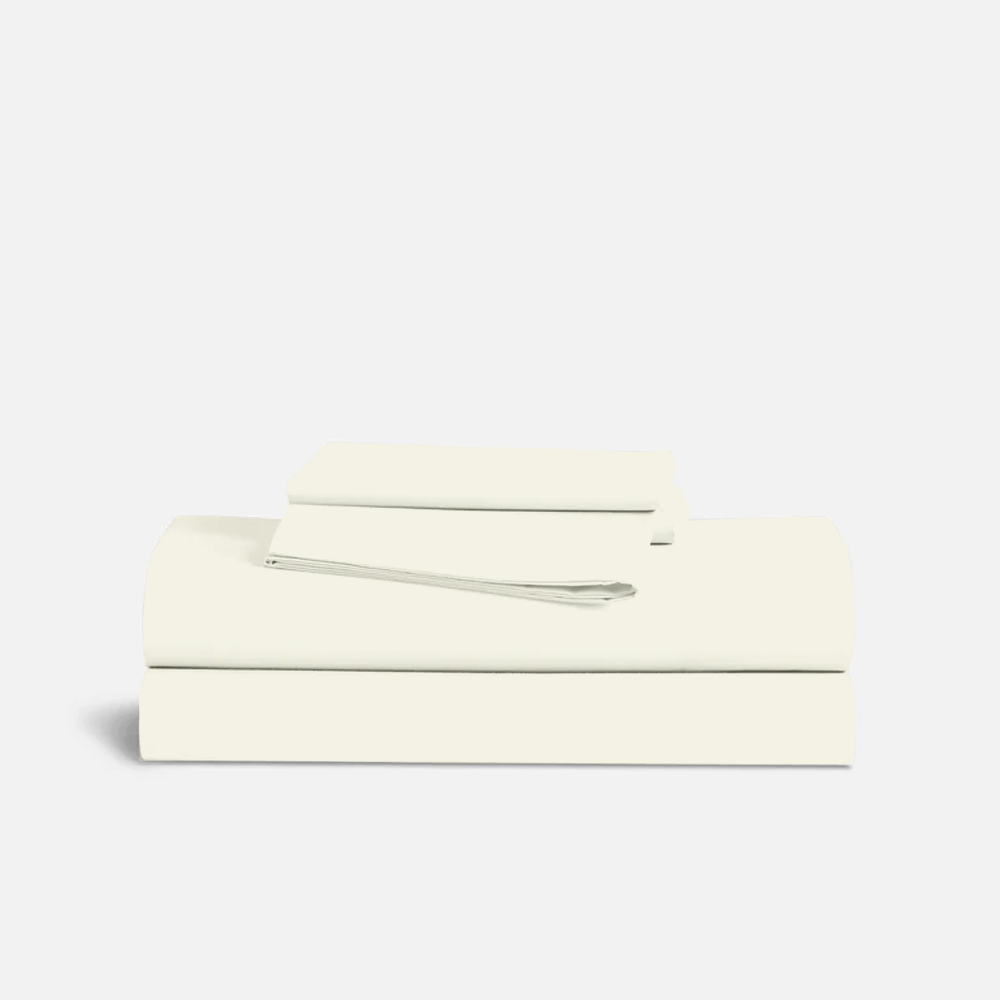
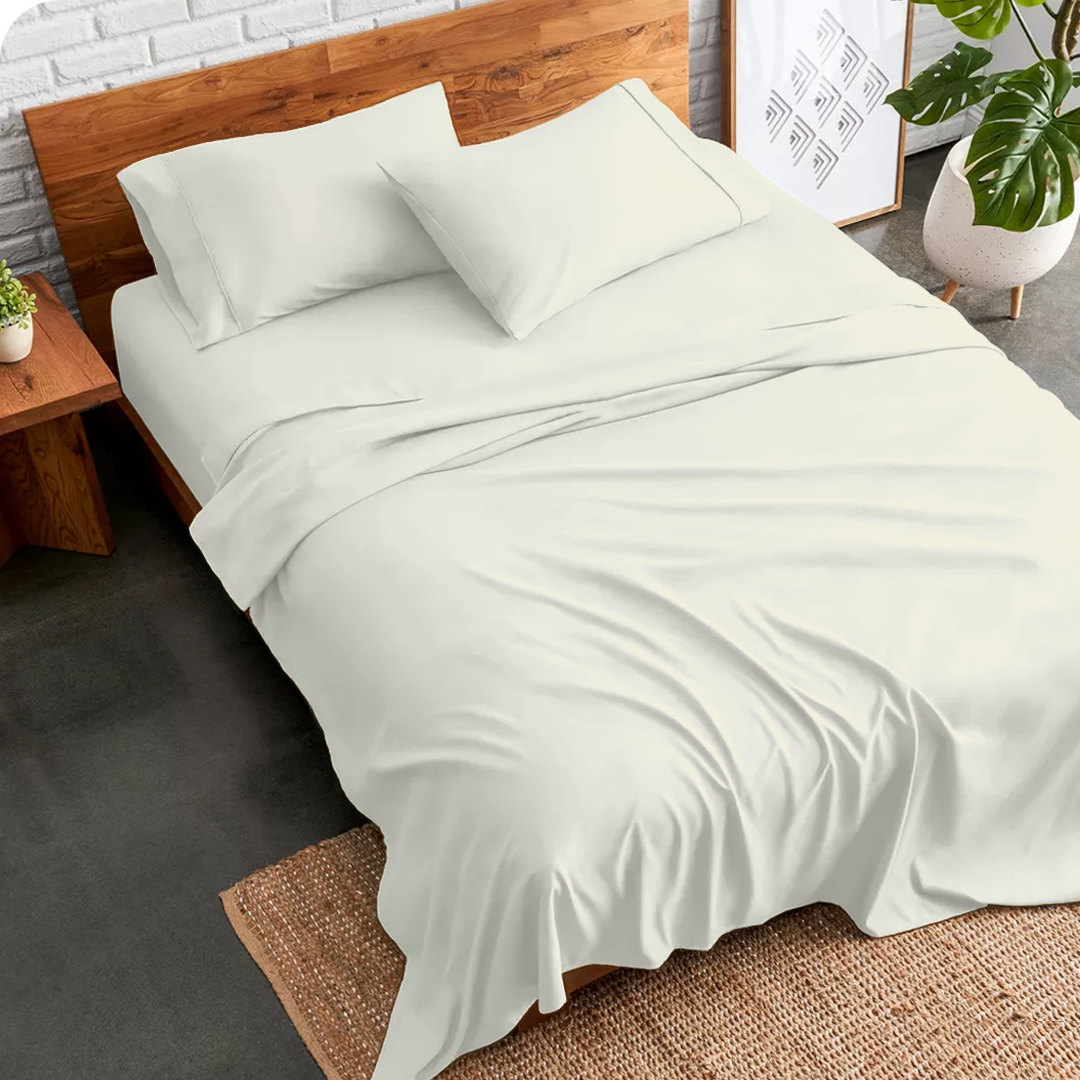
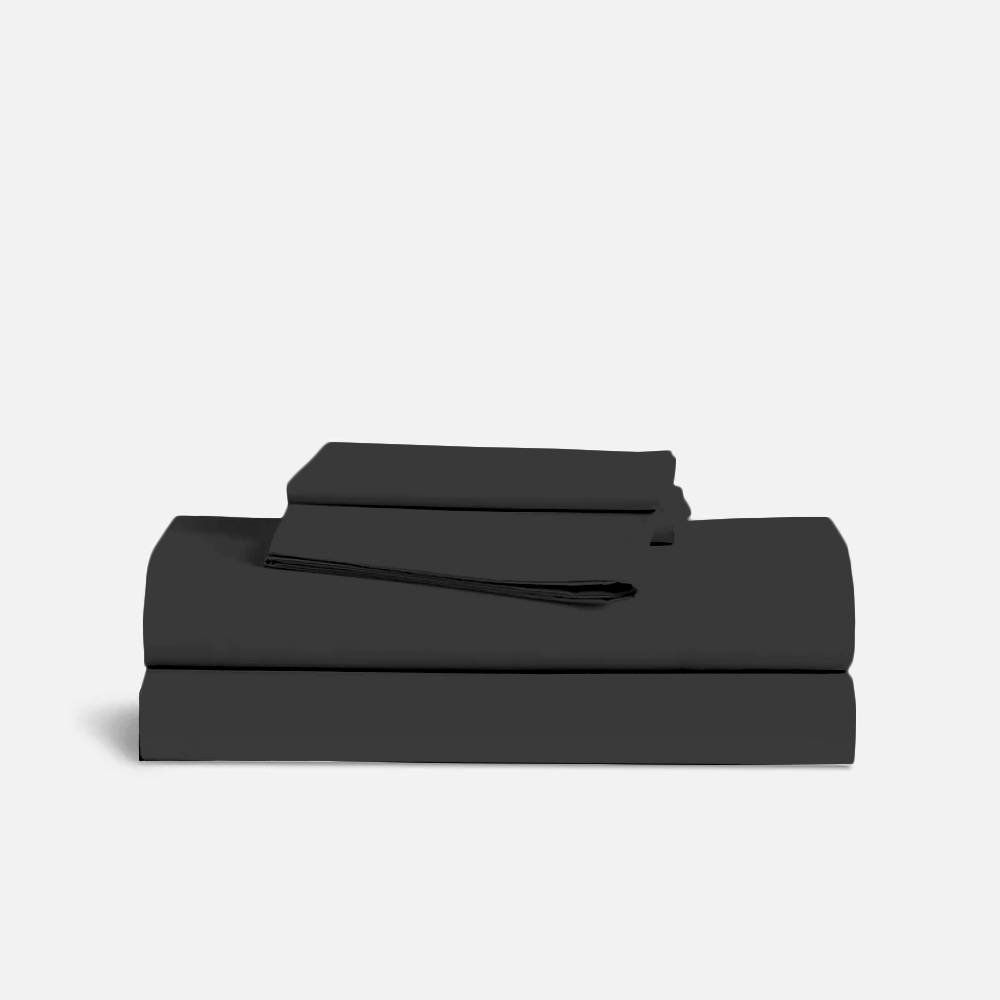
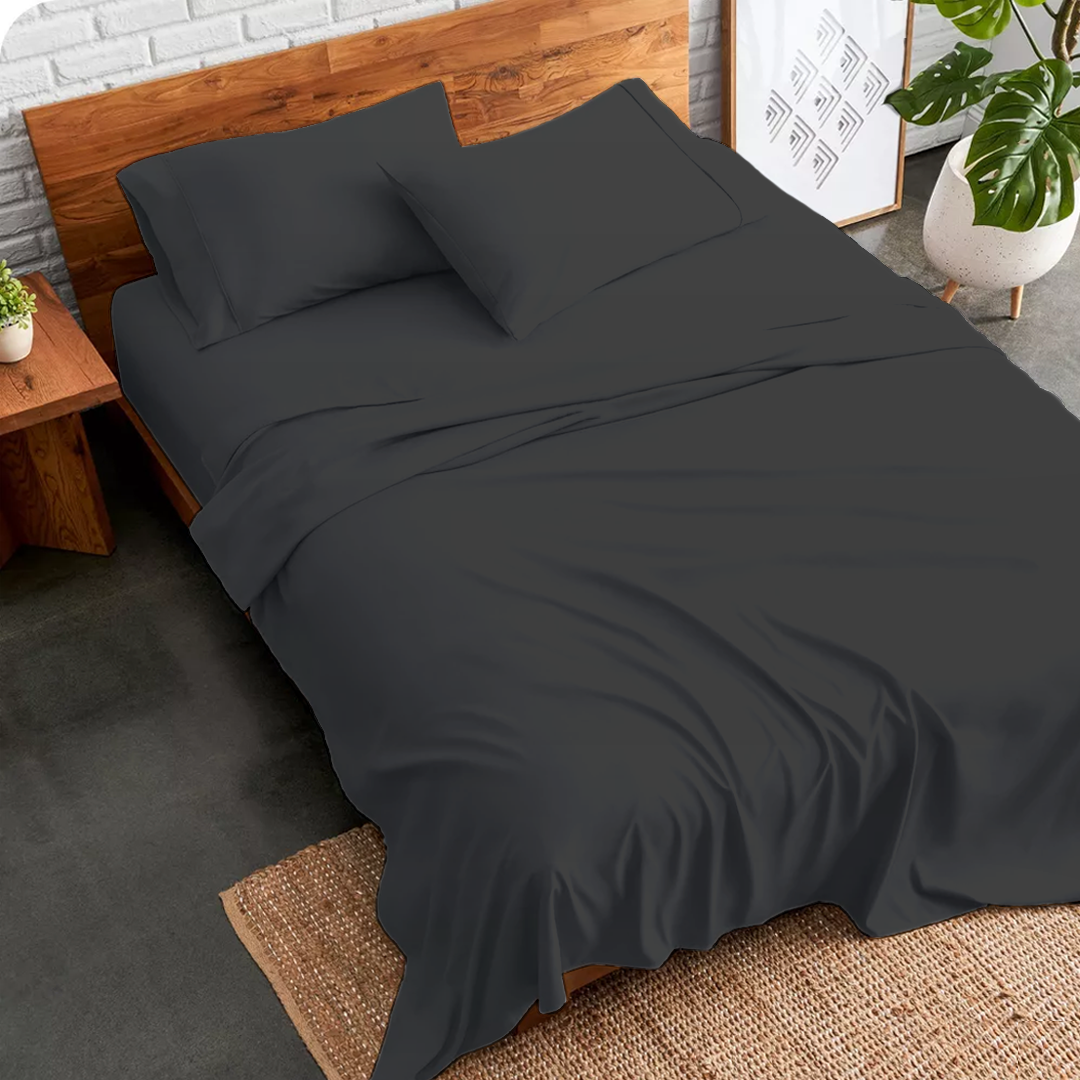
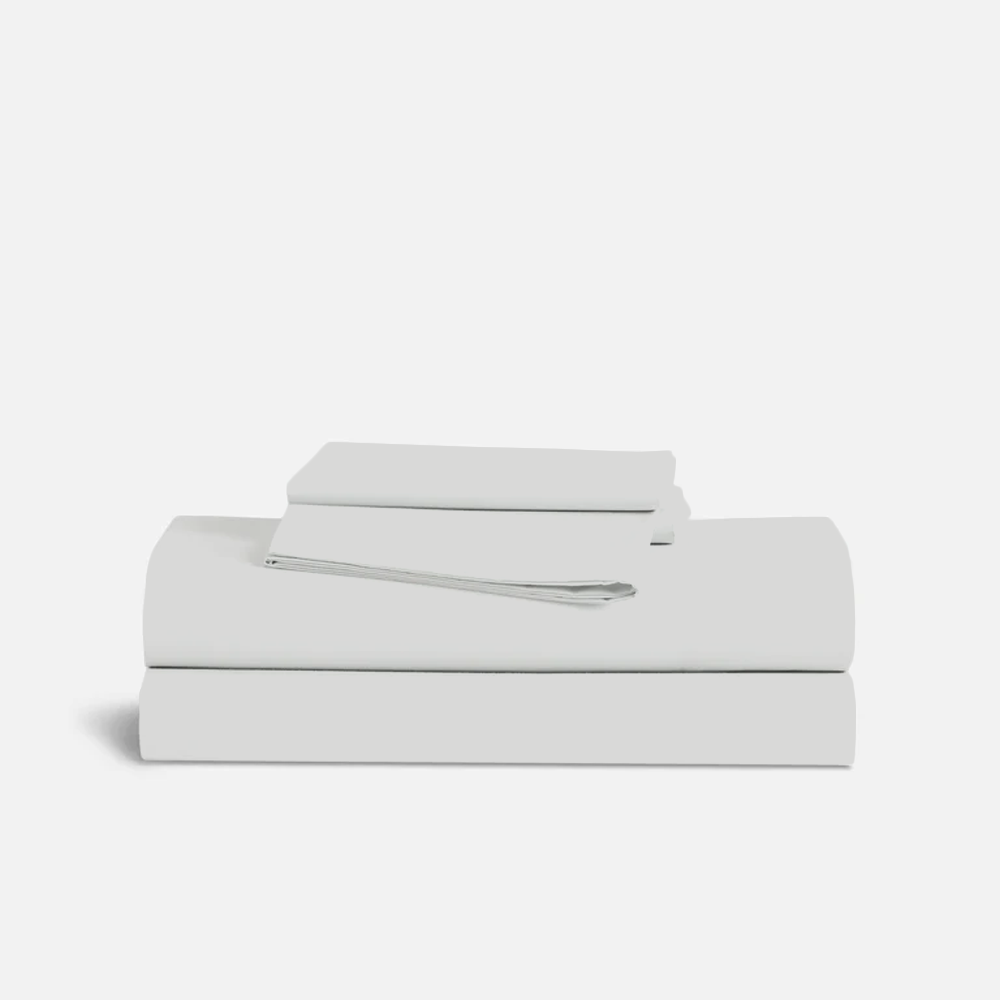
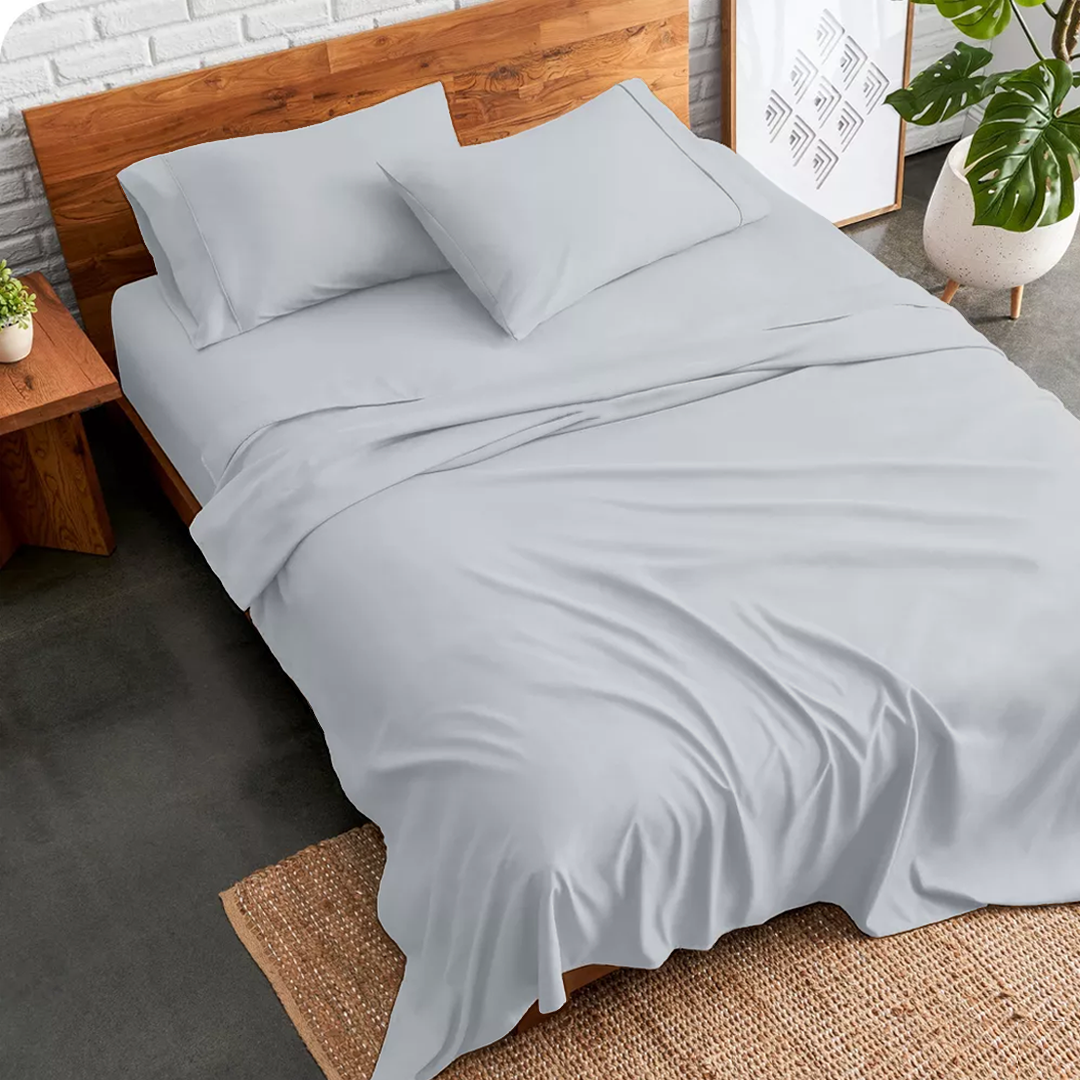
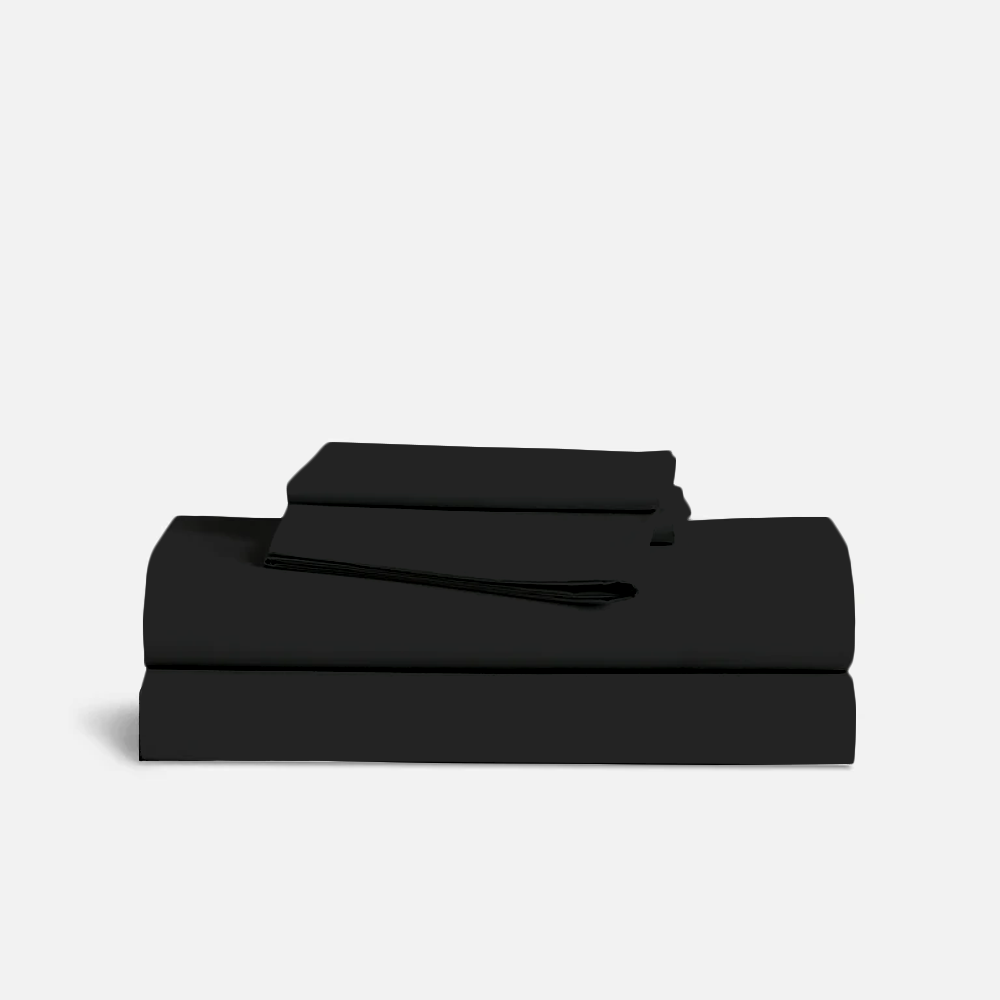
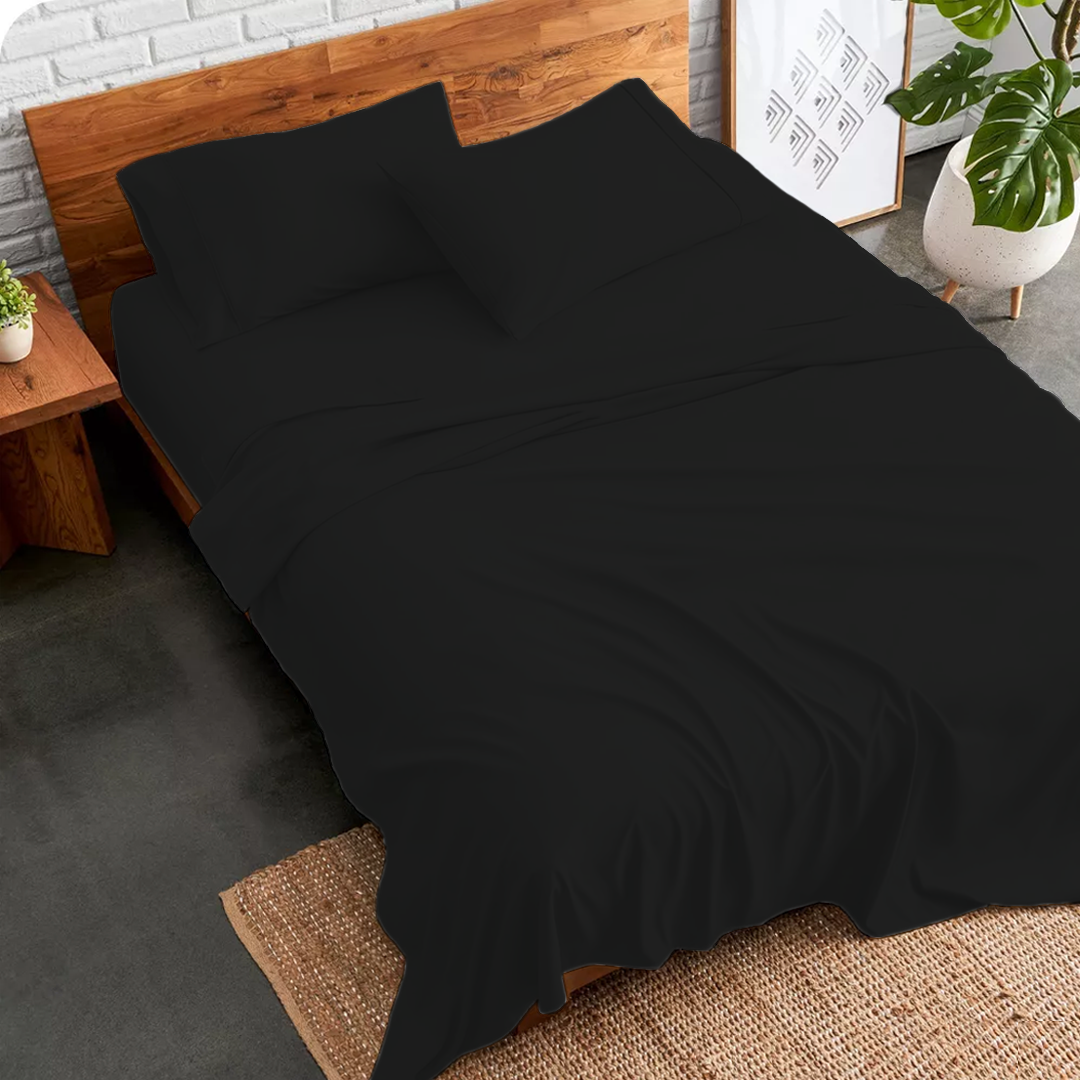
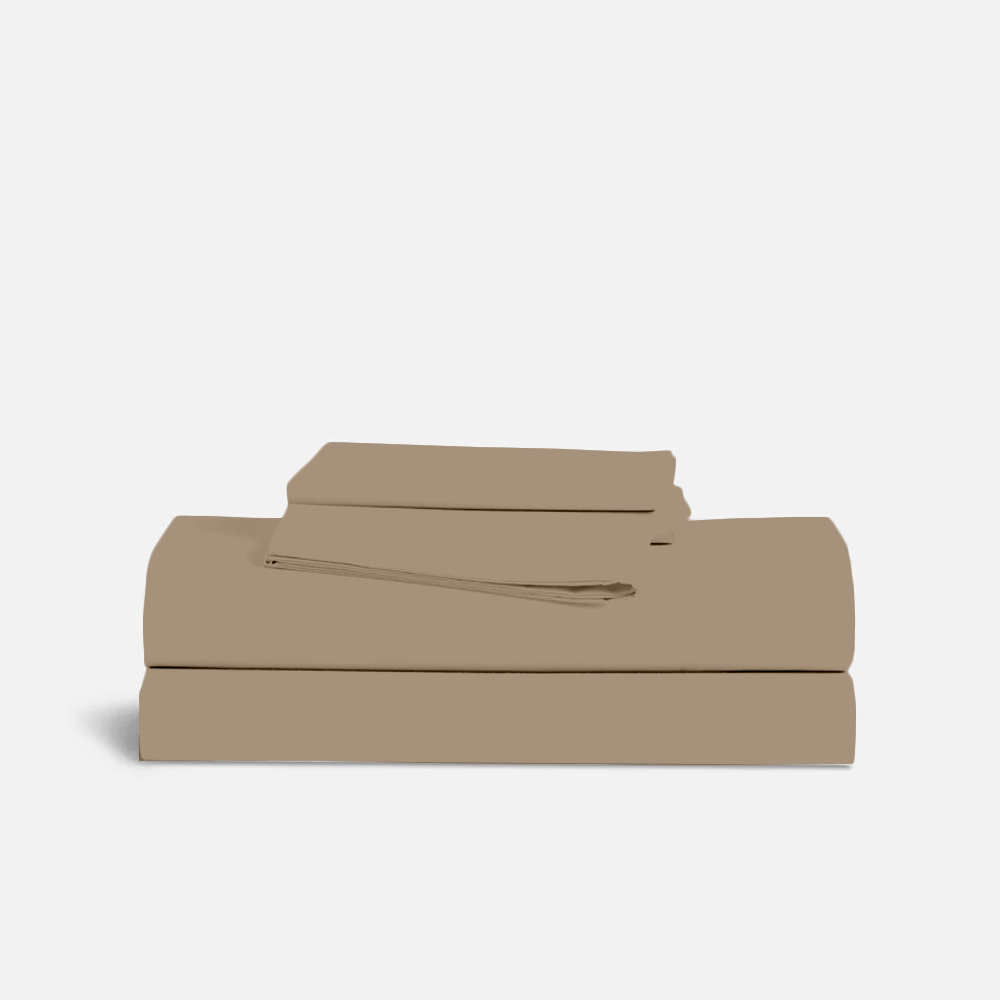
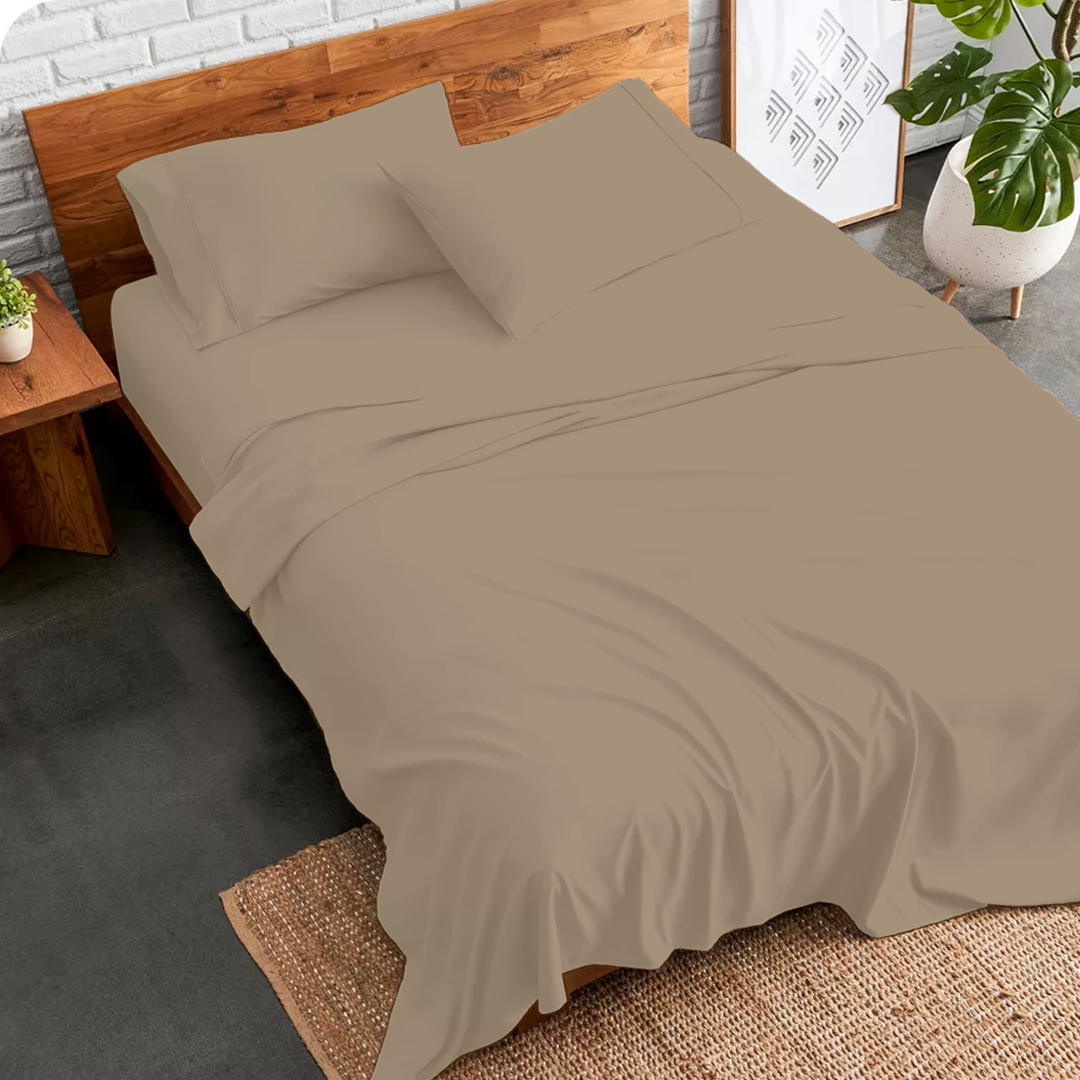
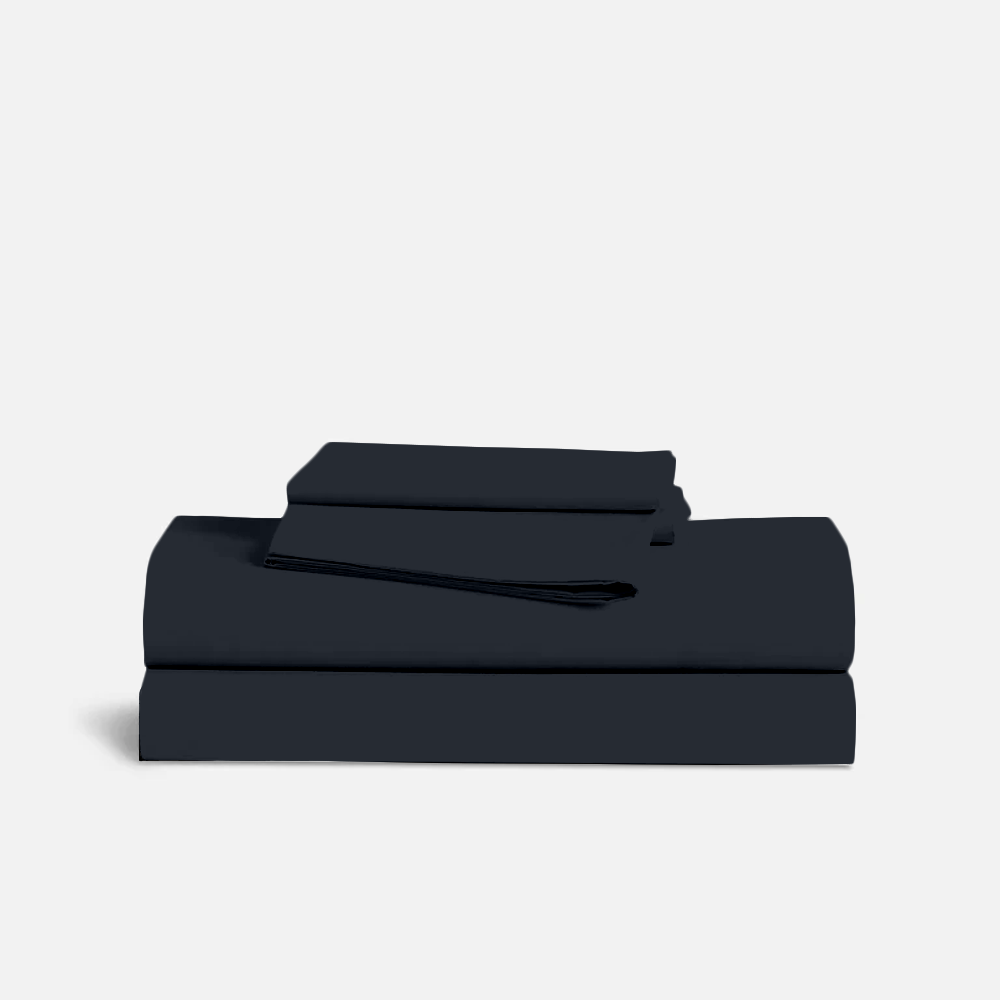
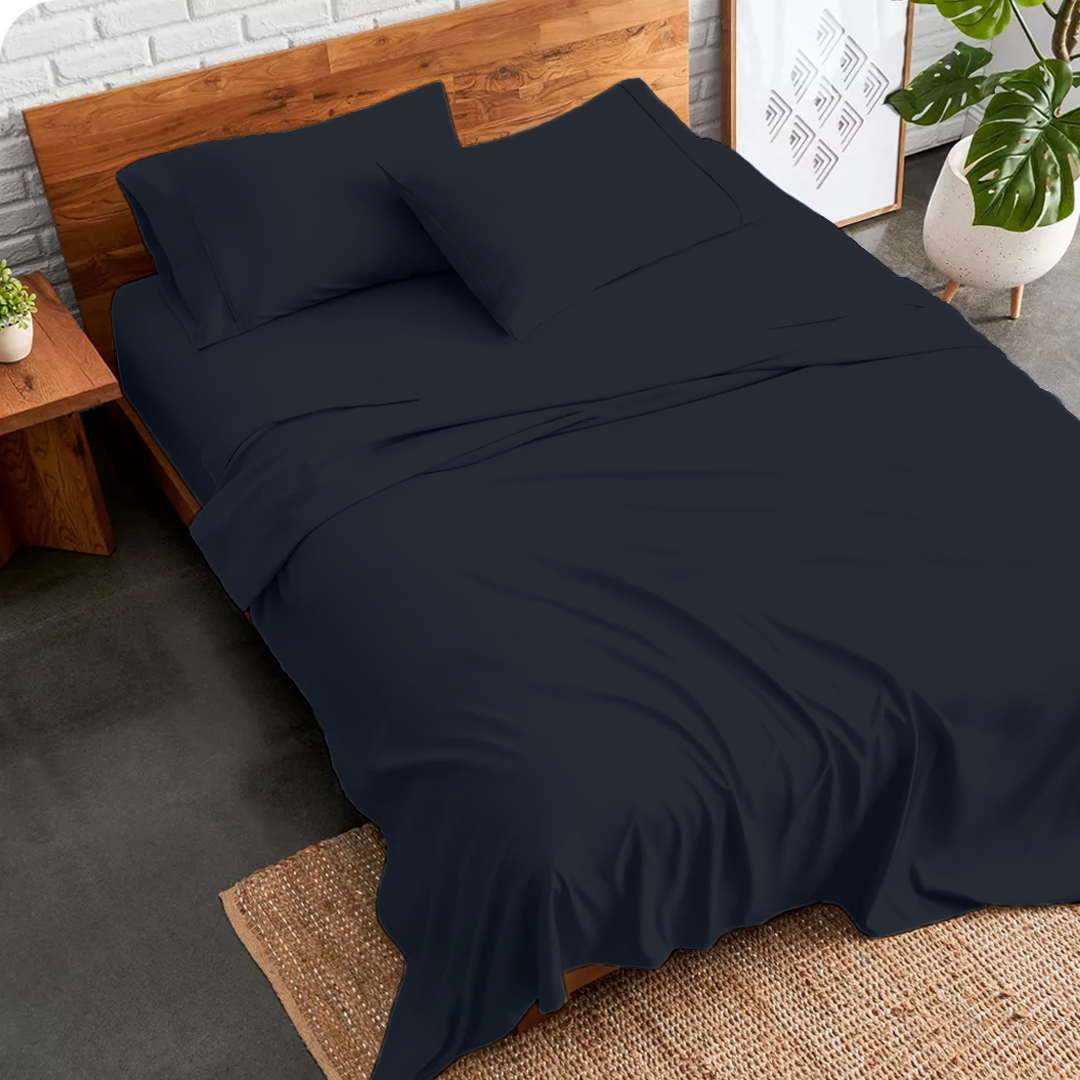
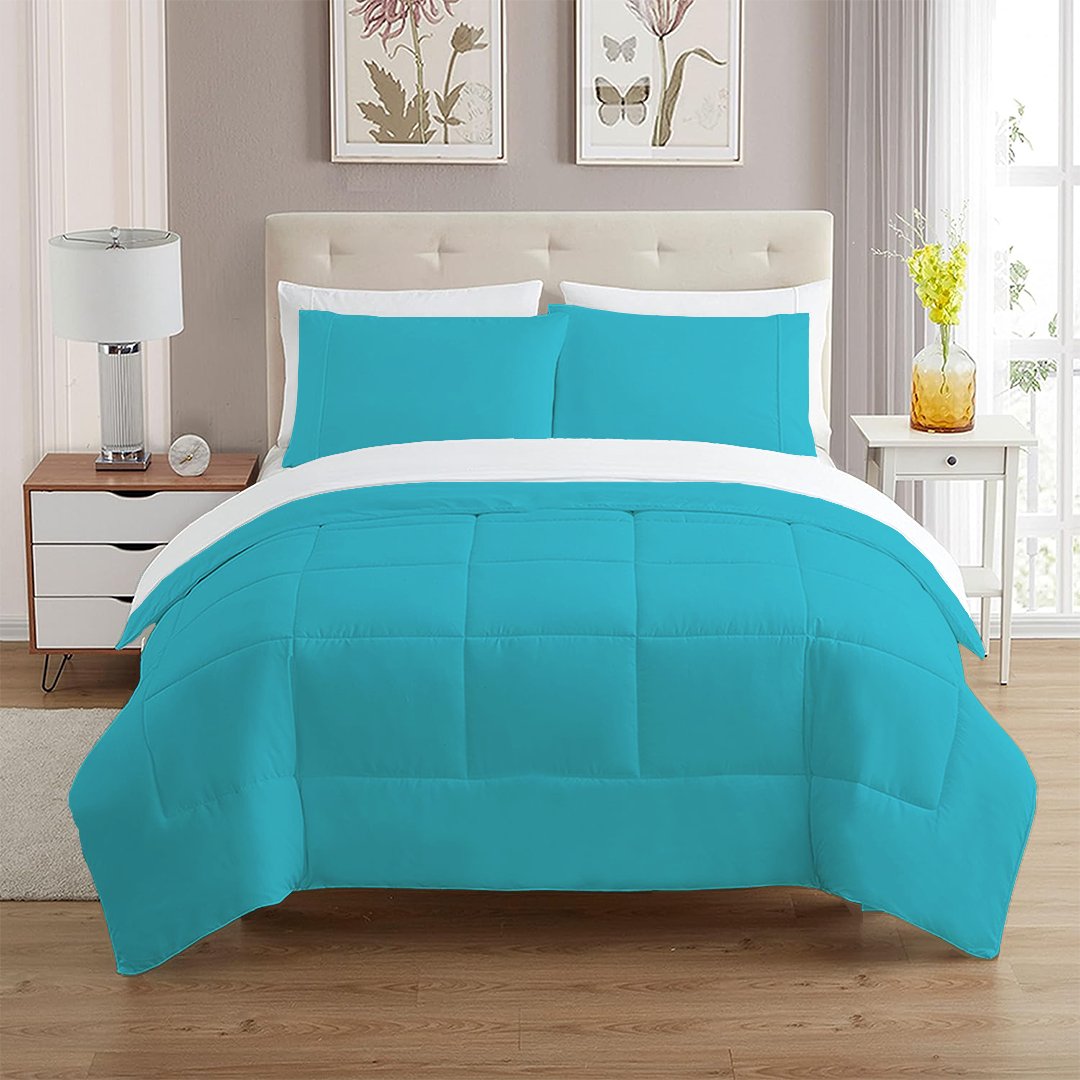
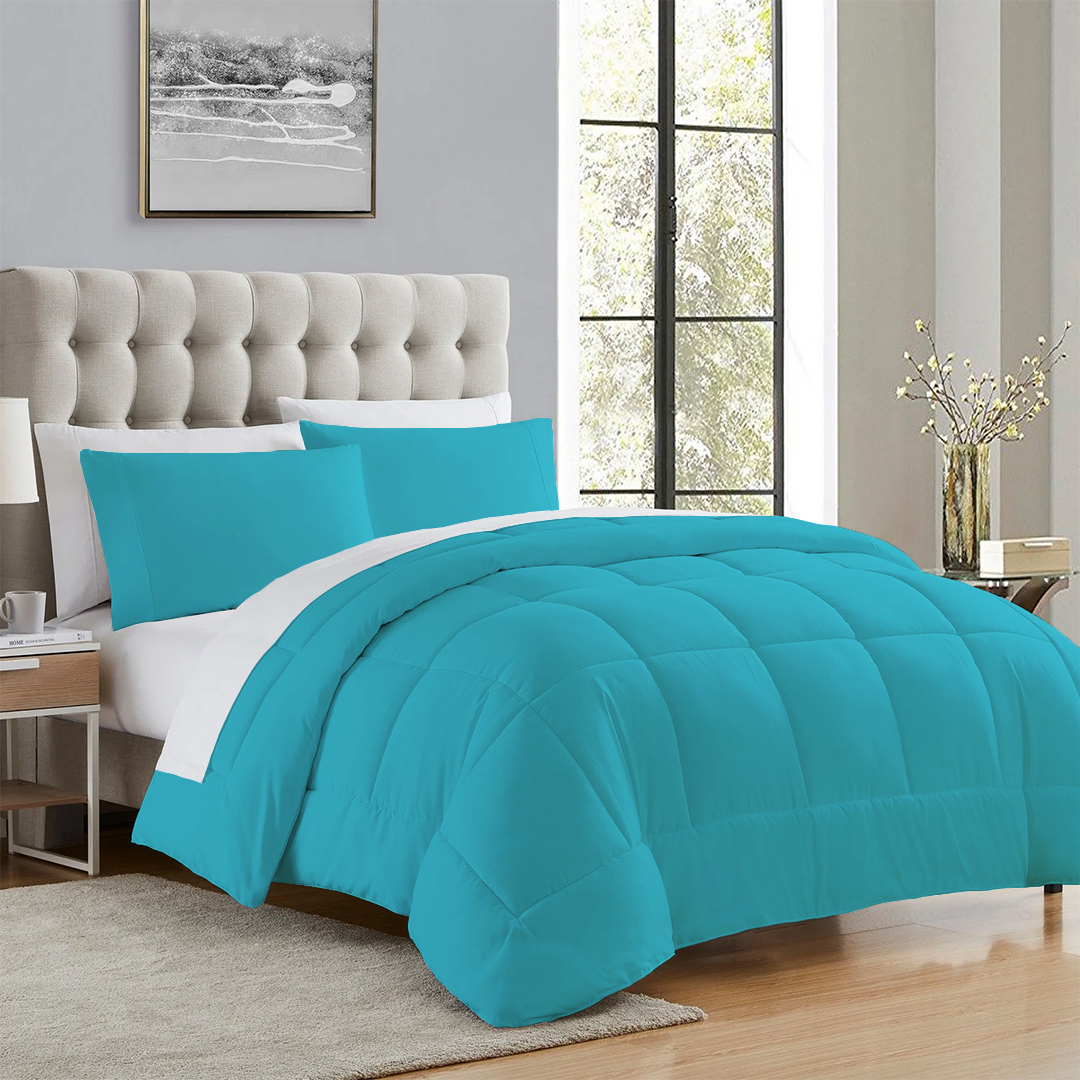
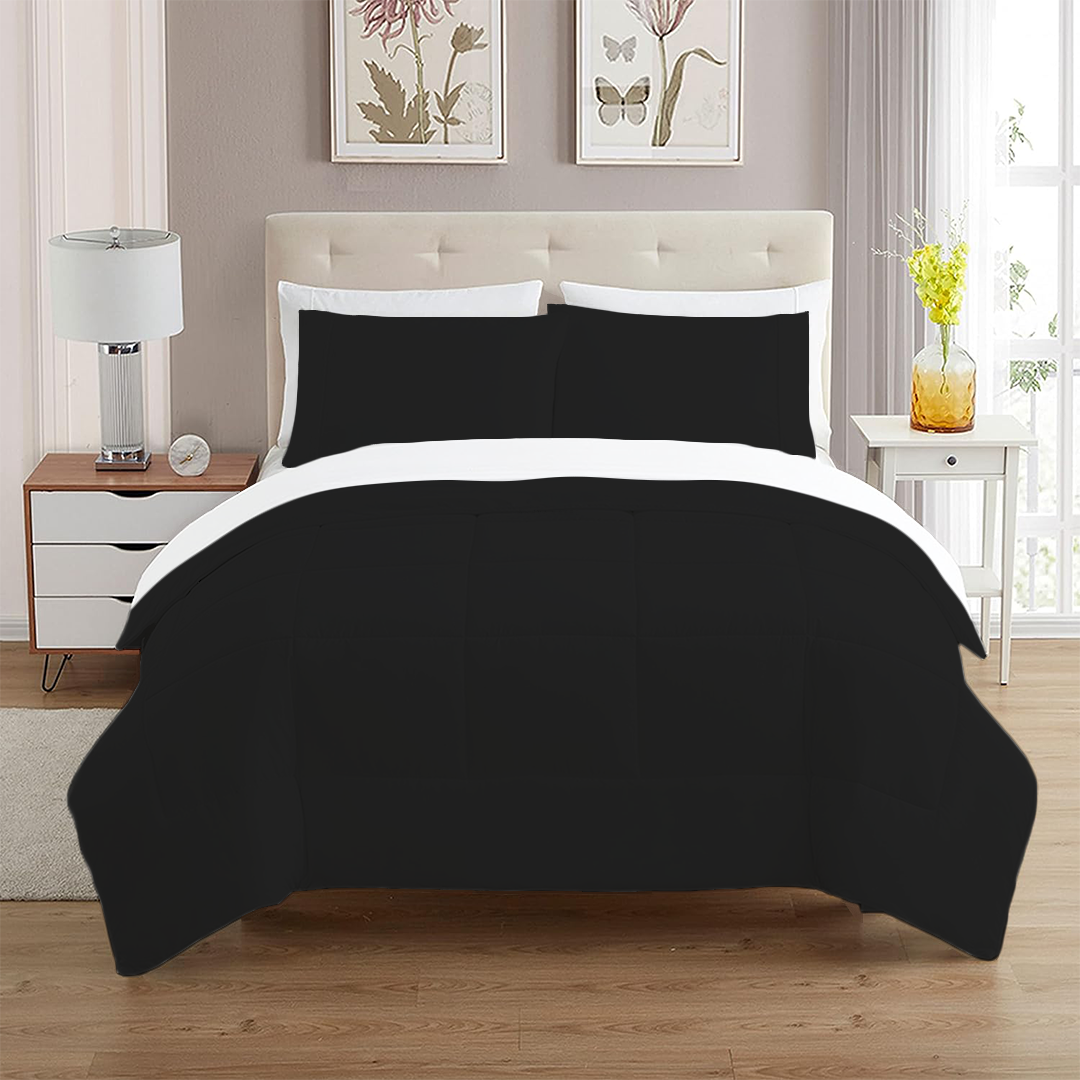
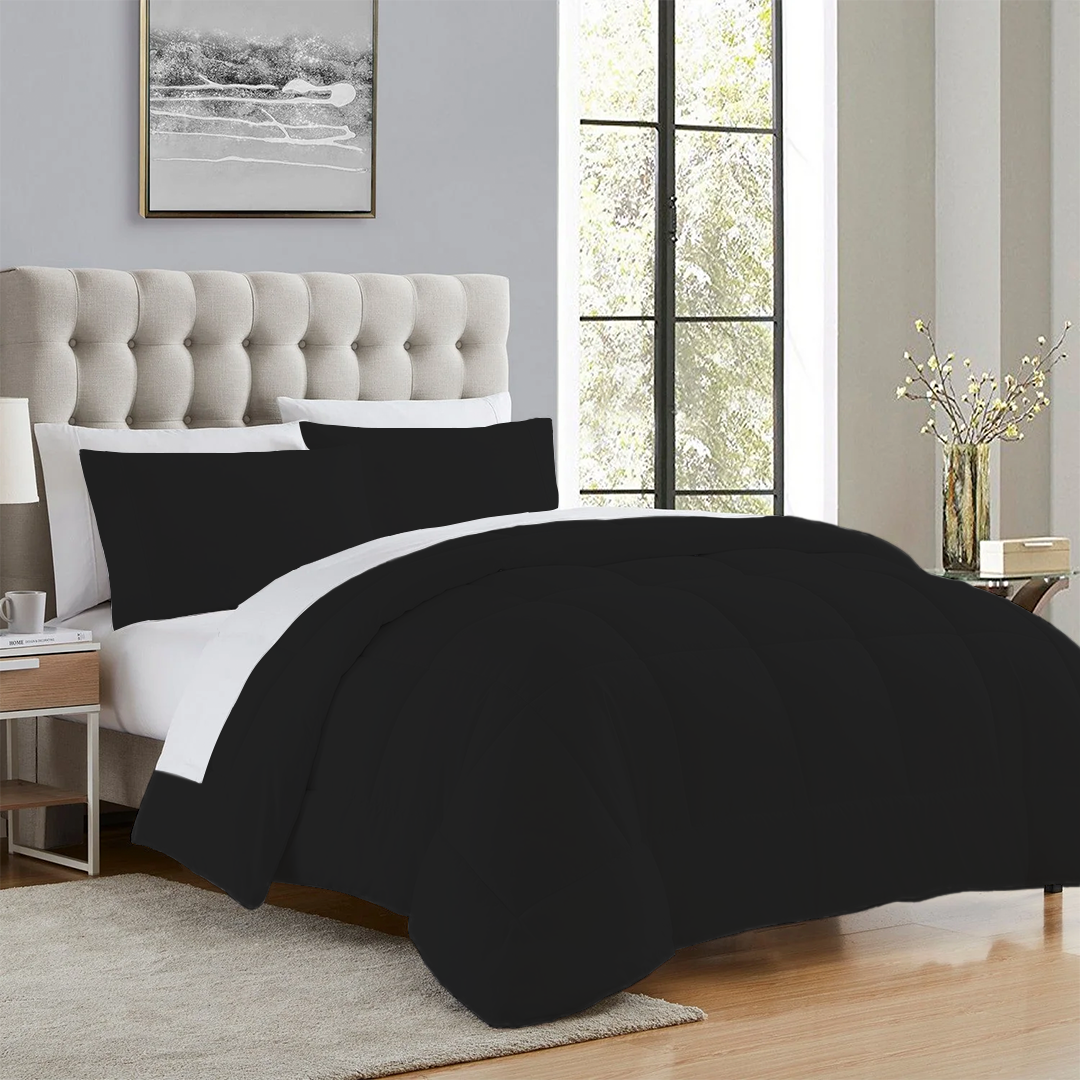
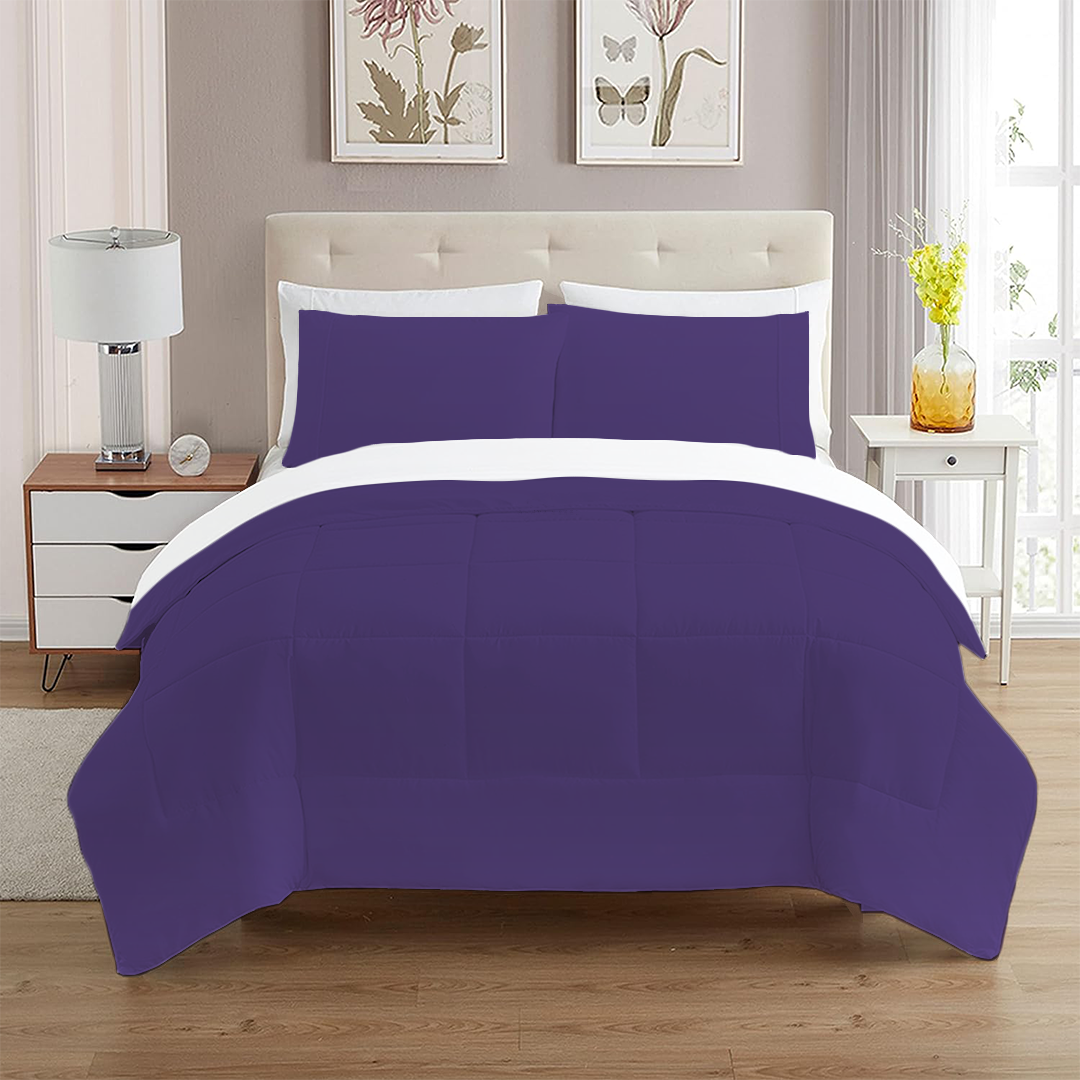
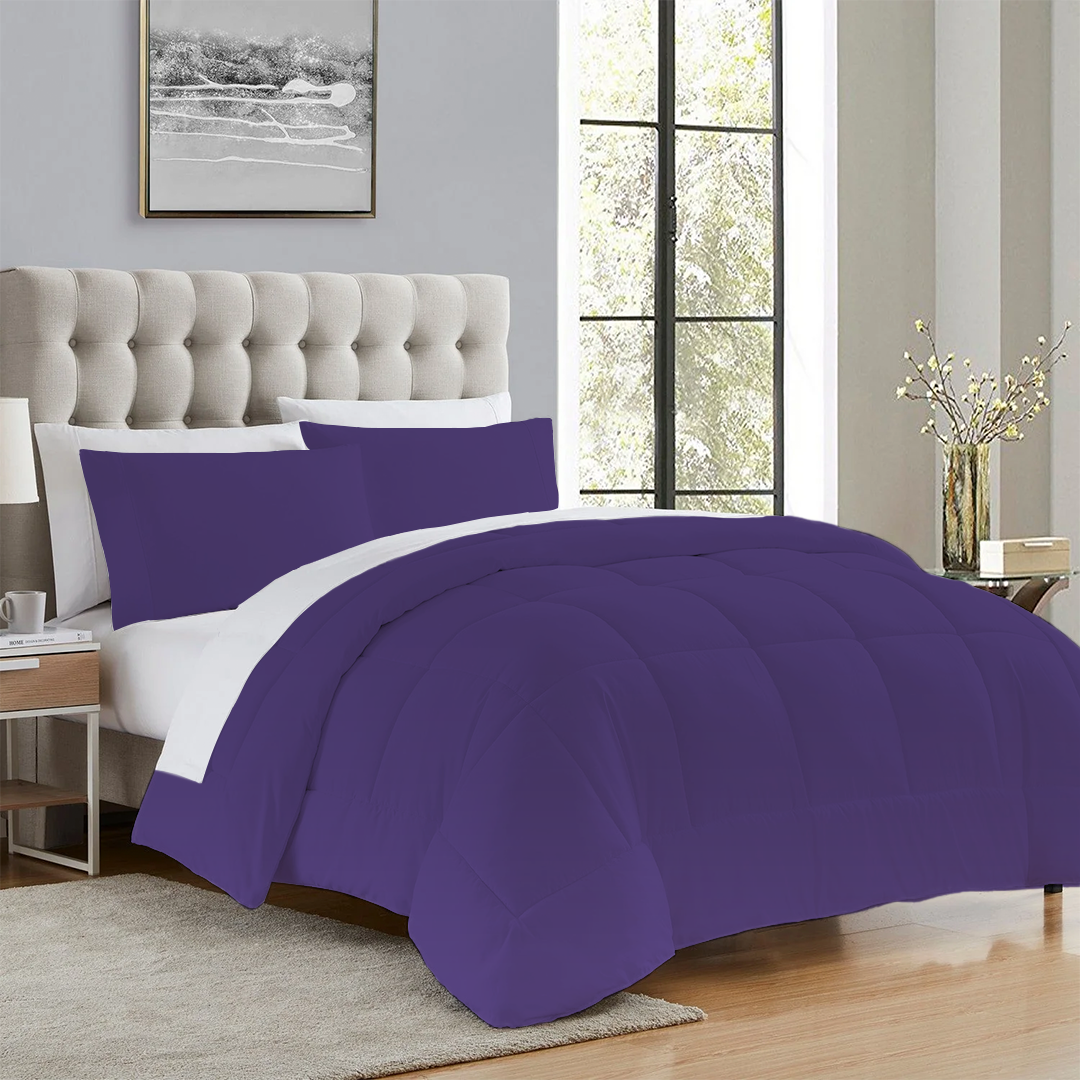
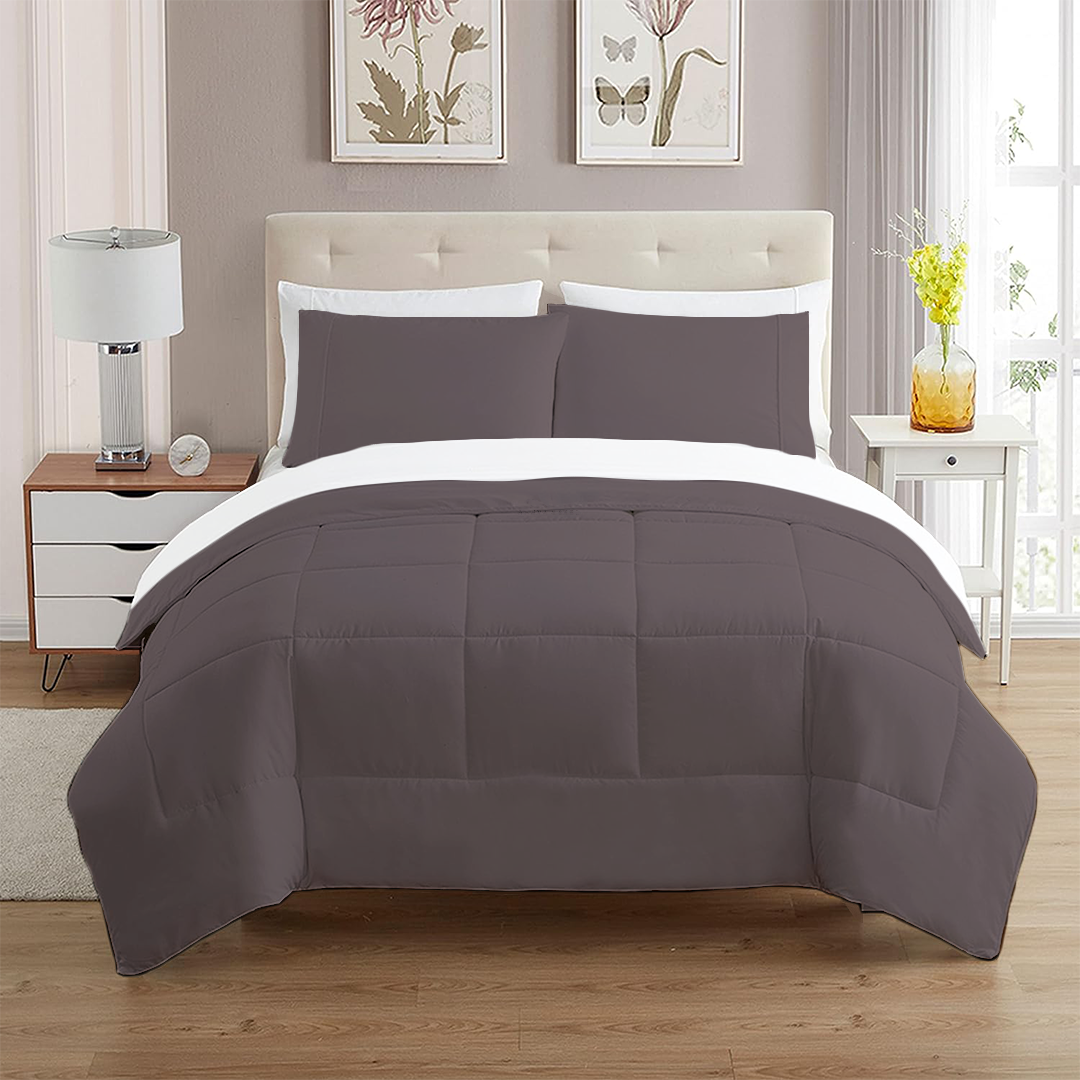
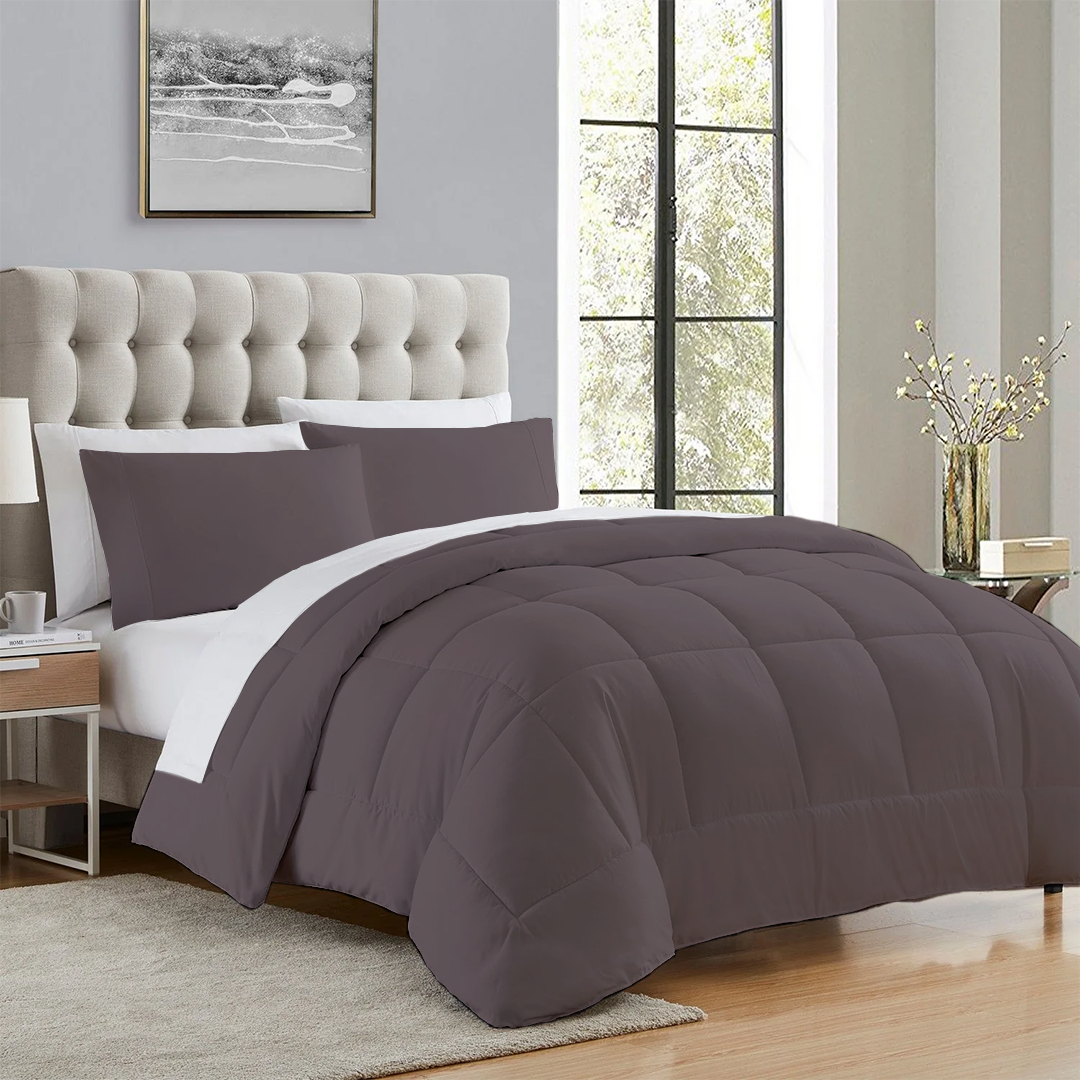
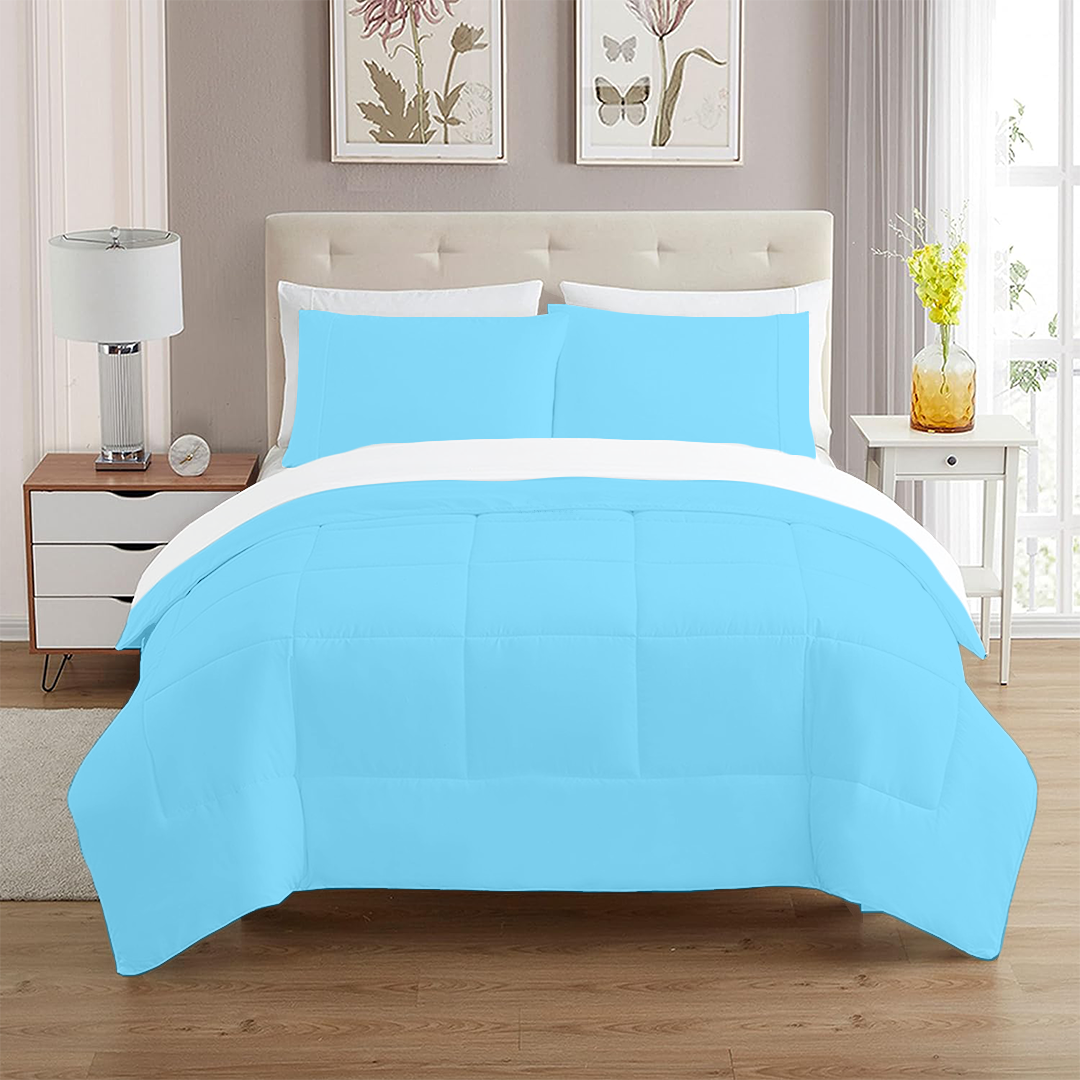
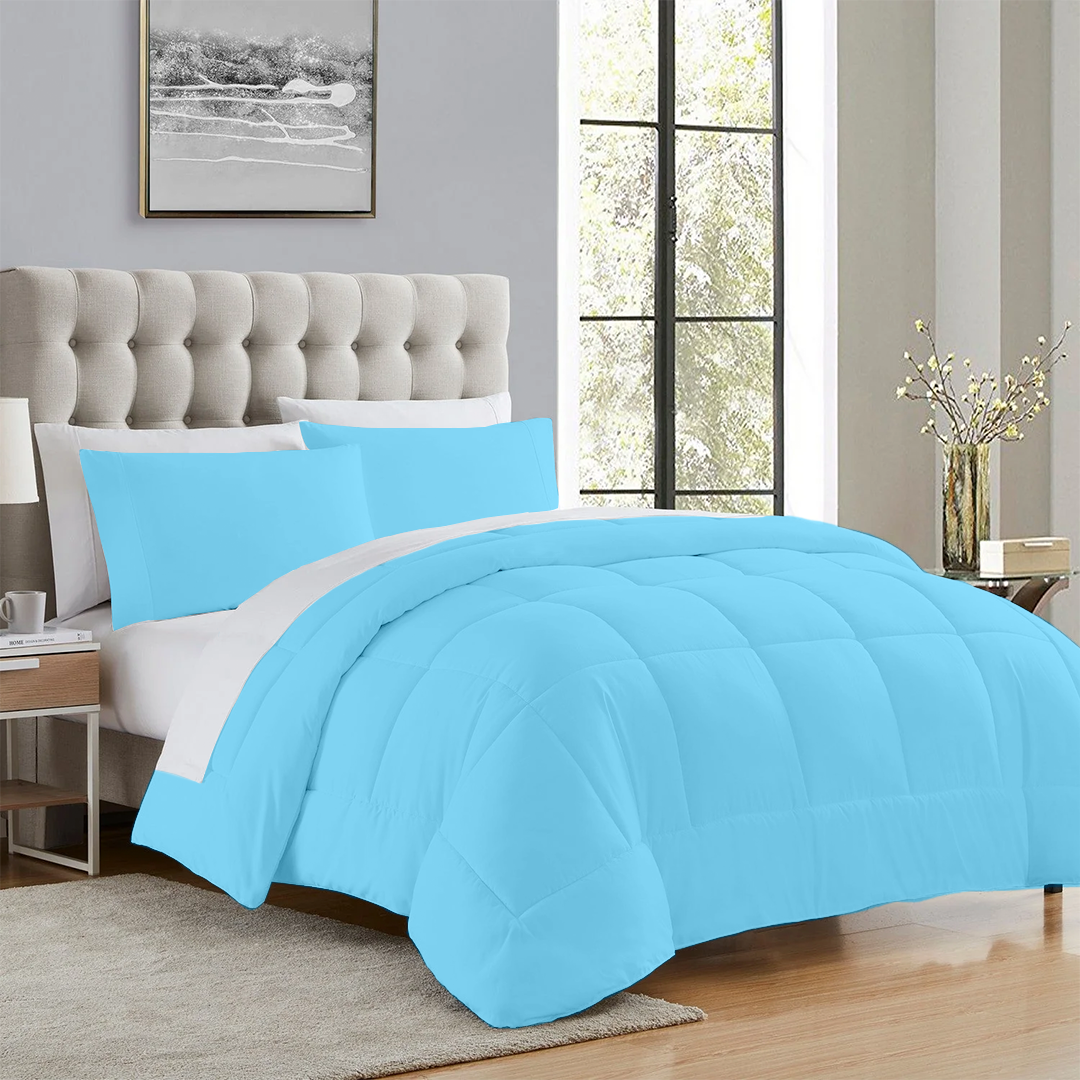
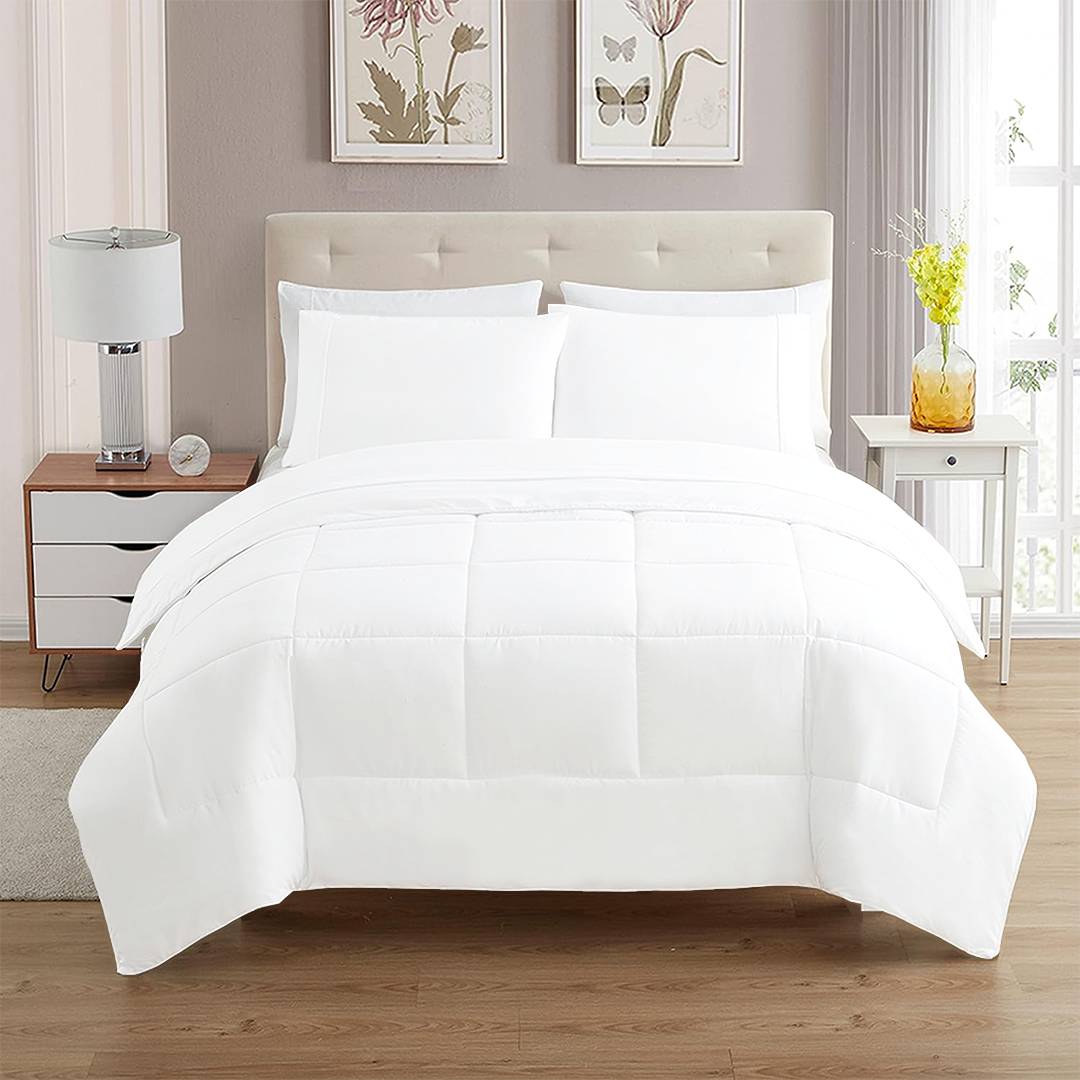
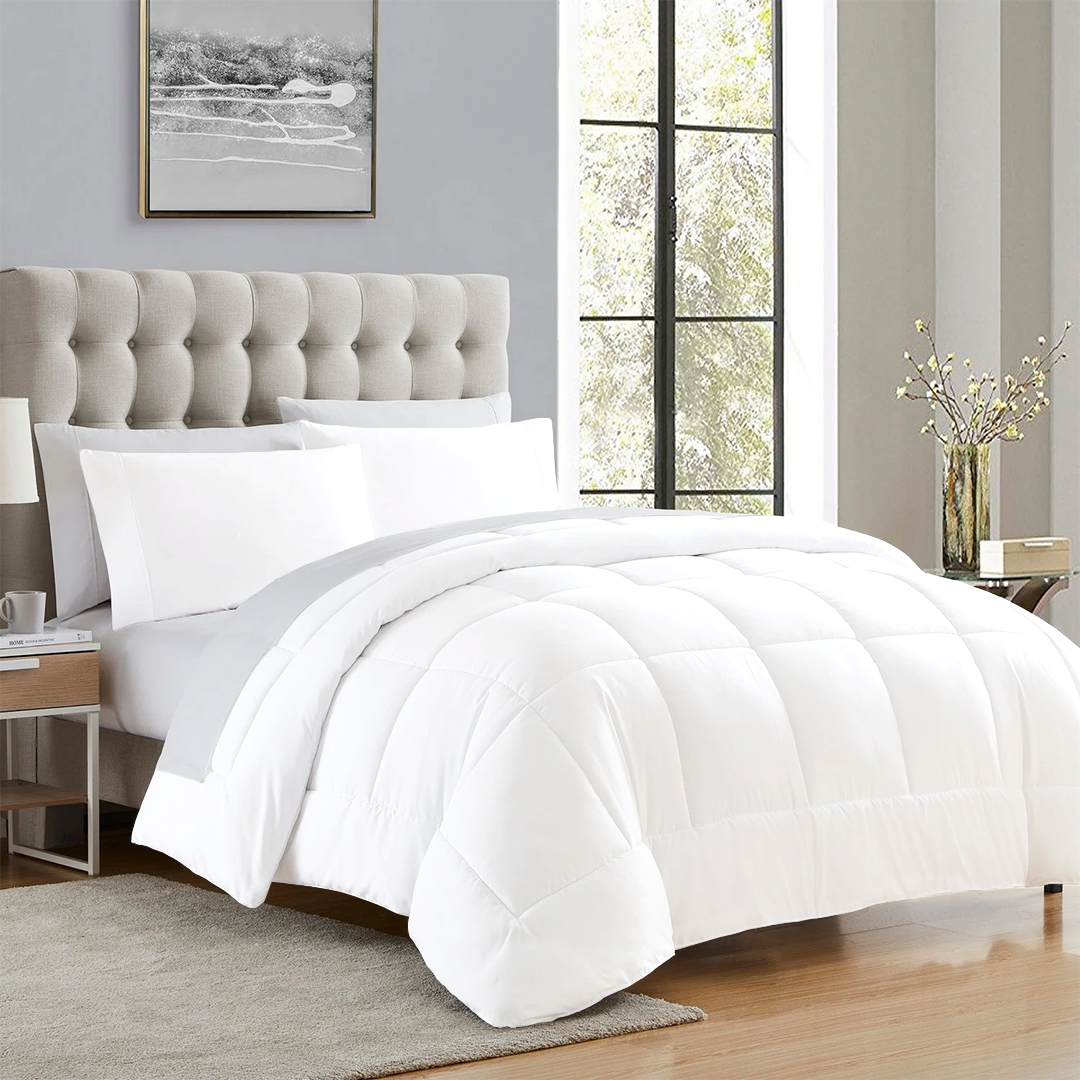
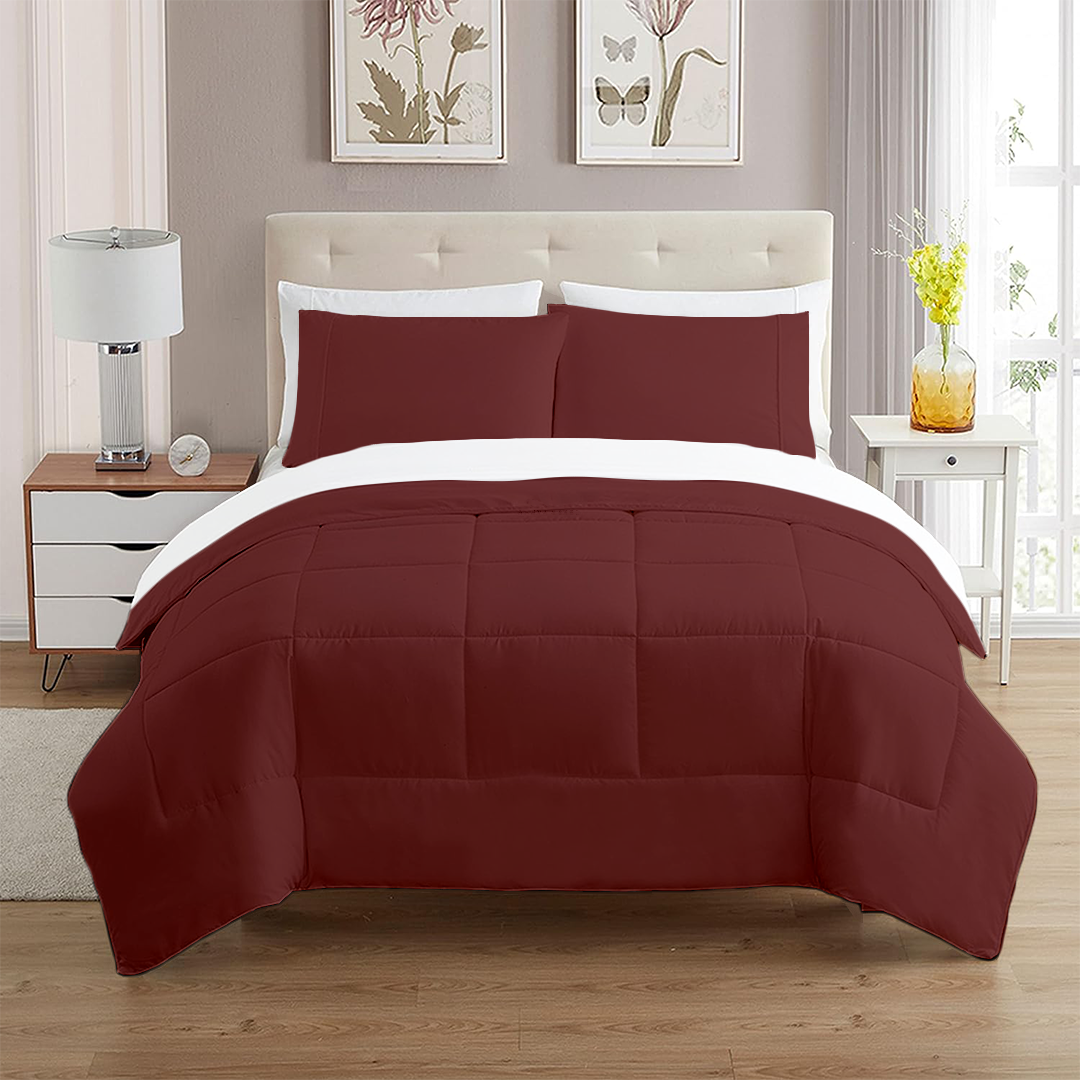
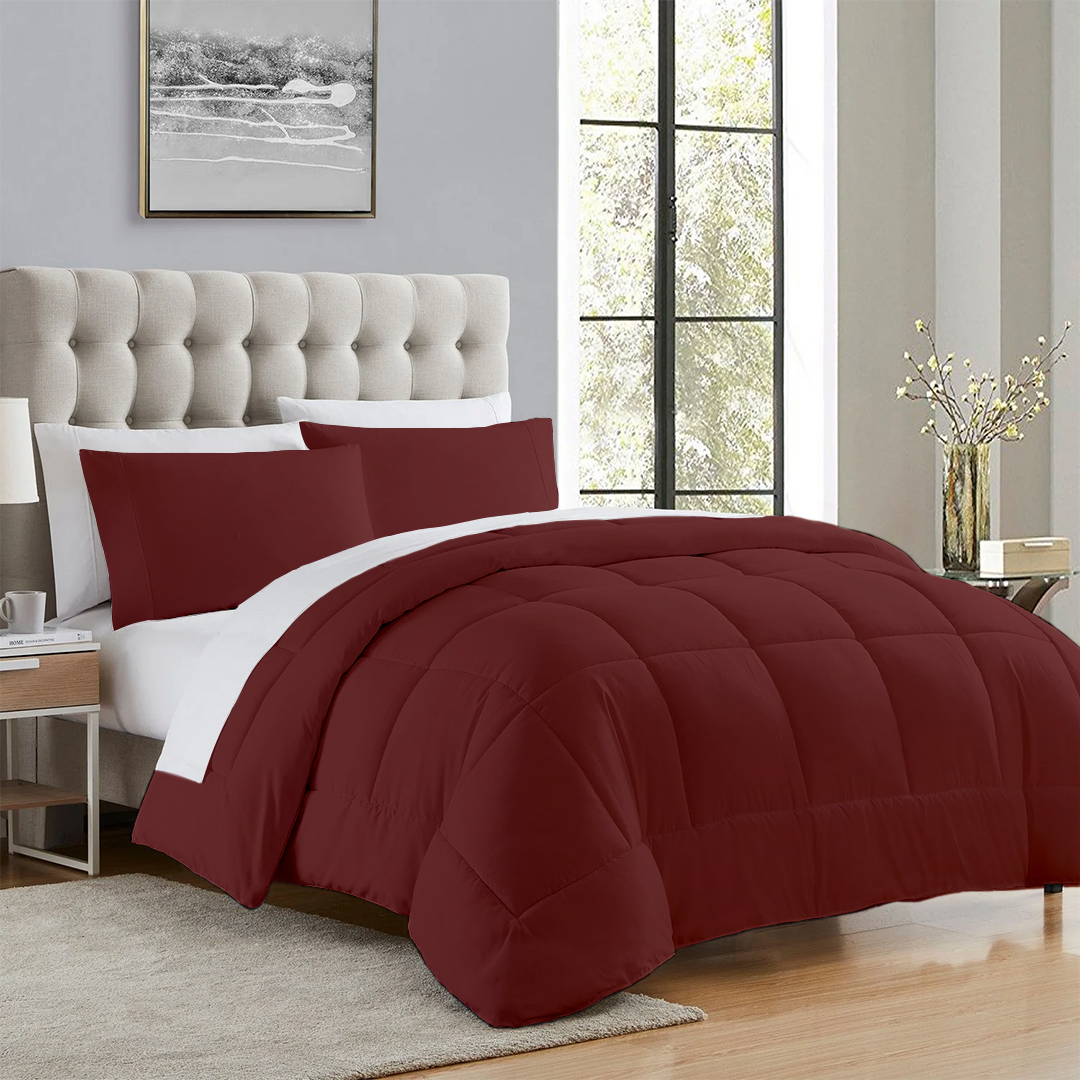
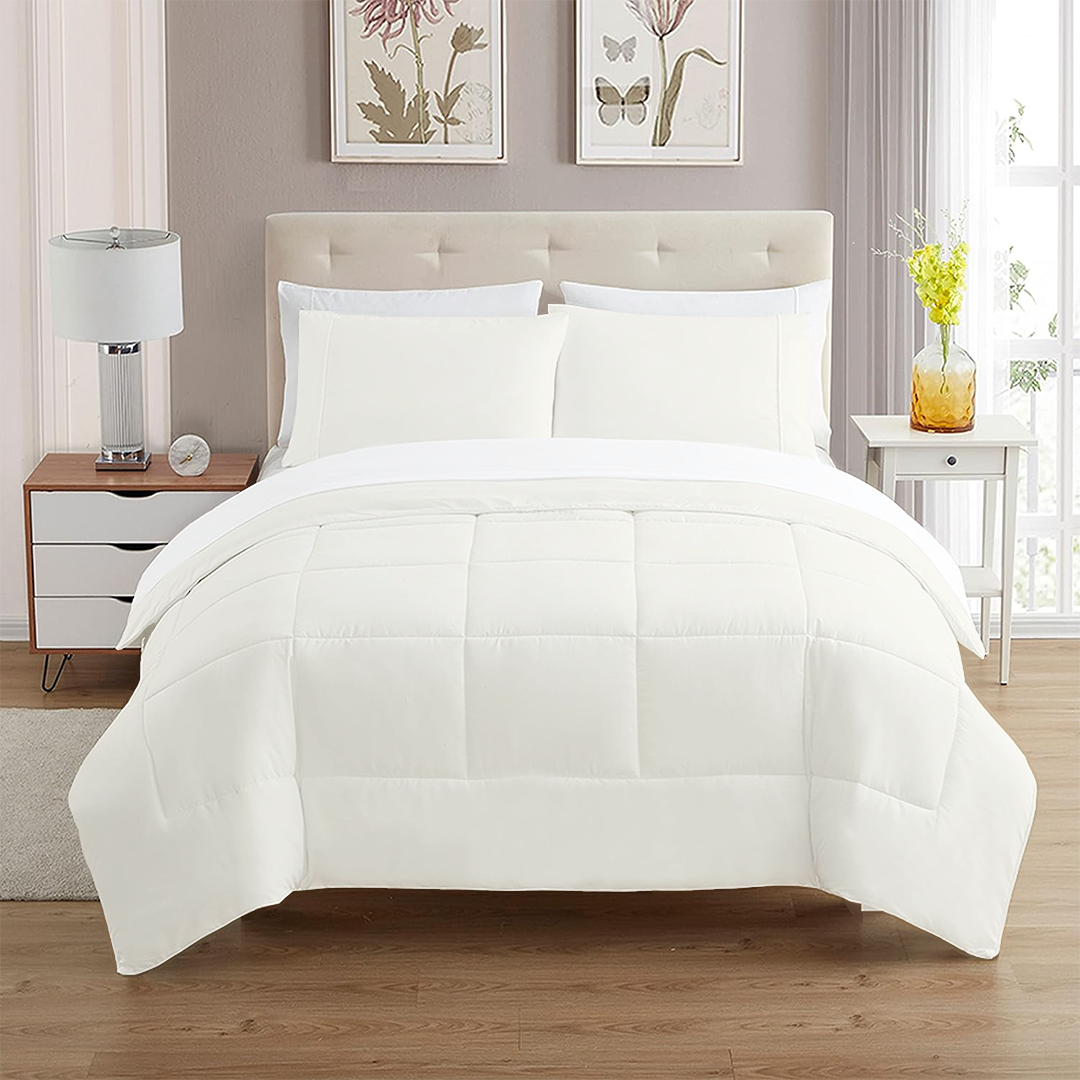
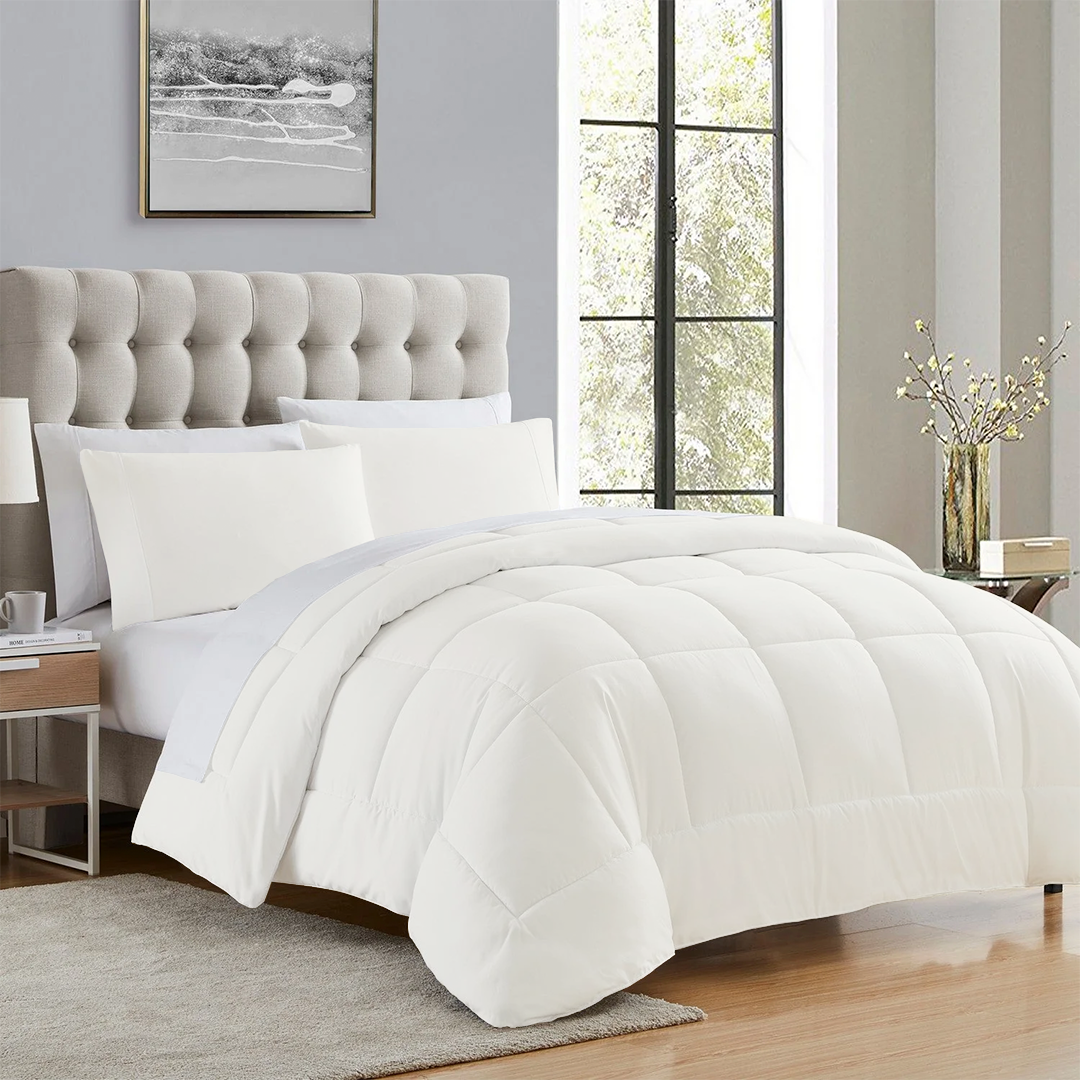
6 comments
Leave a comment
This site is protected by hCaptcha and the hCaptcha Privacy Policy and Terms of Service apply.